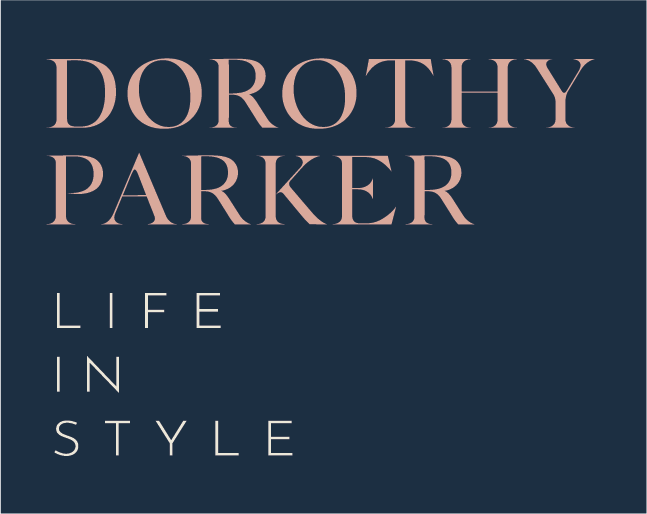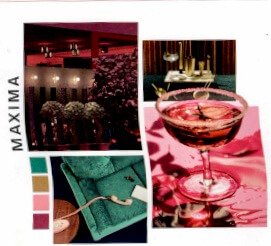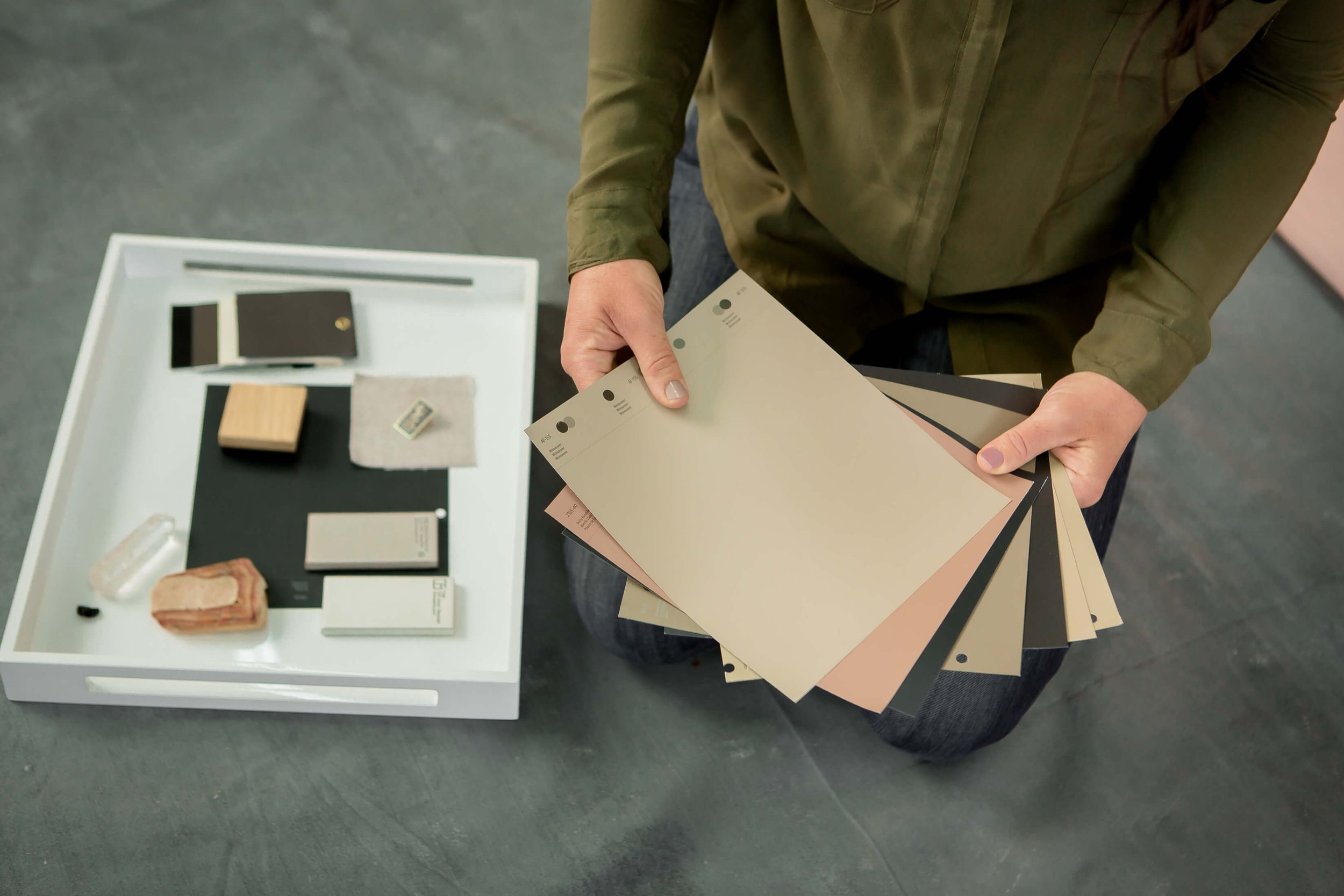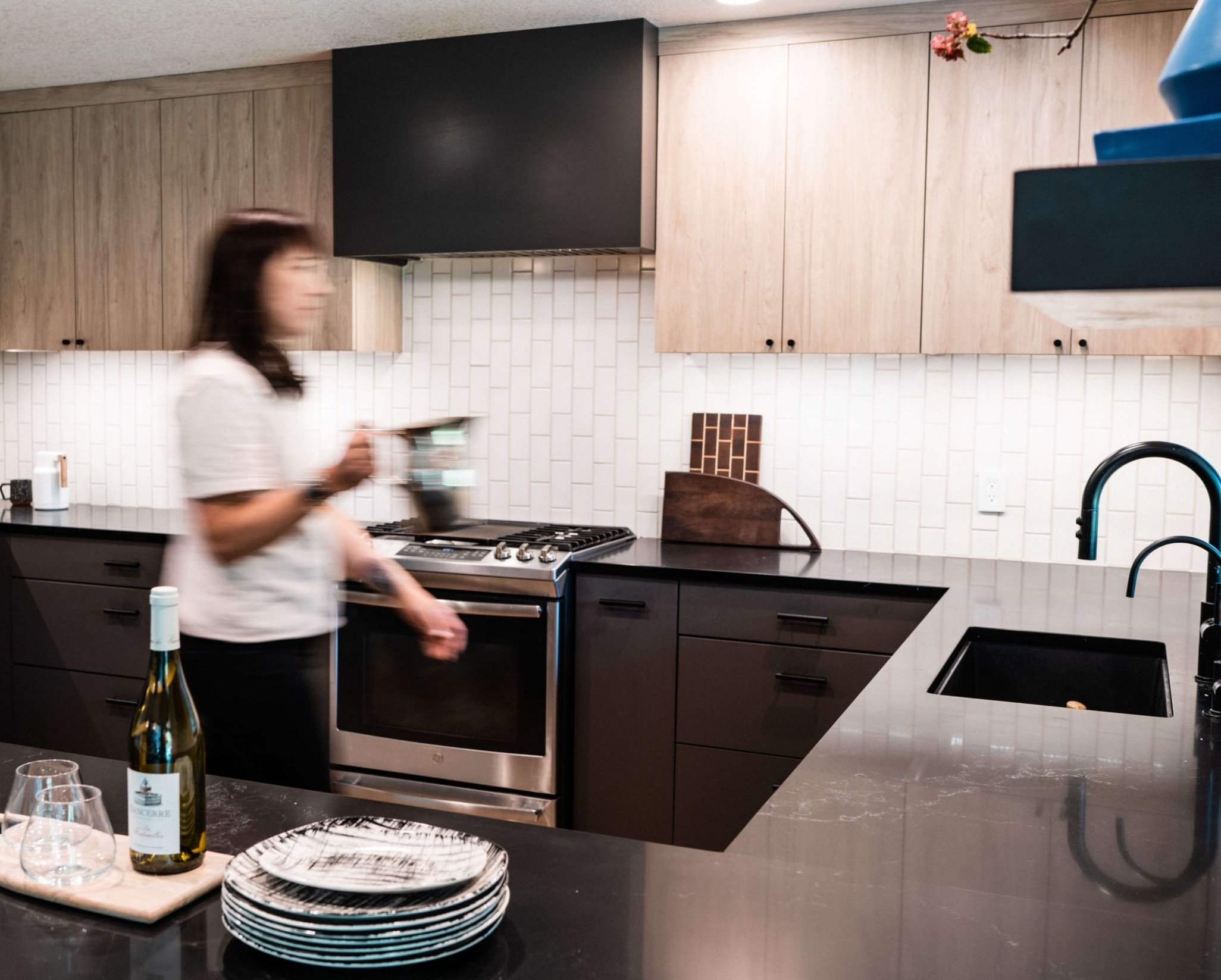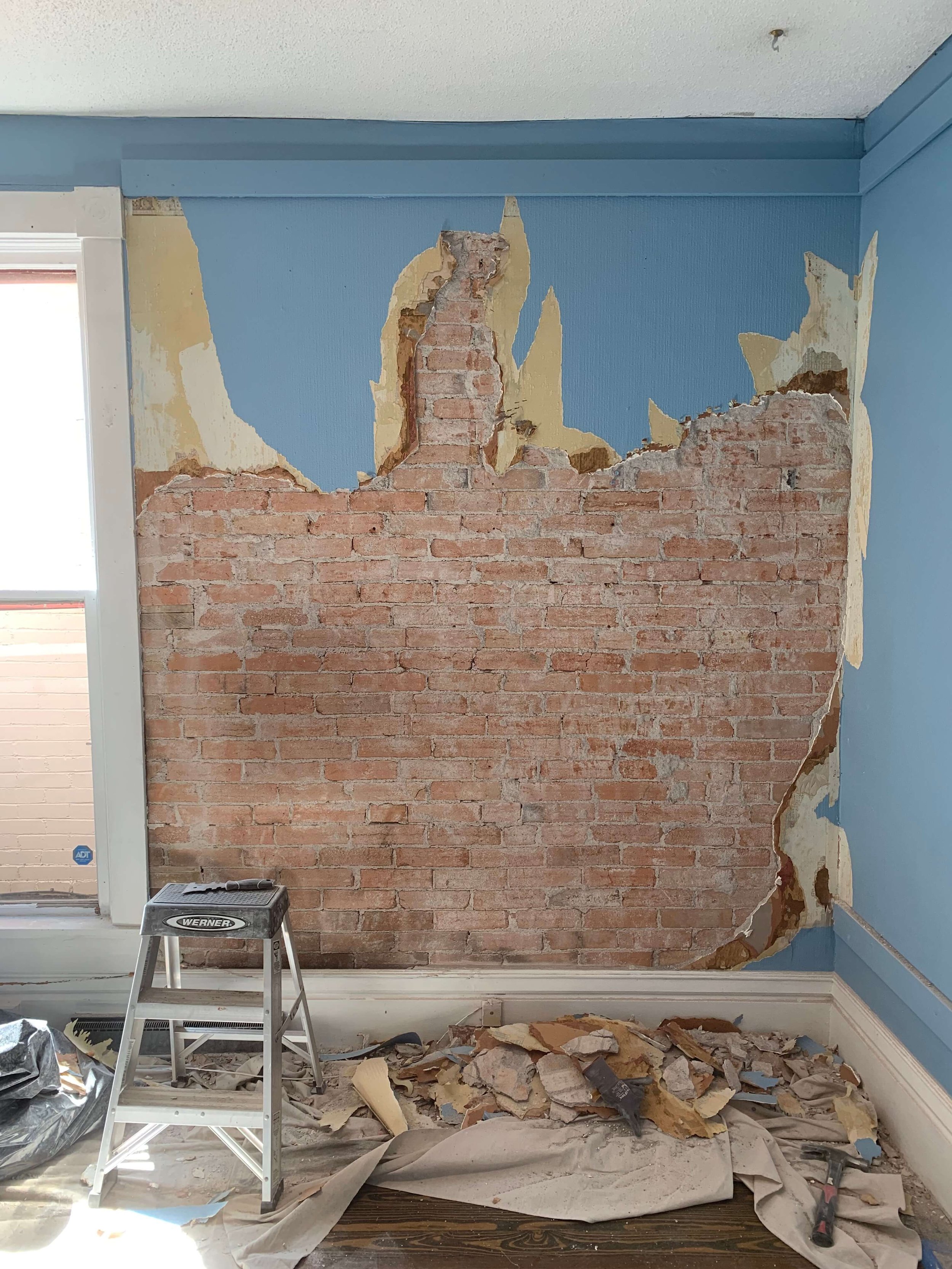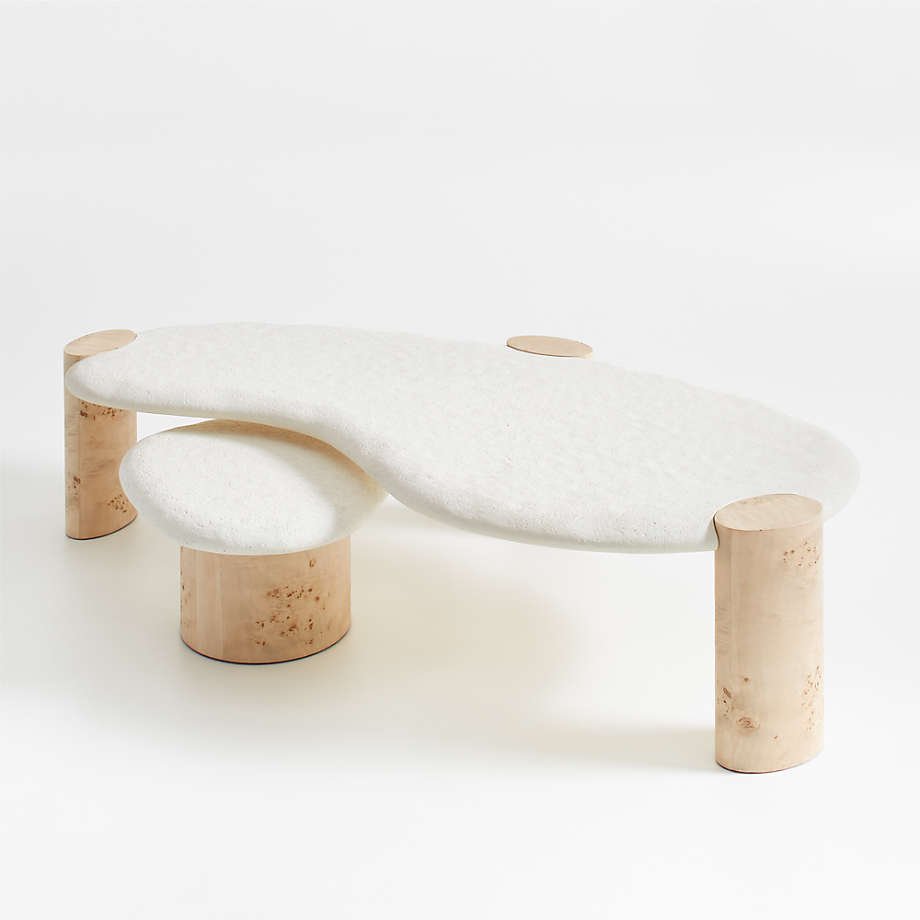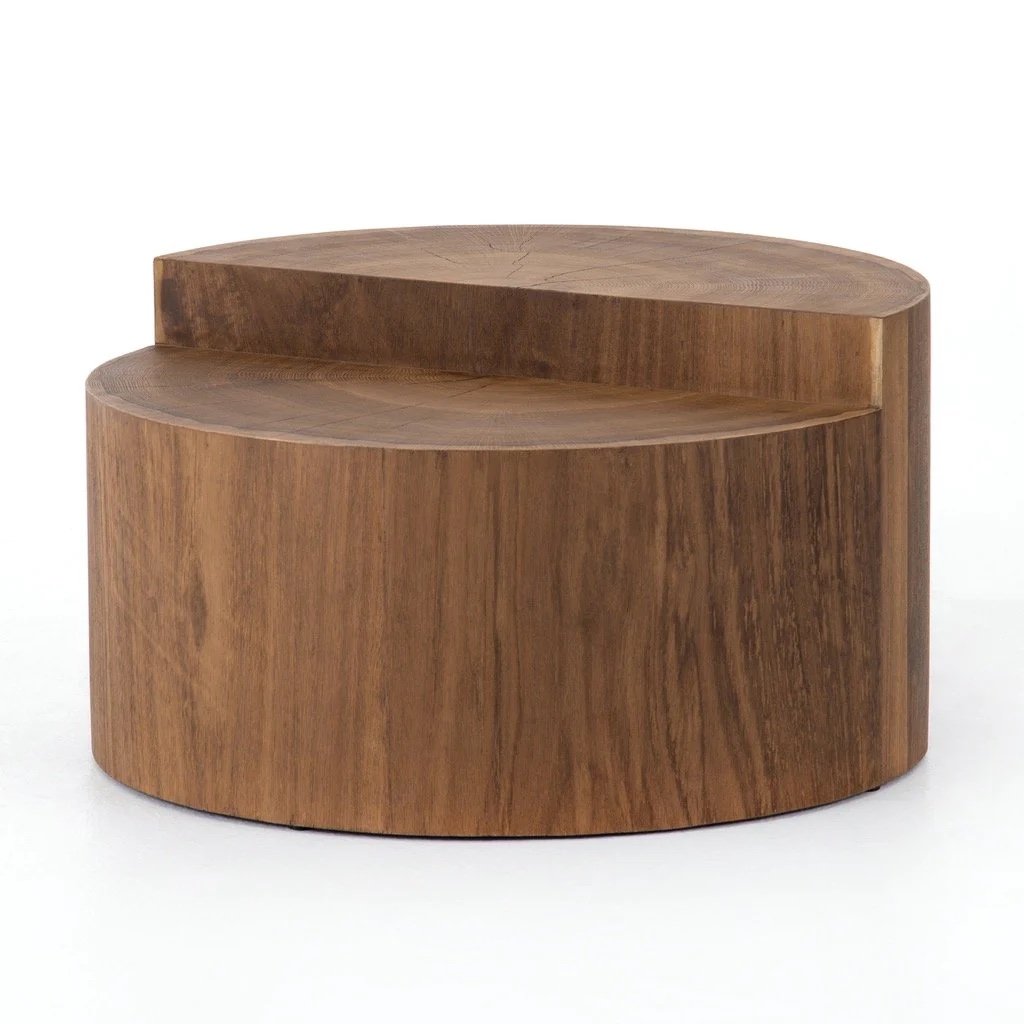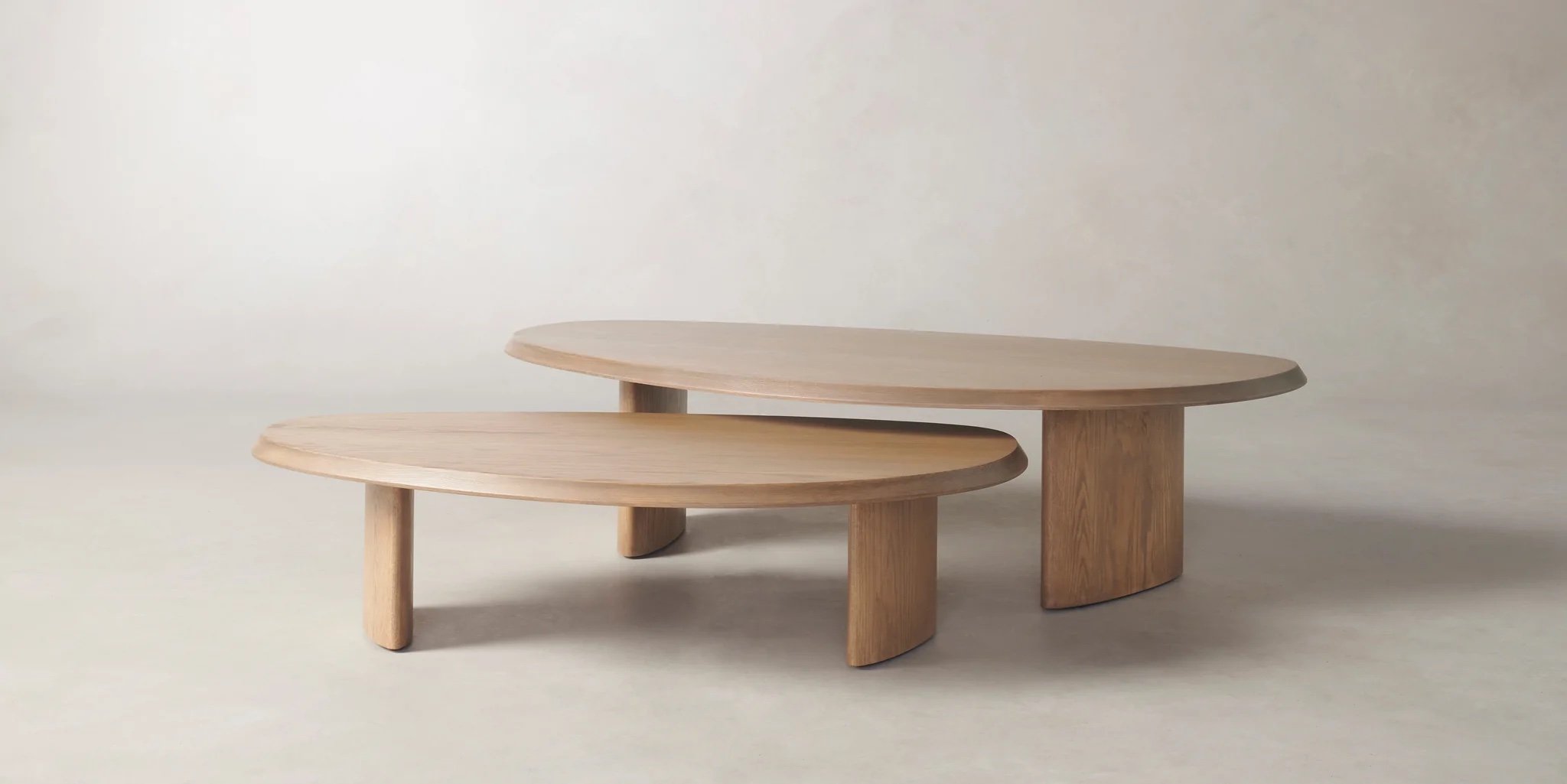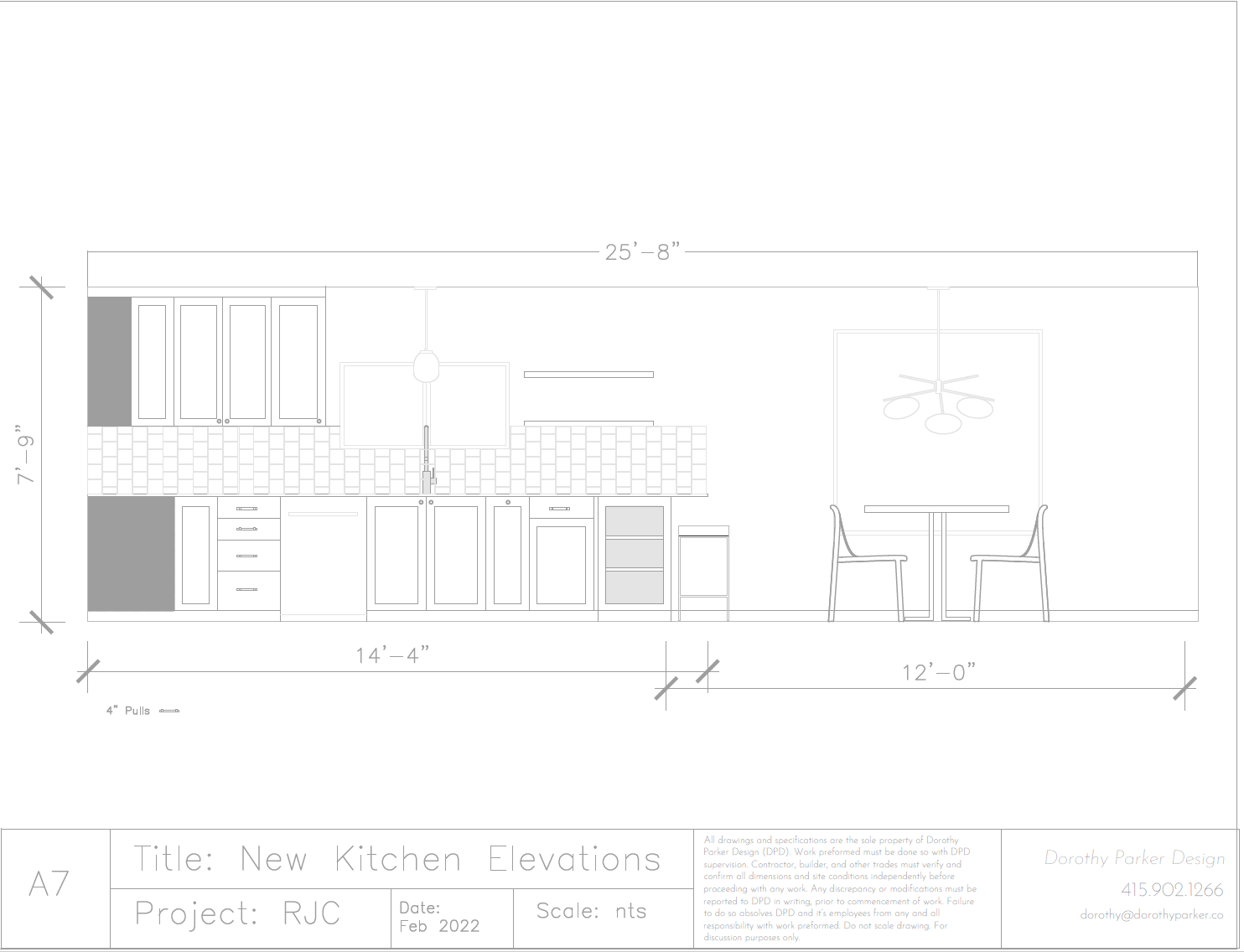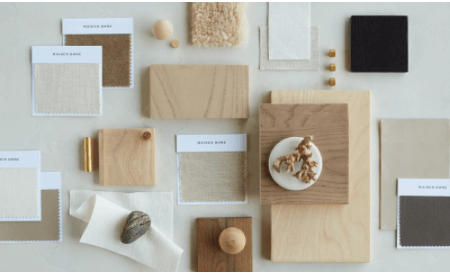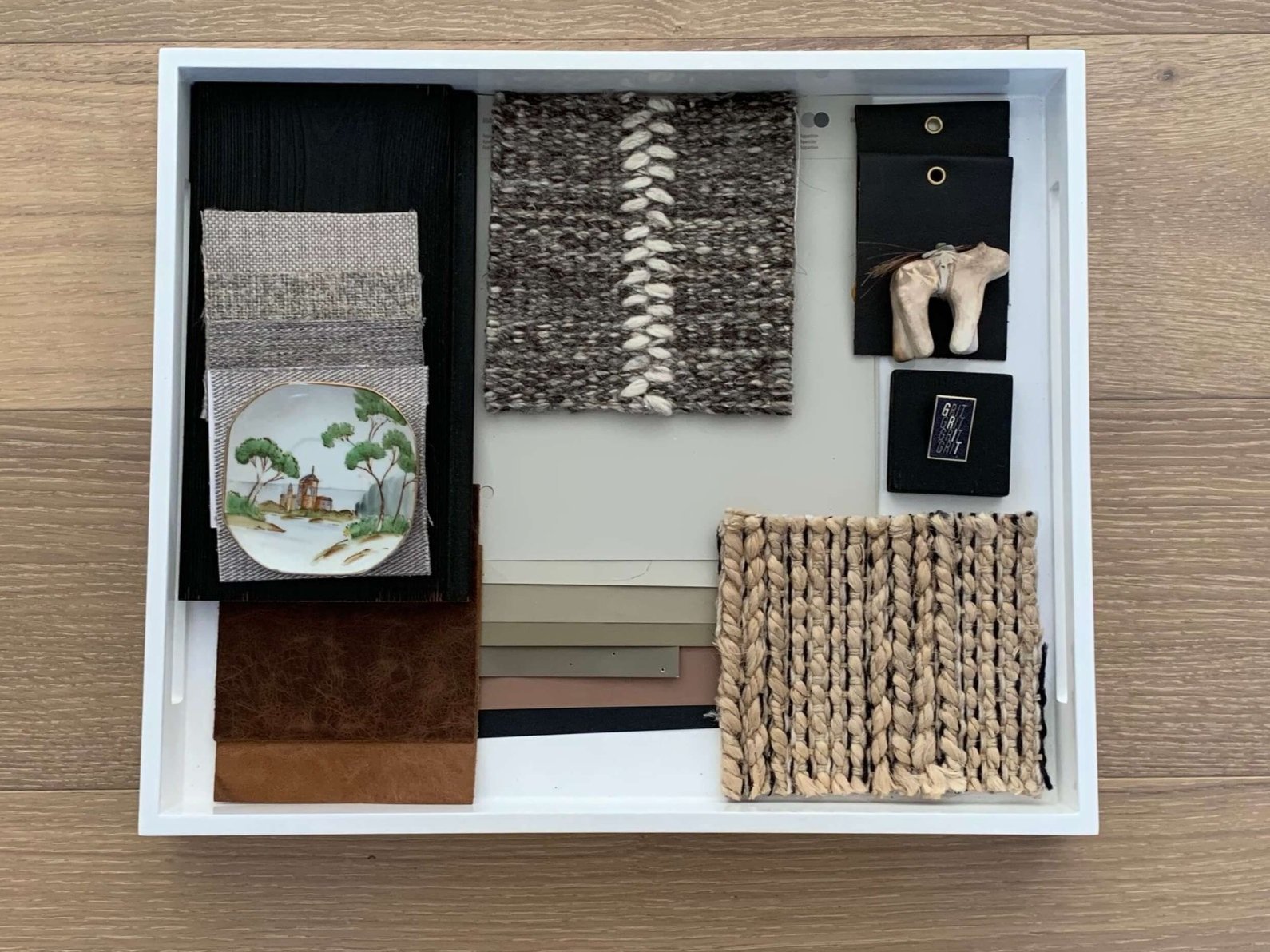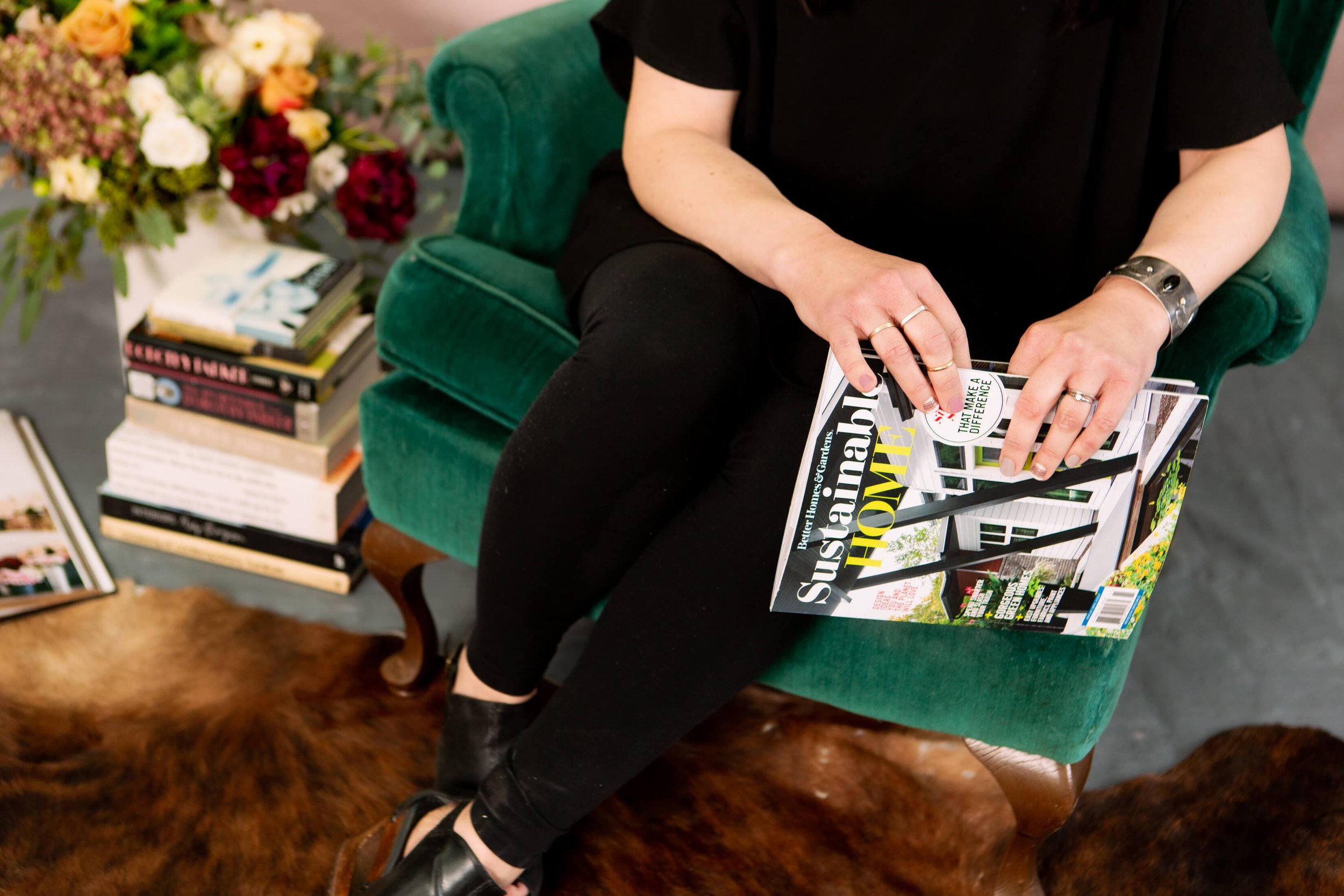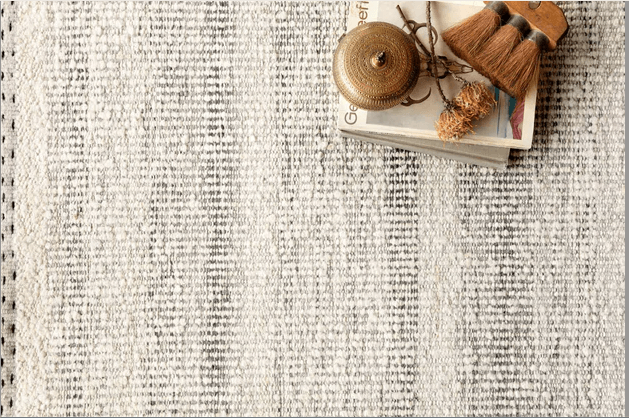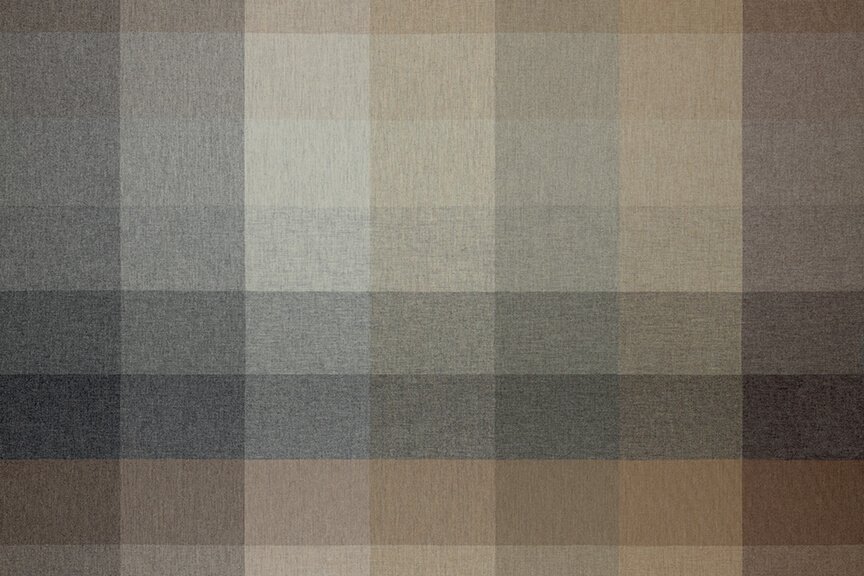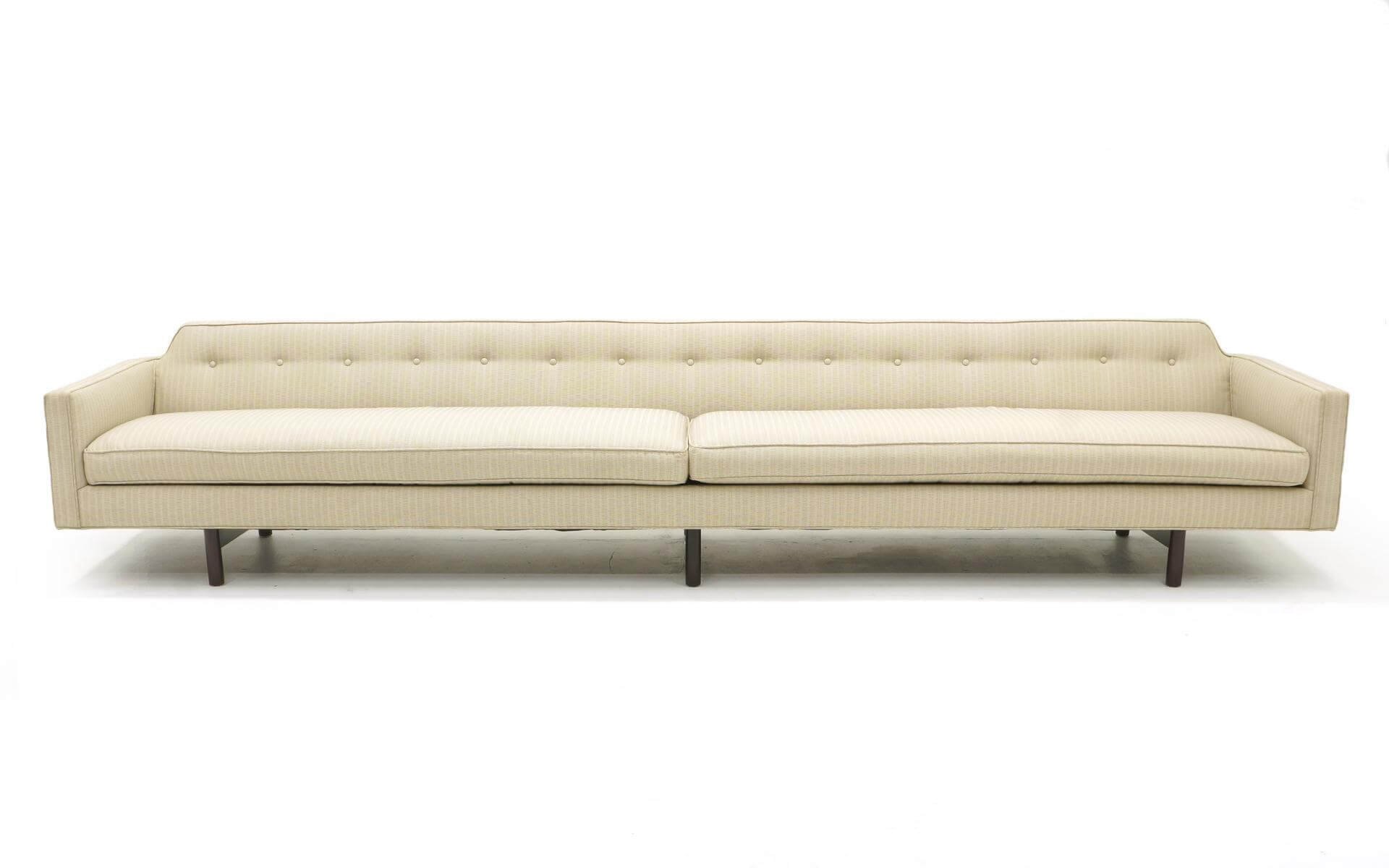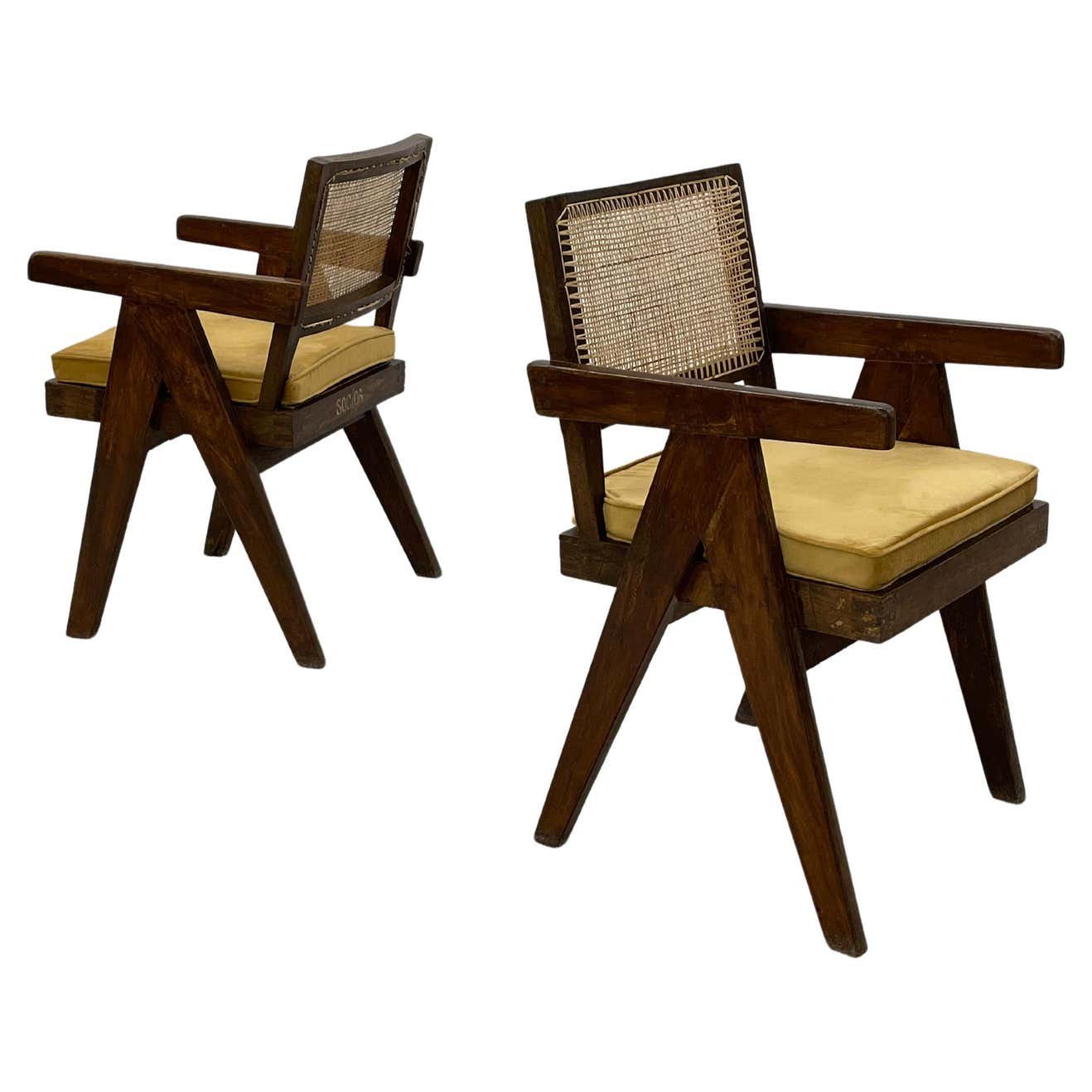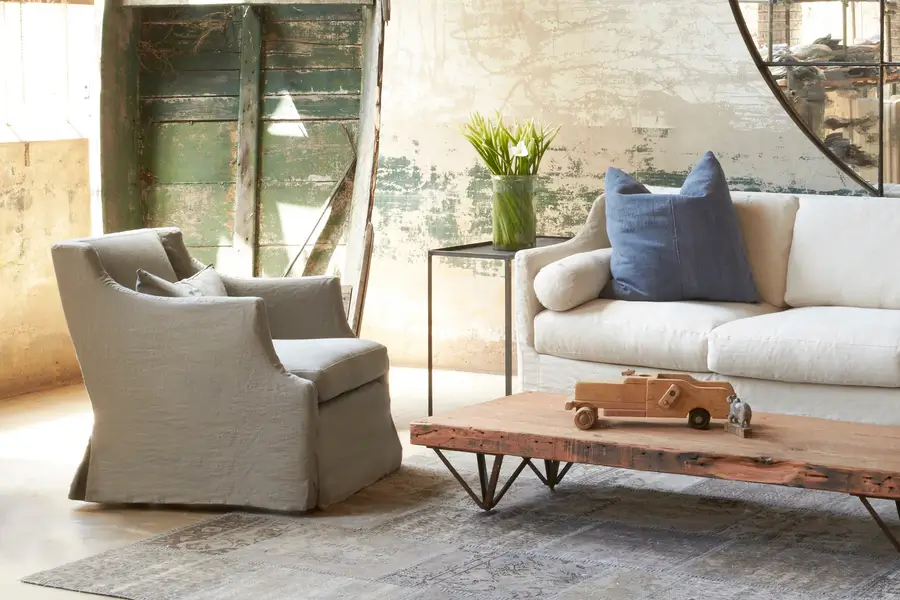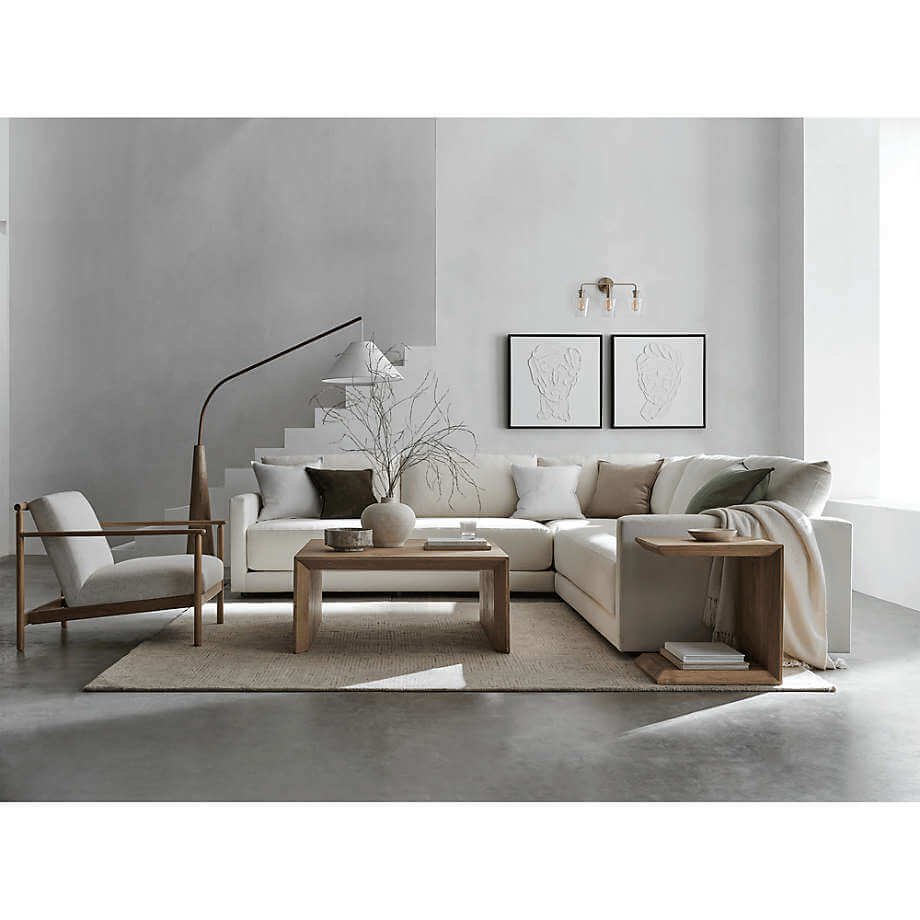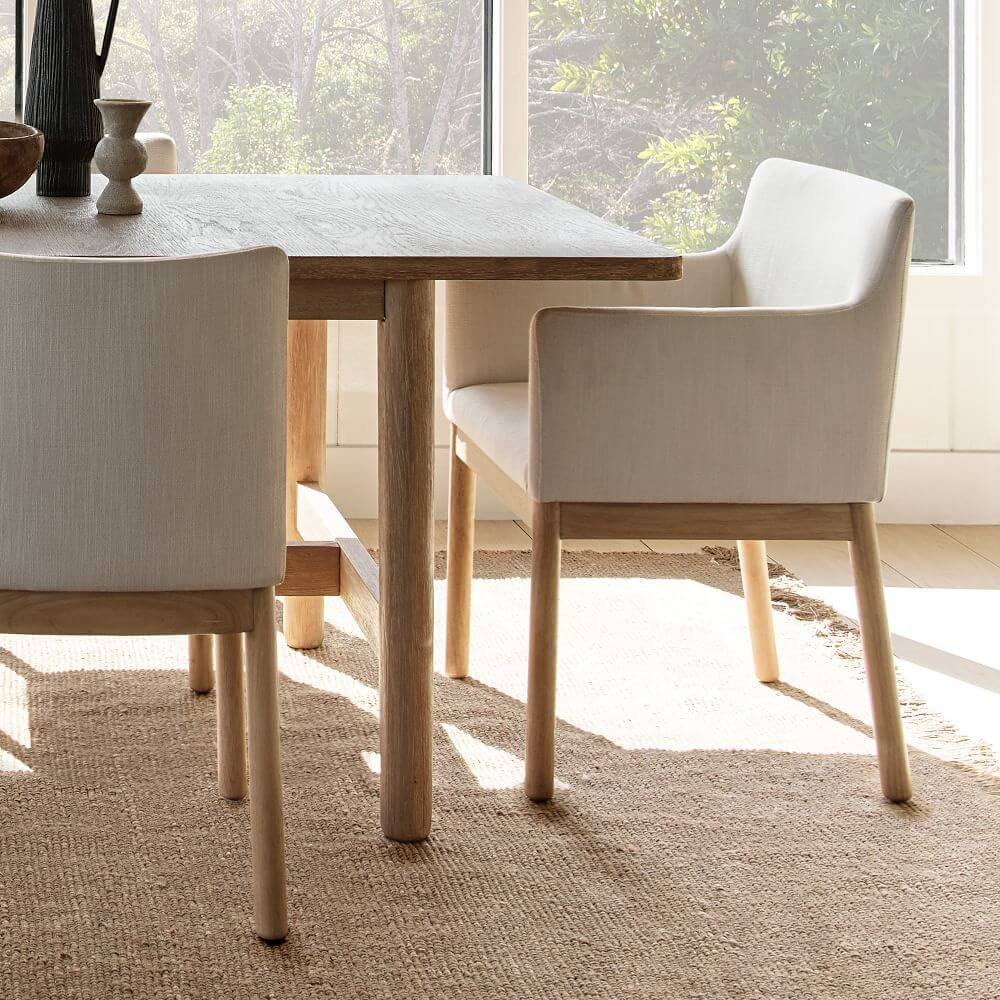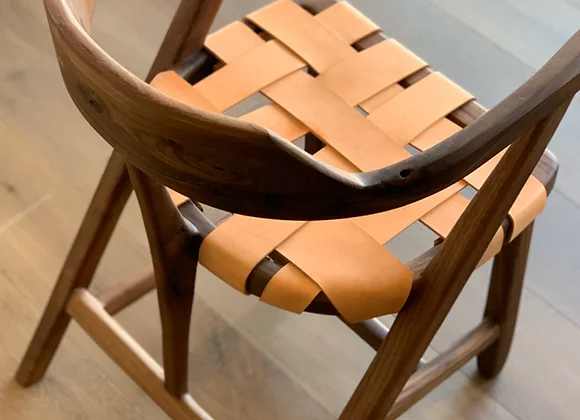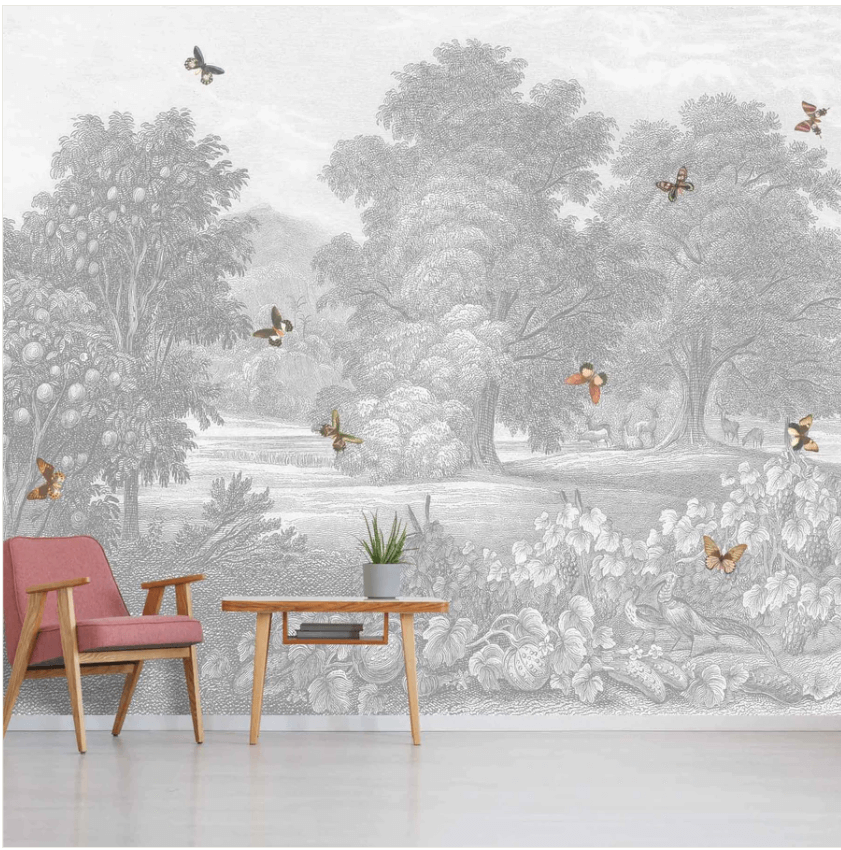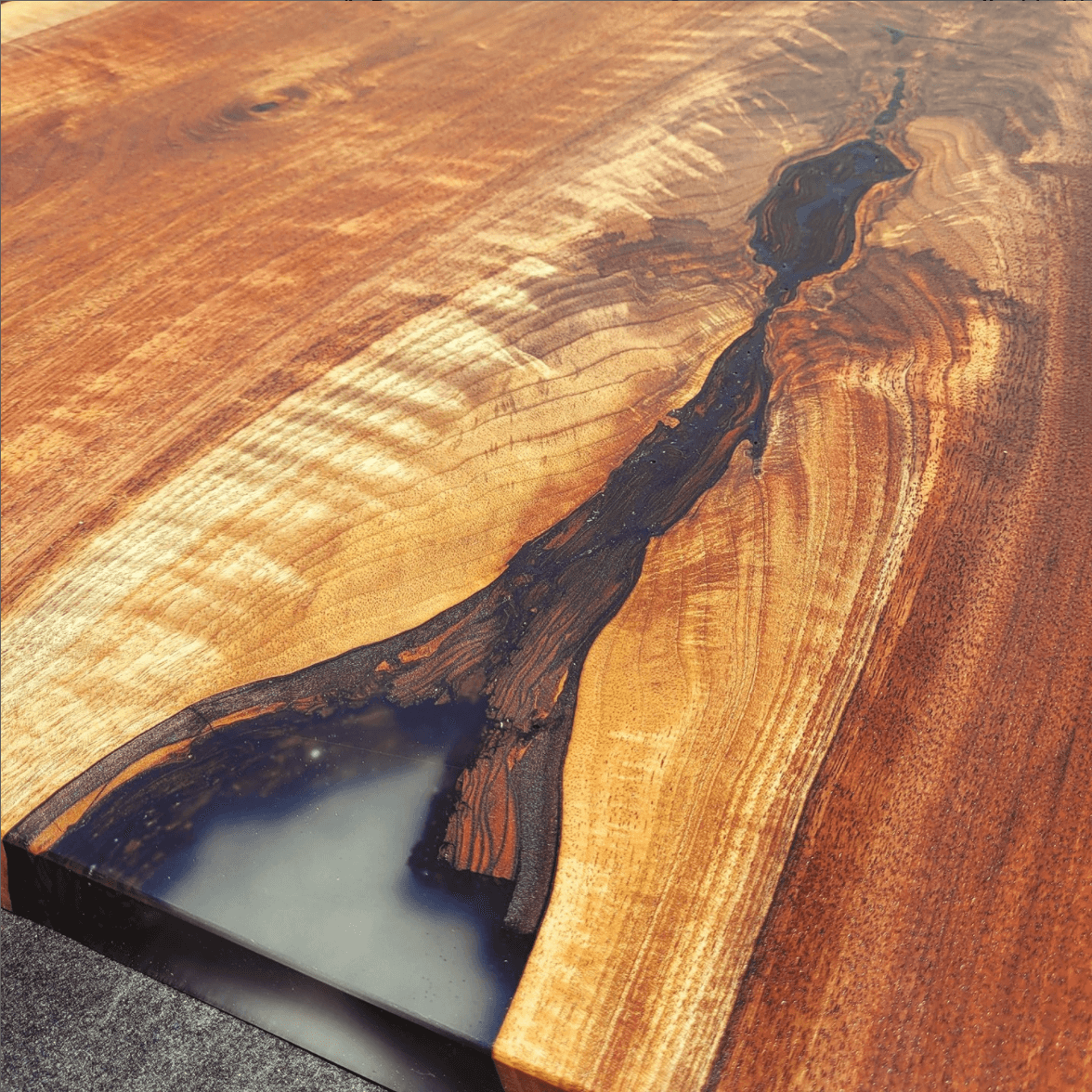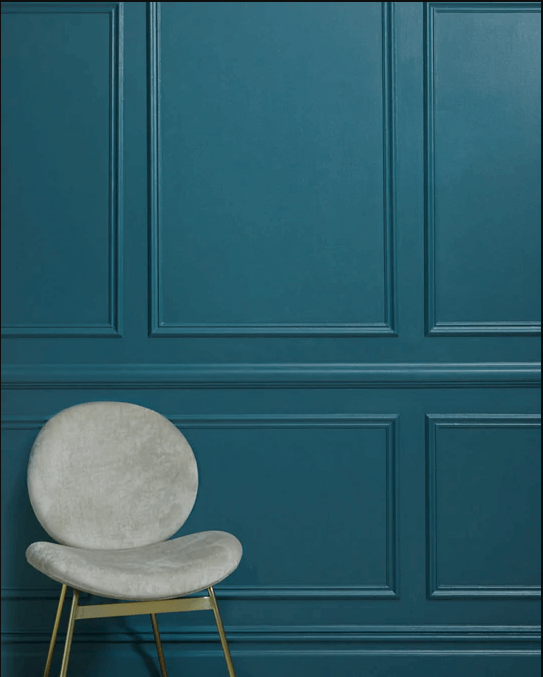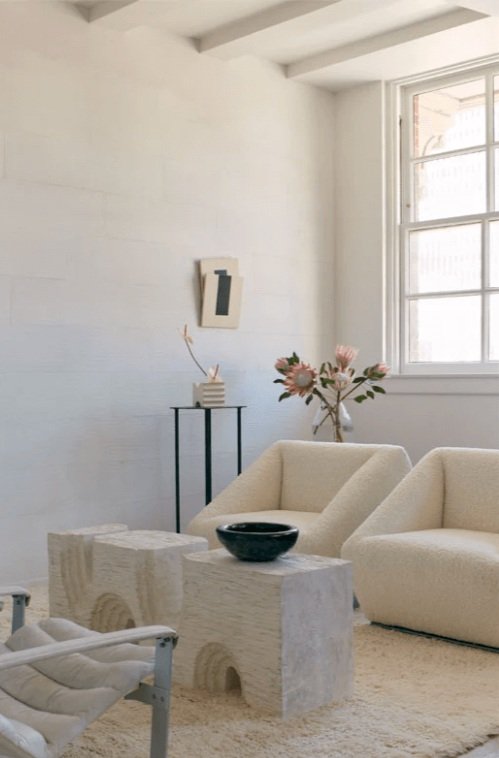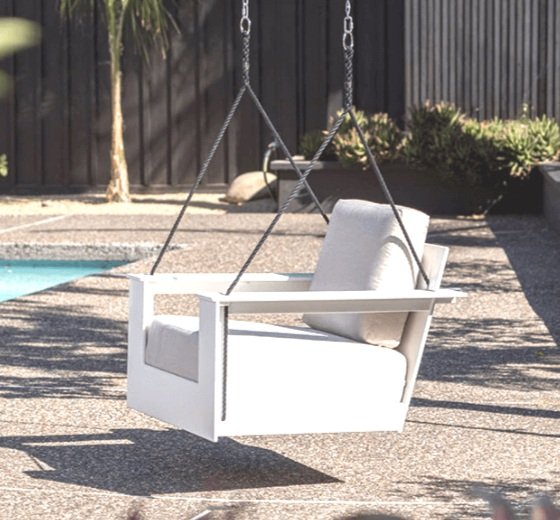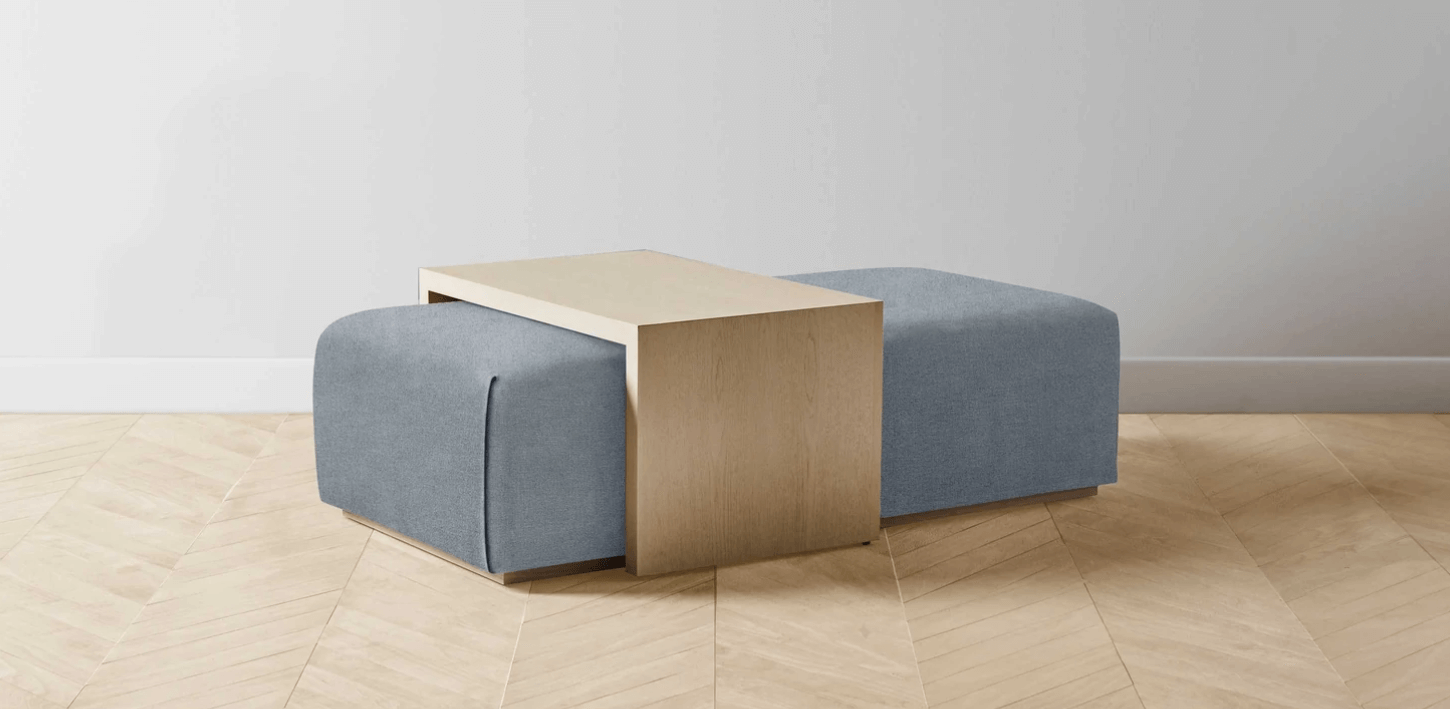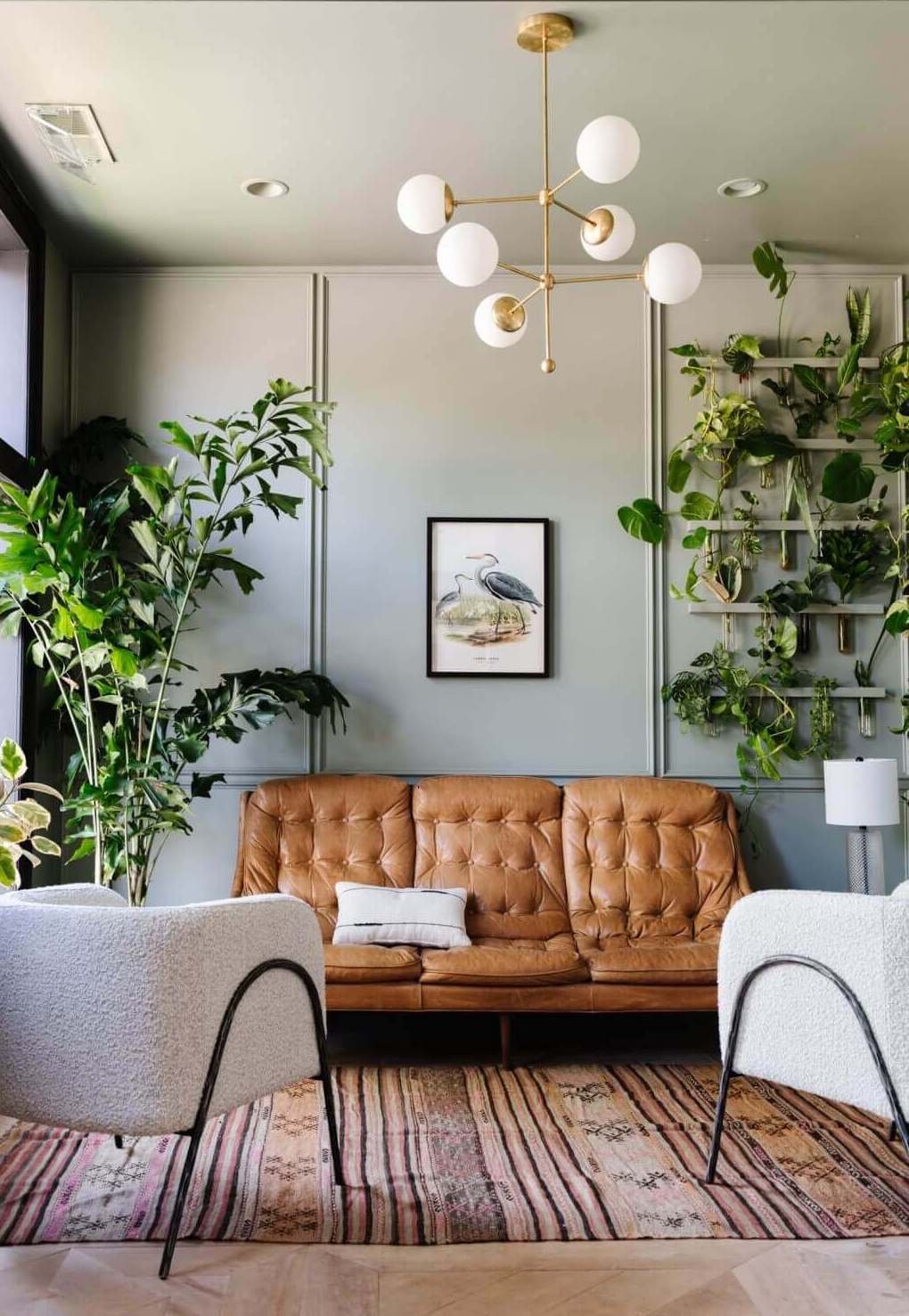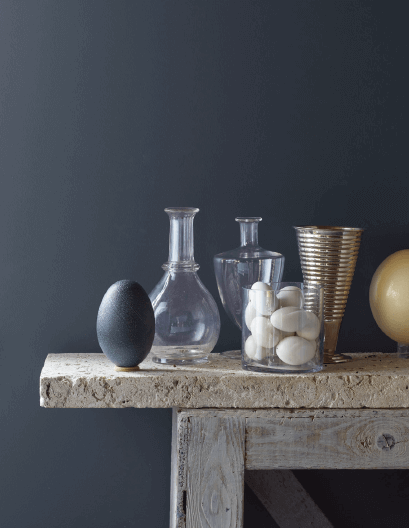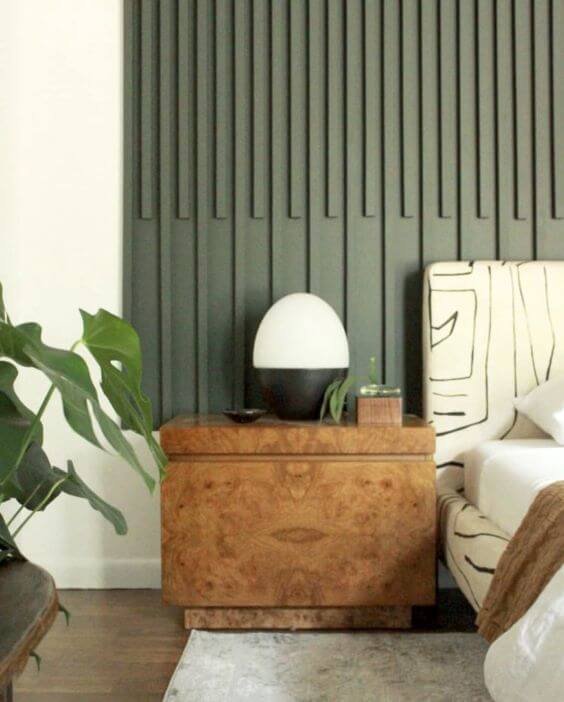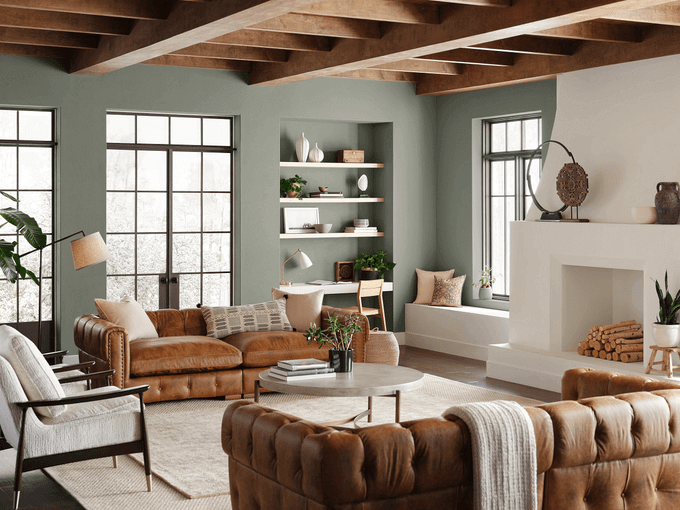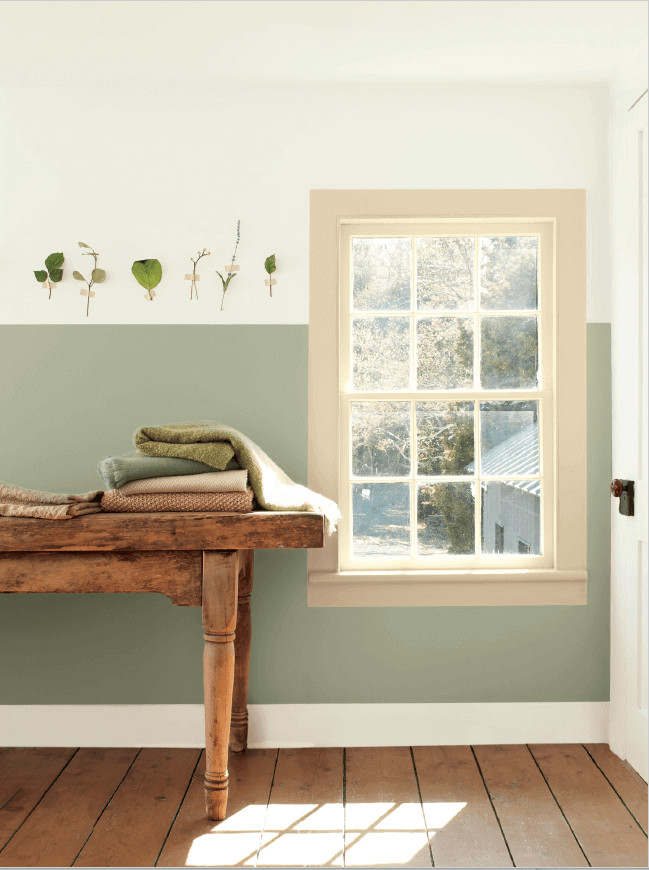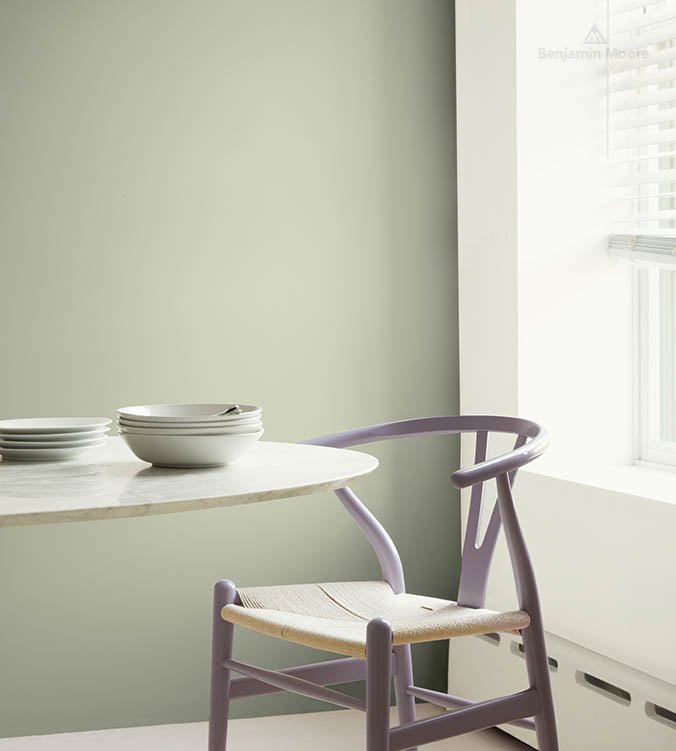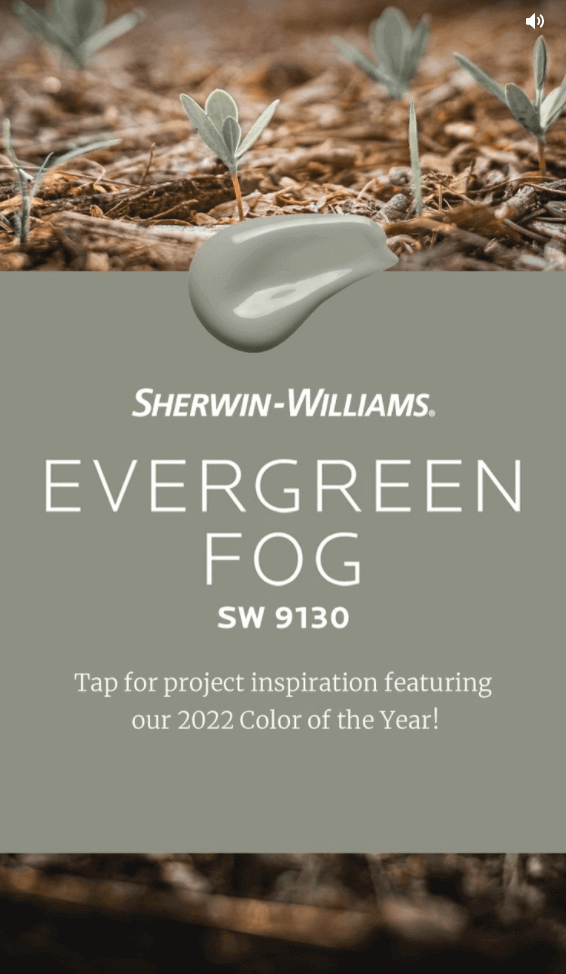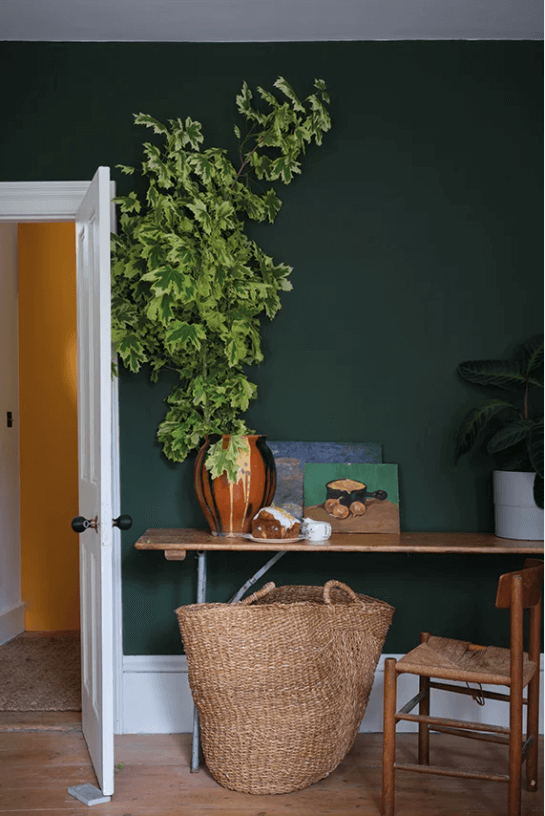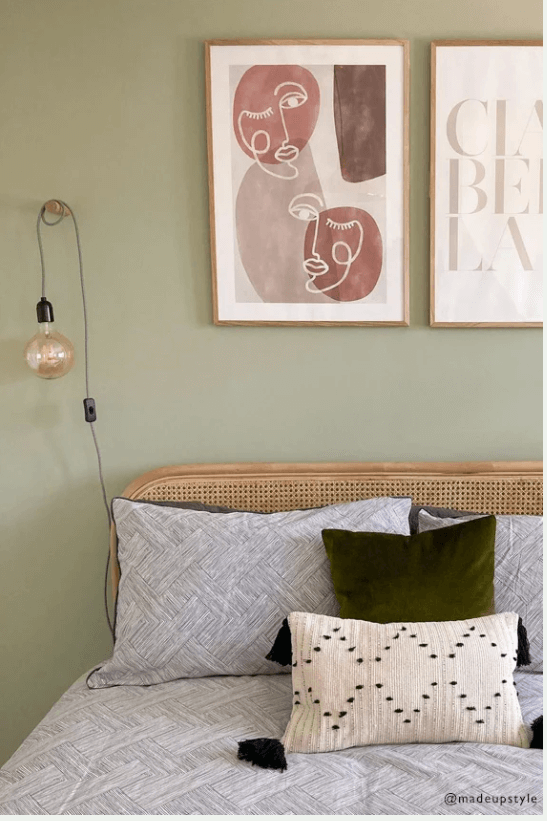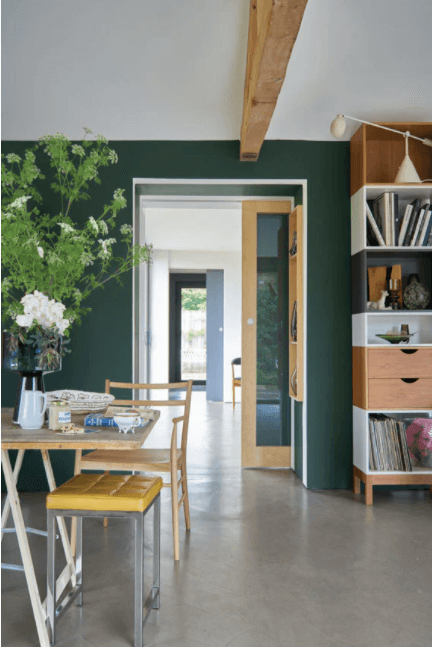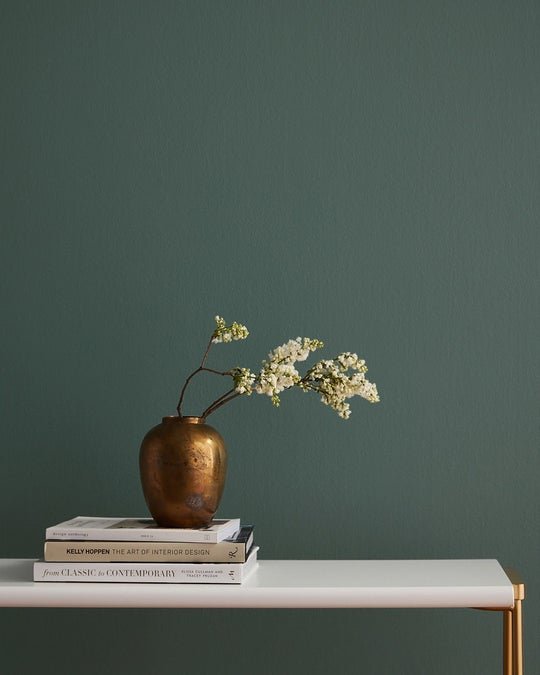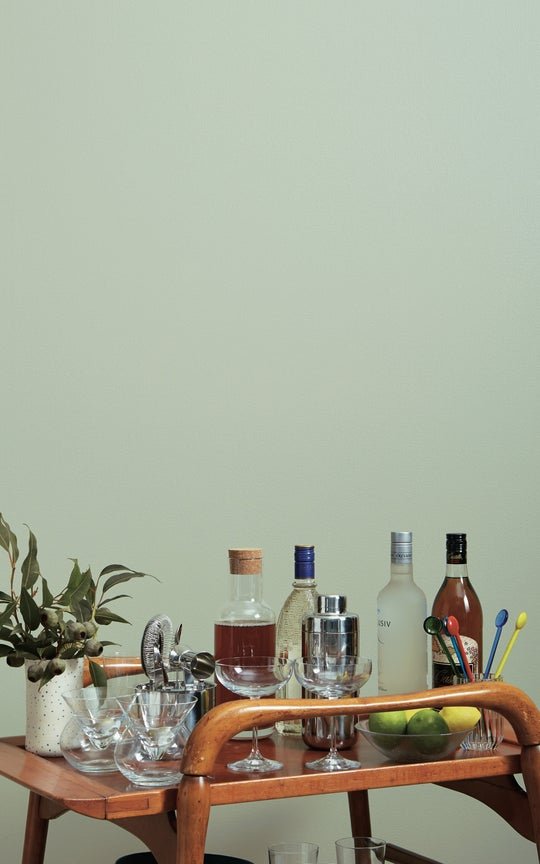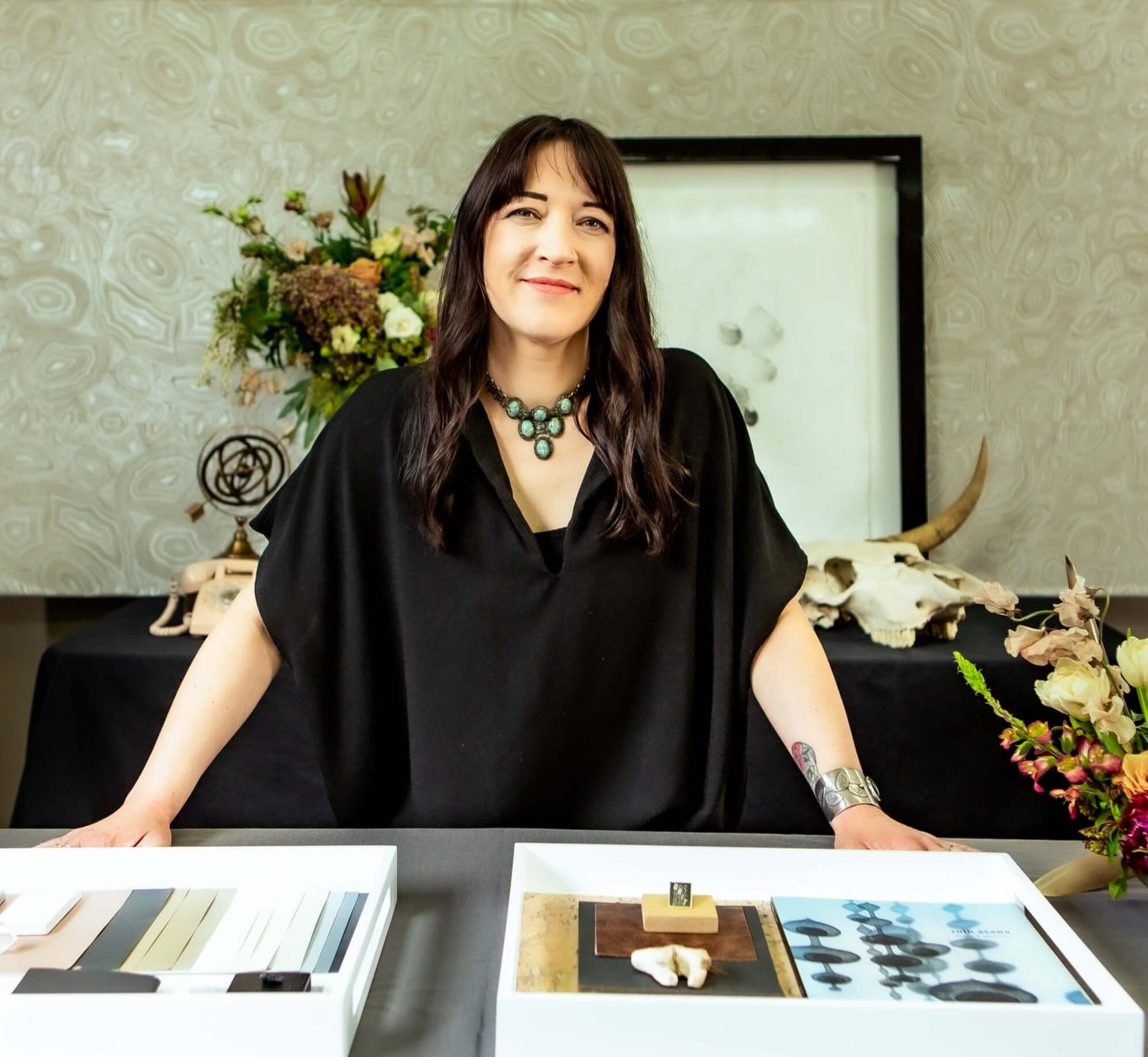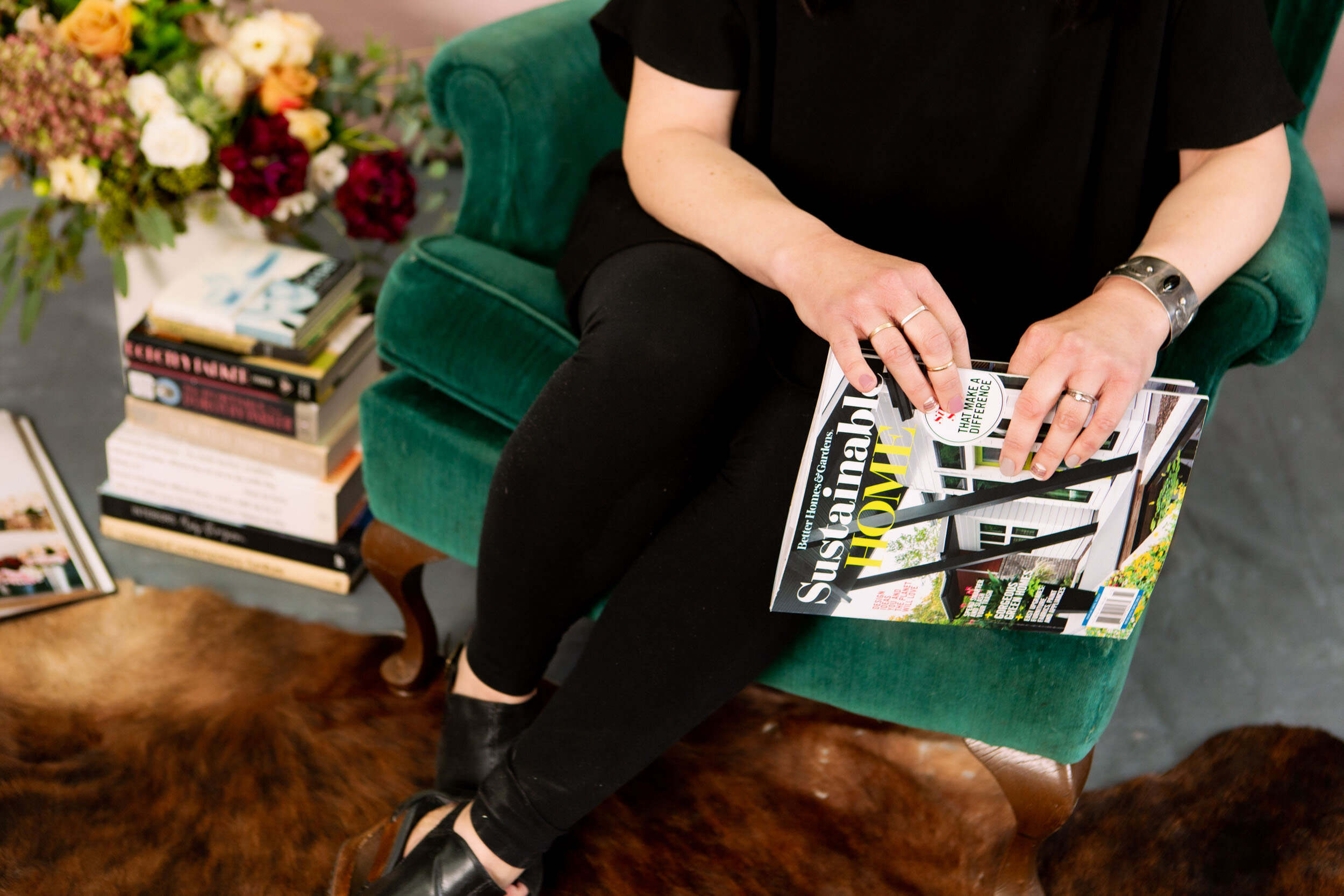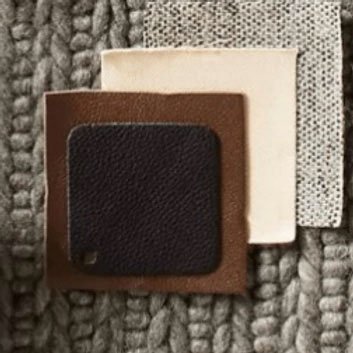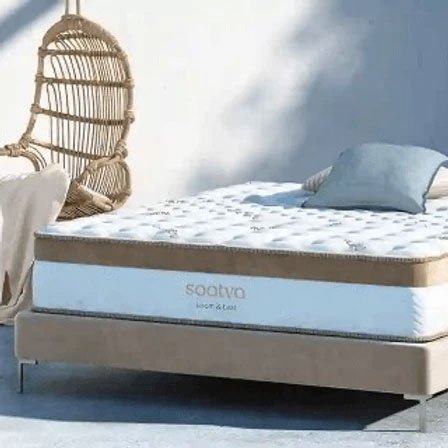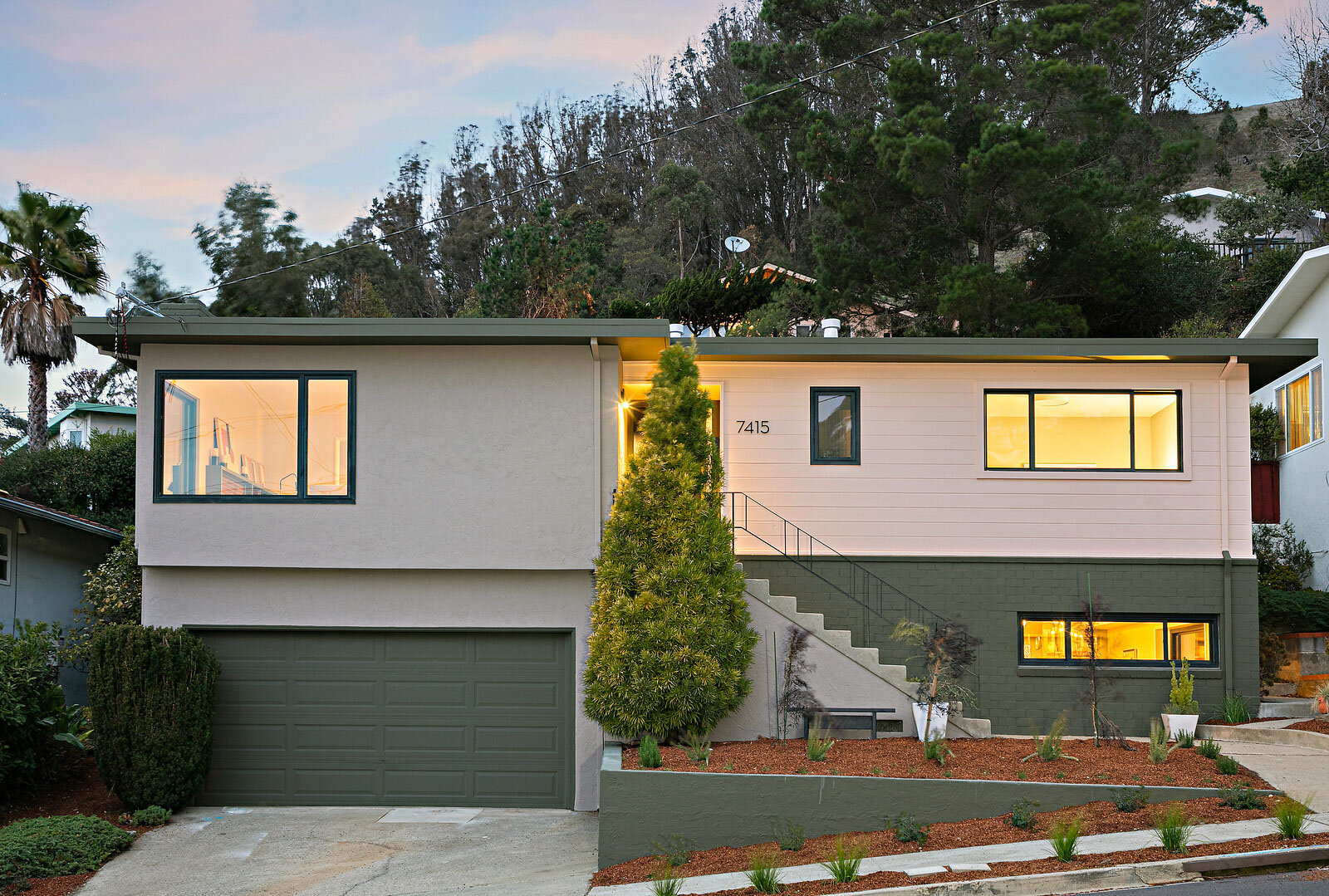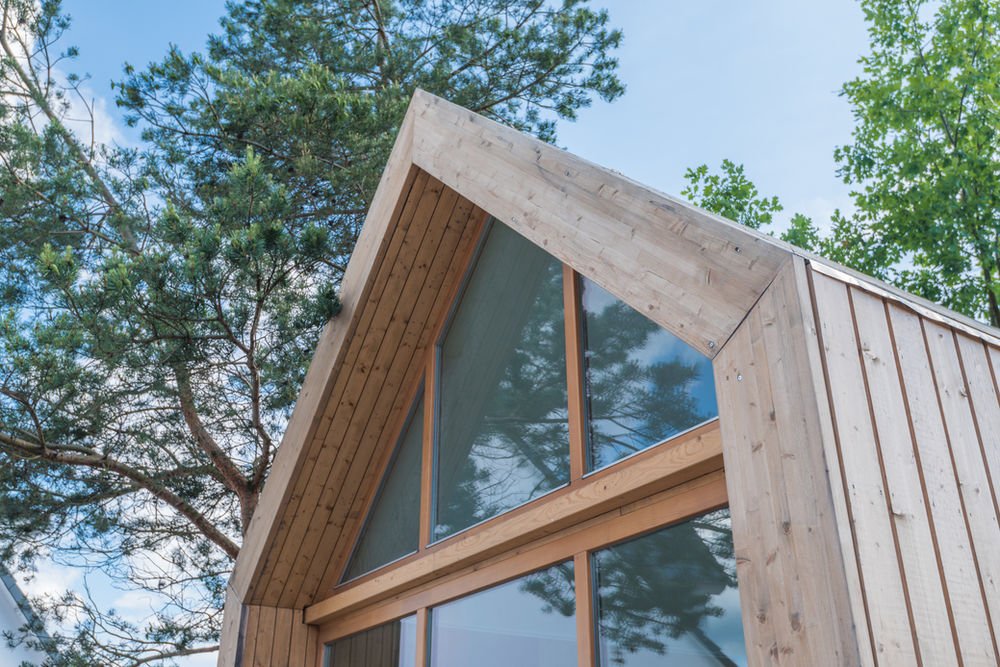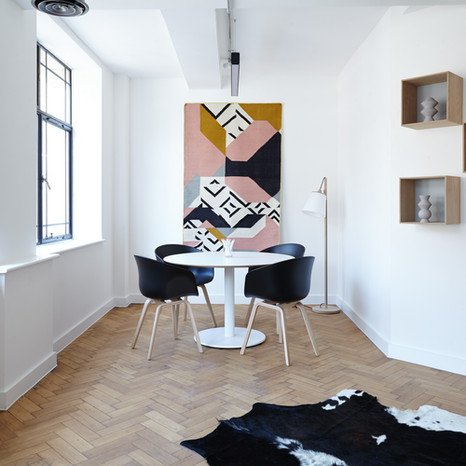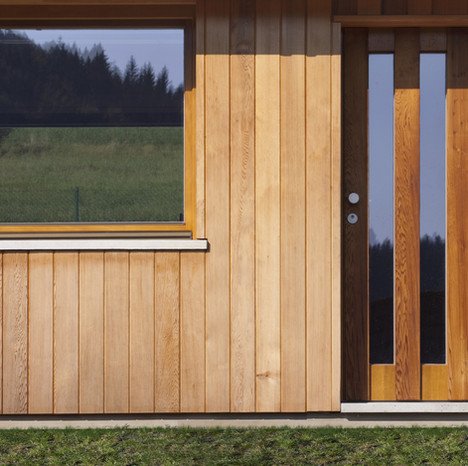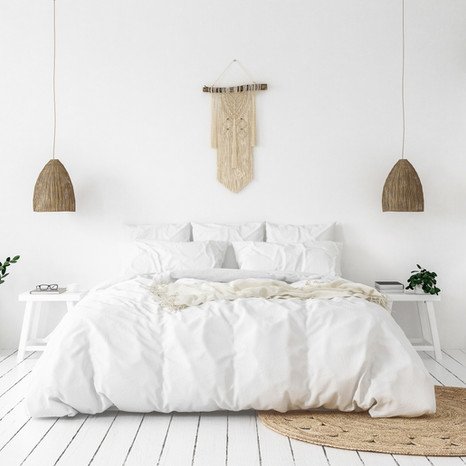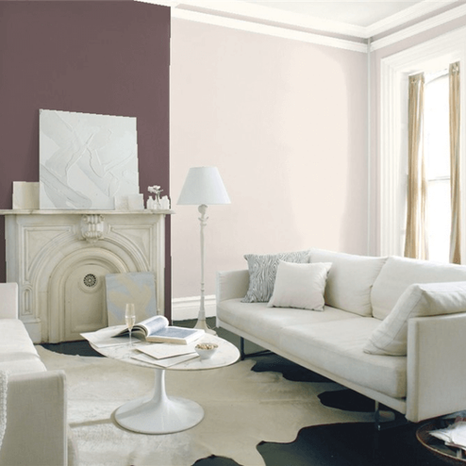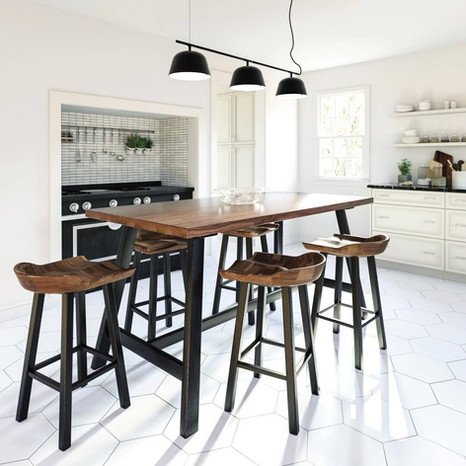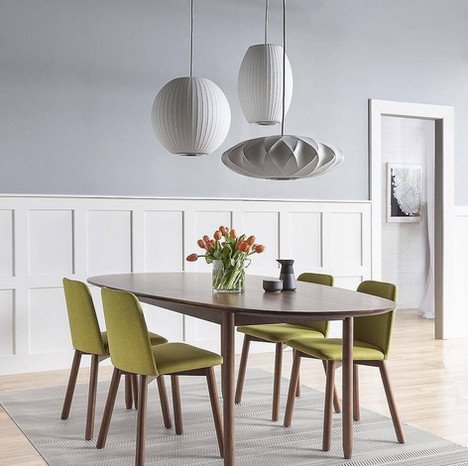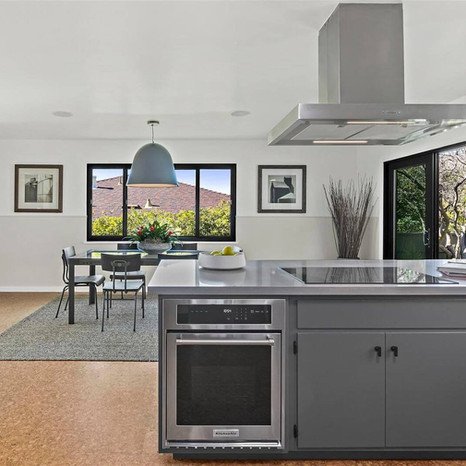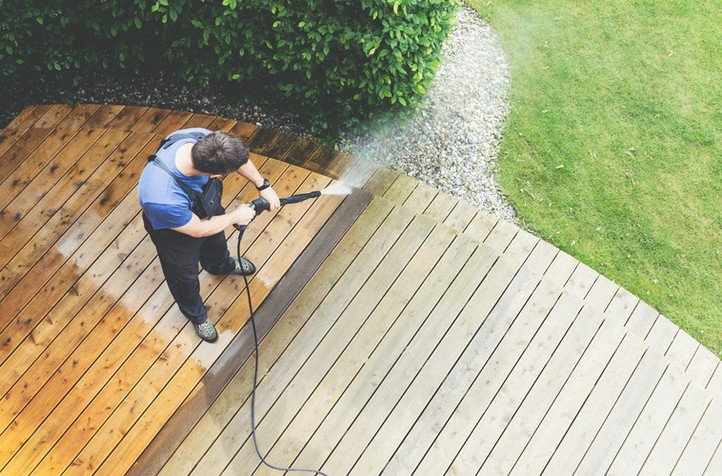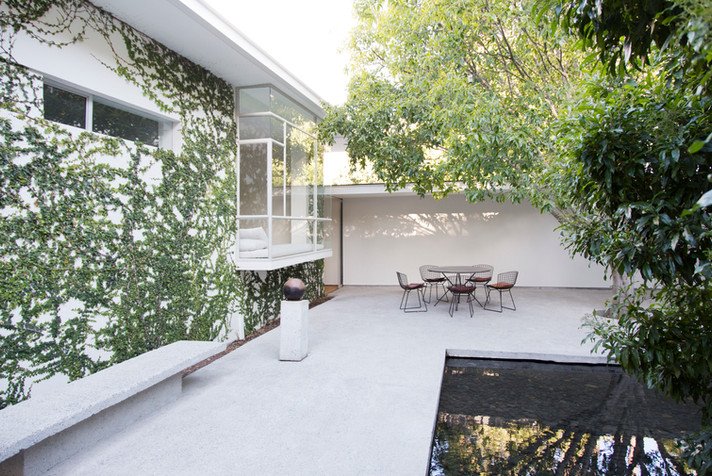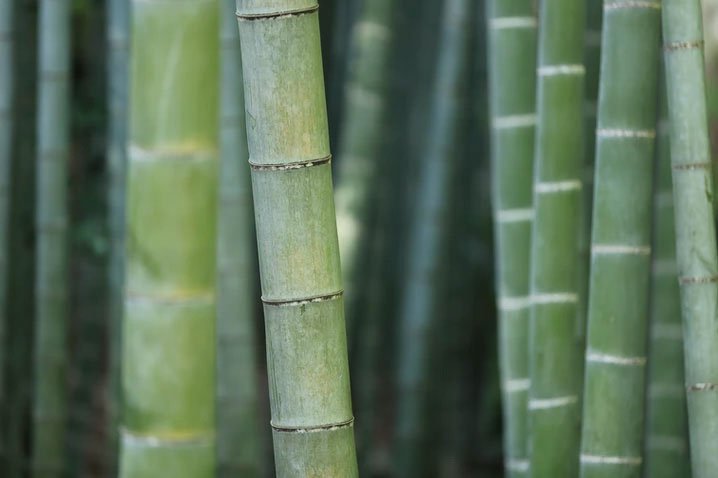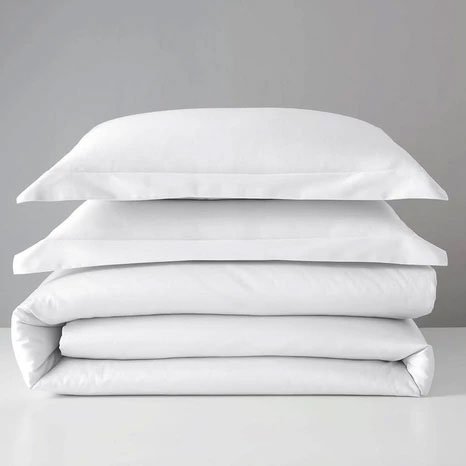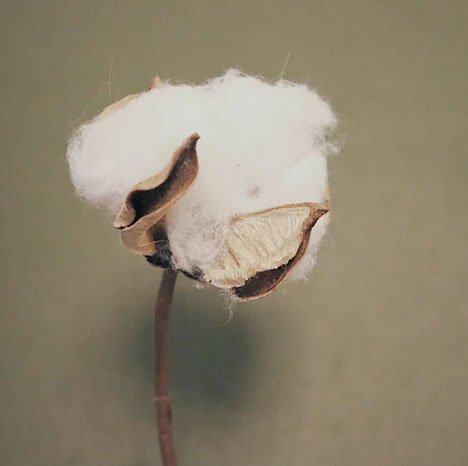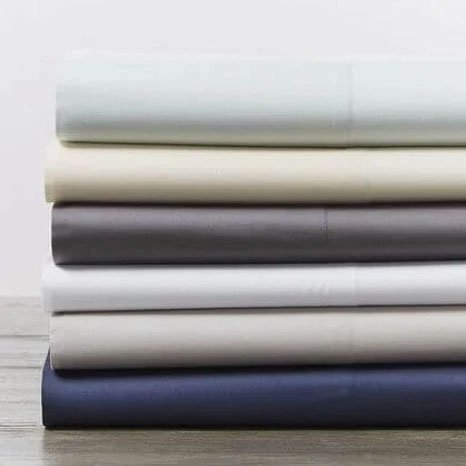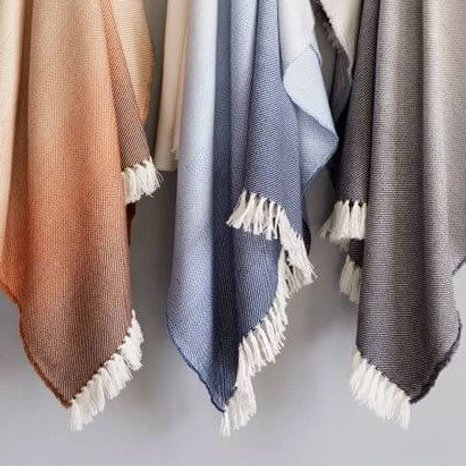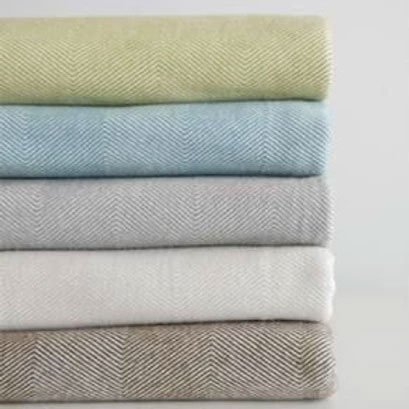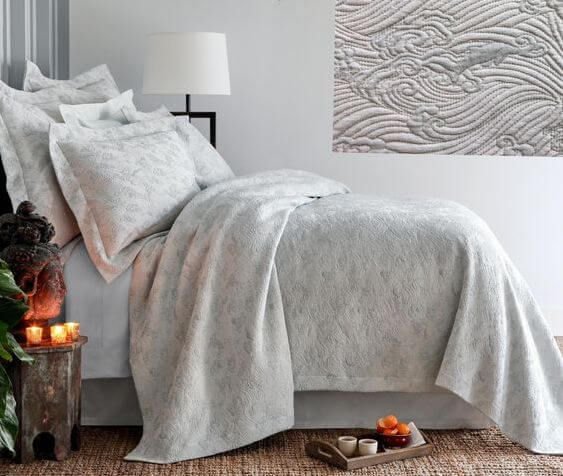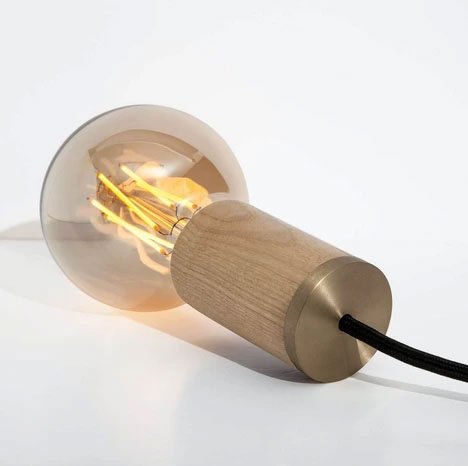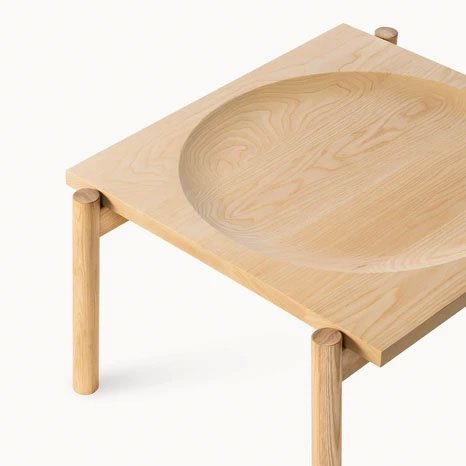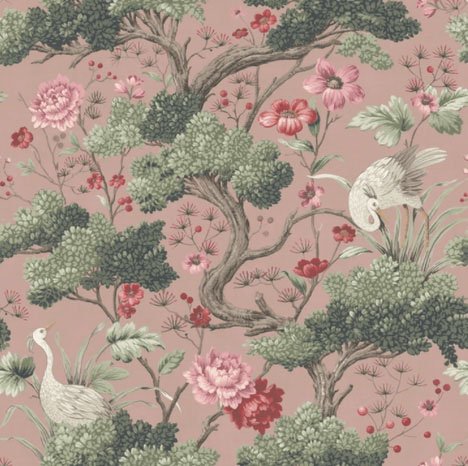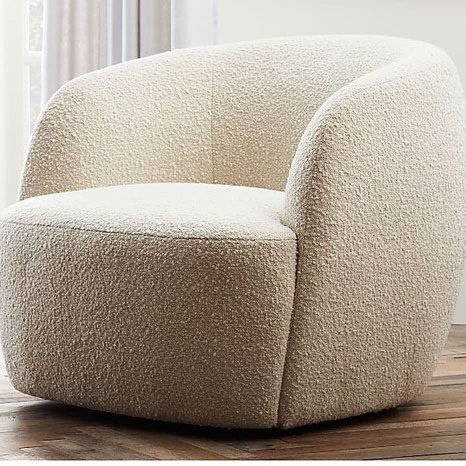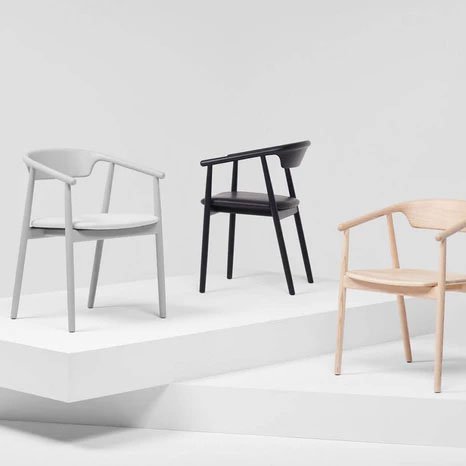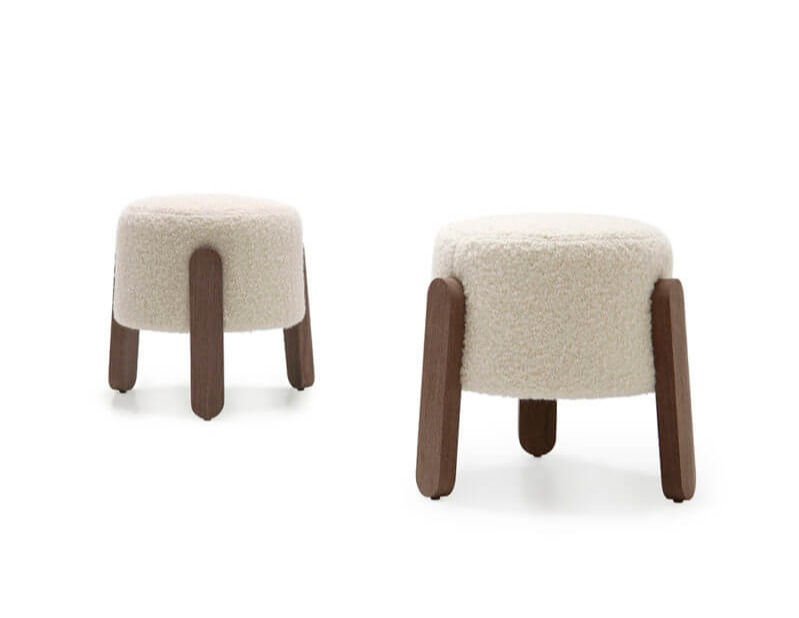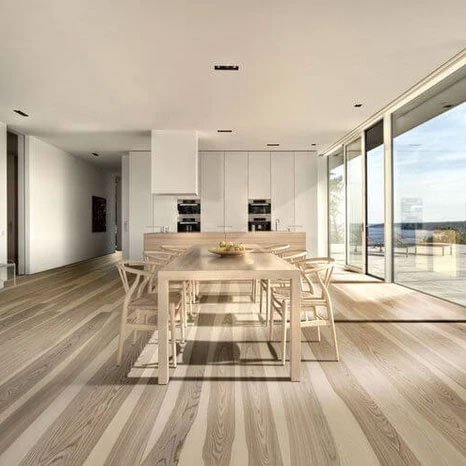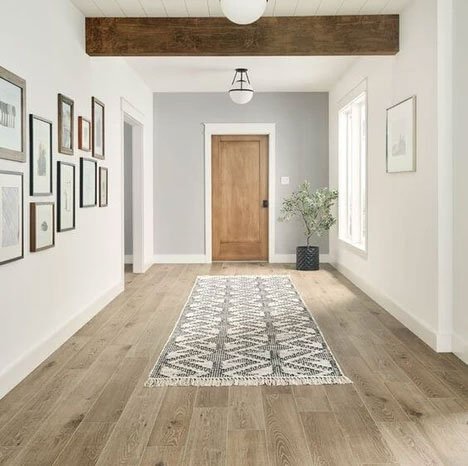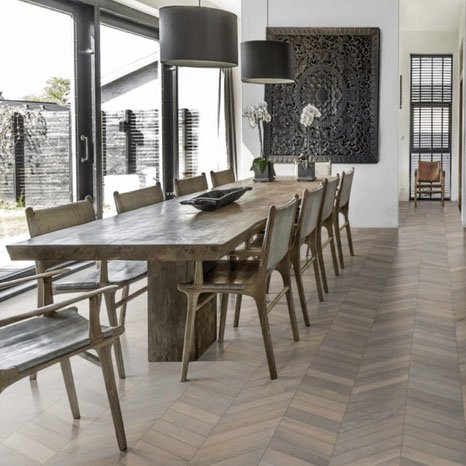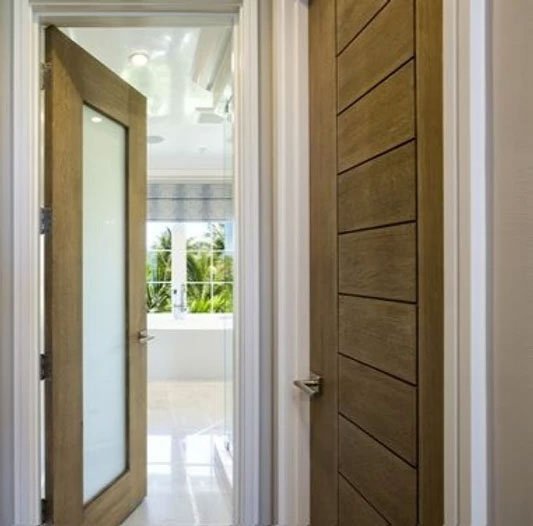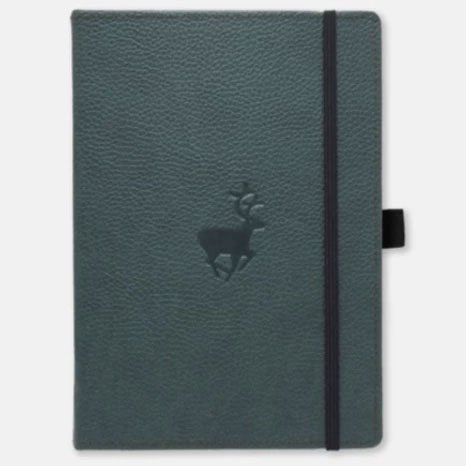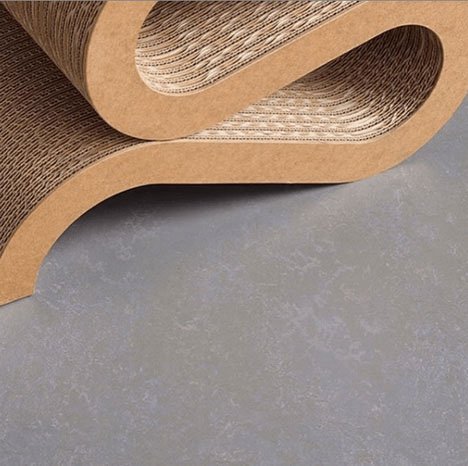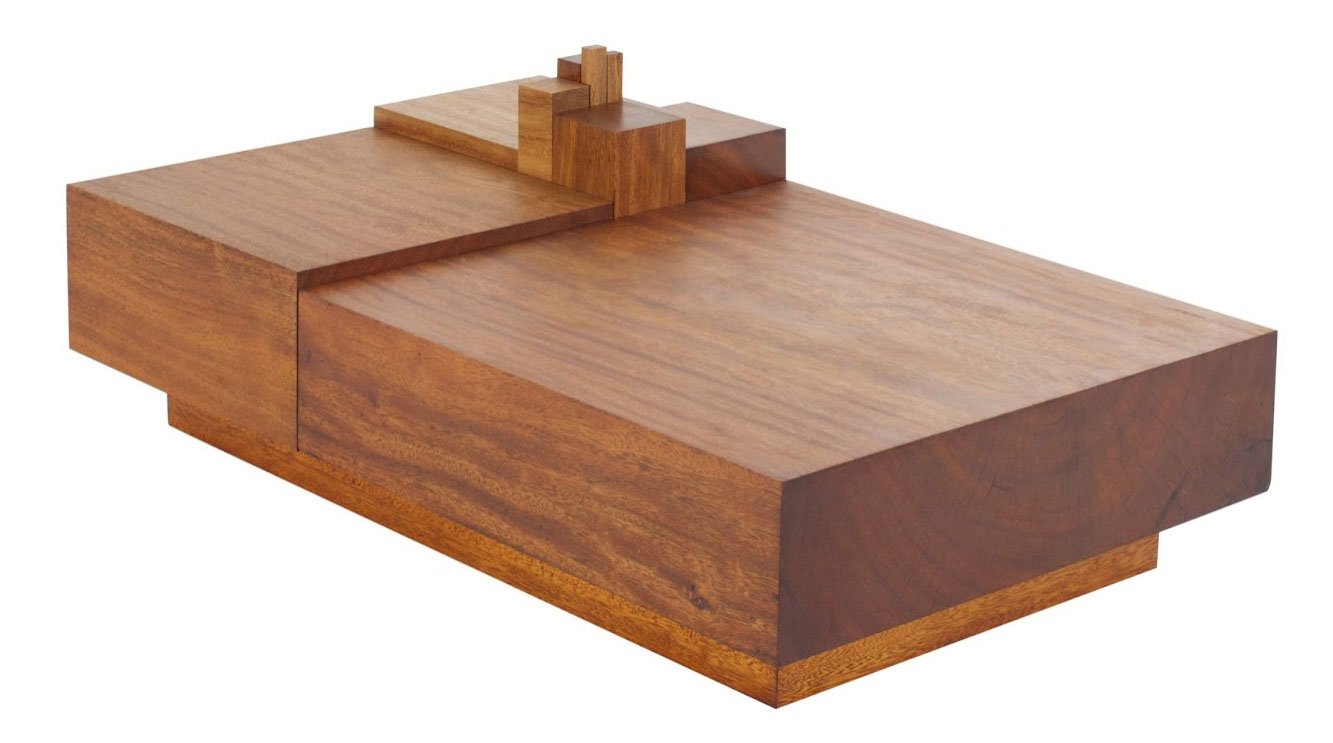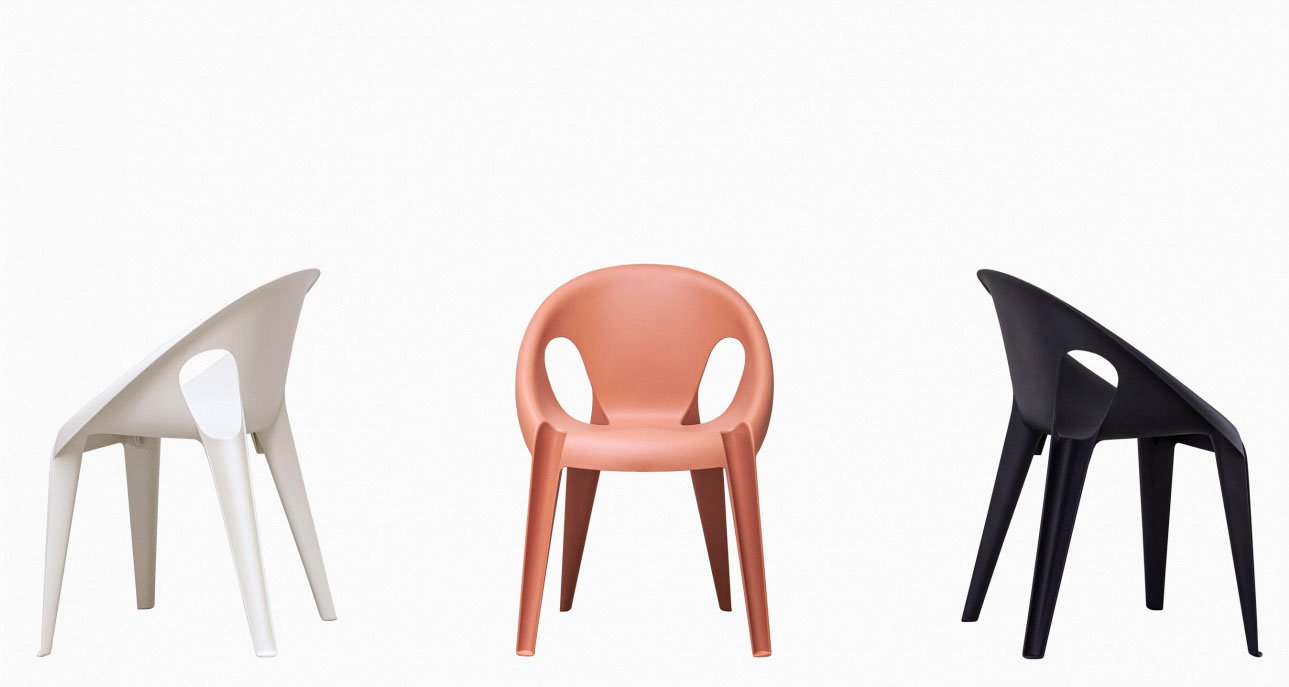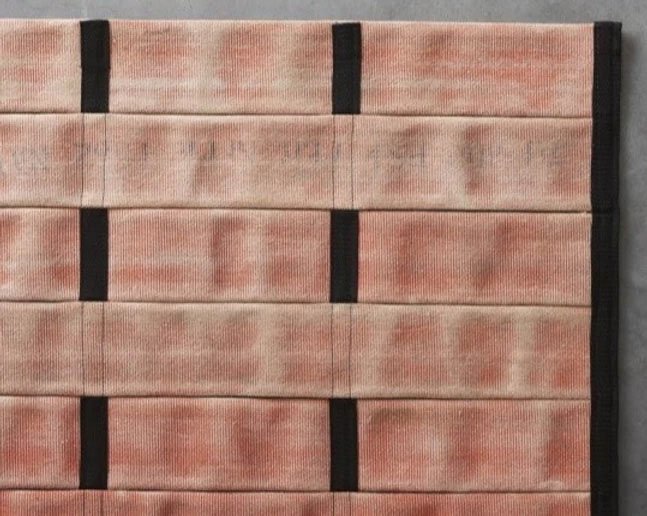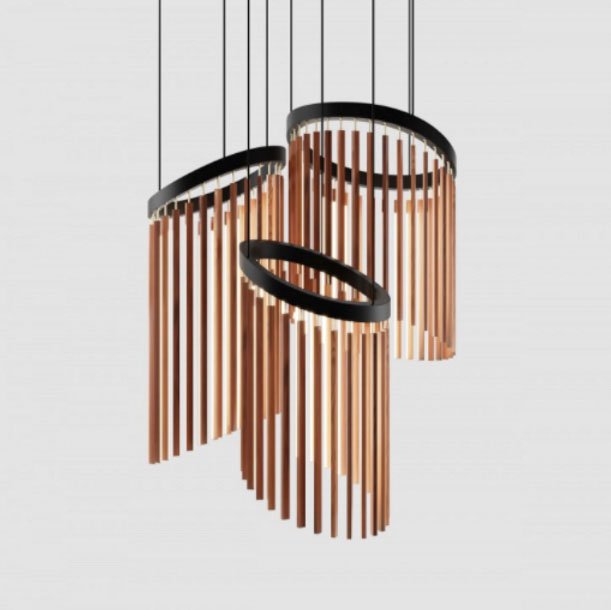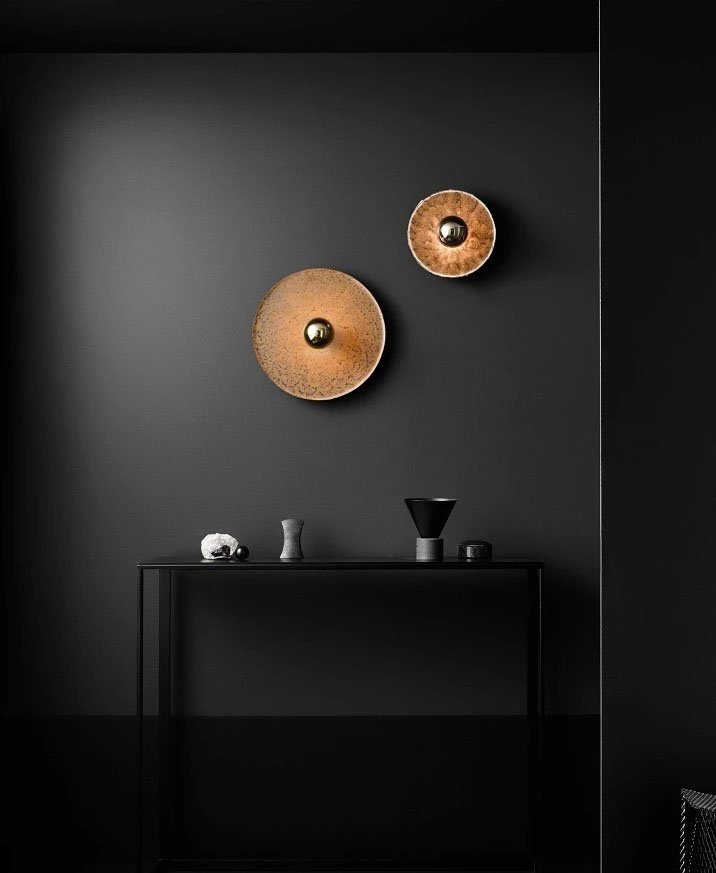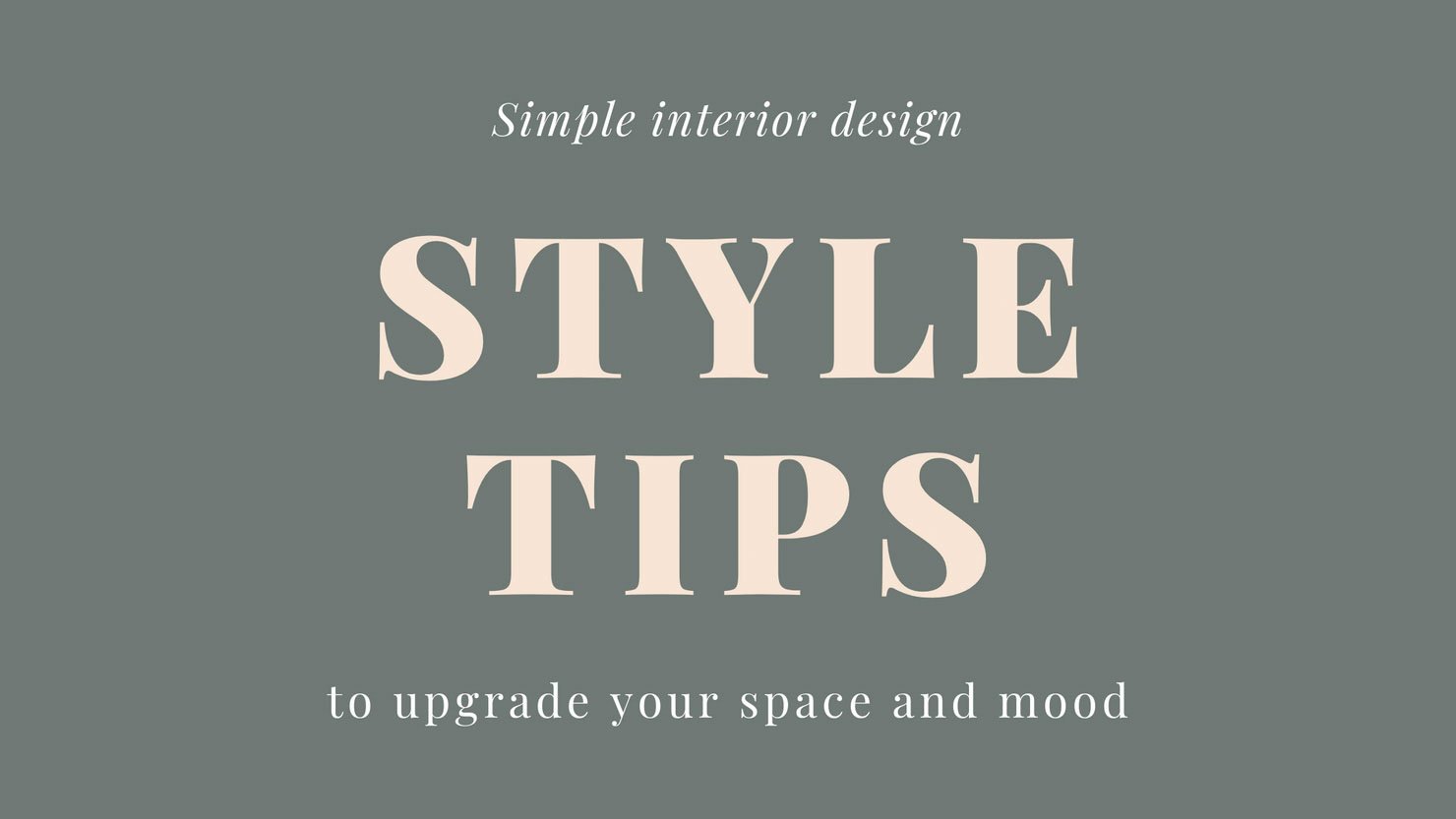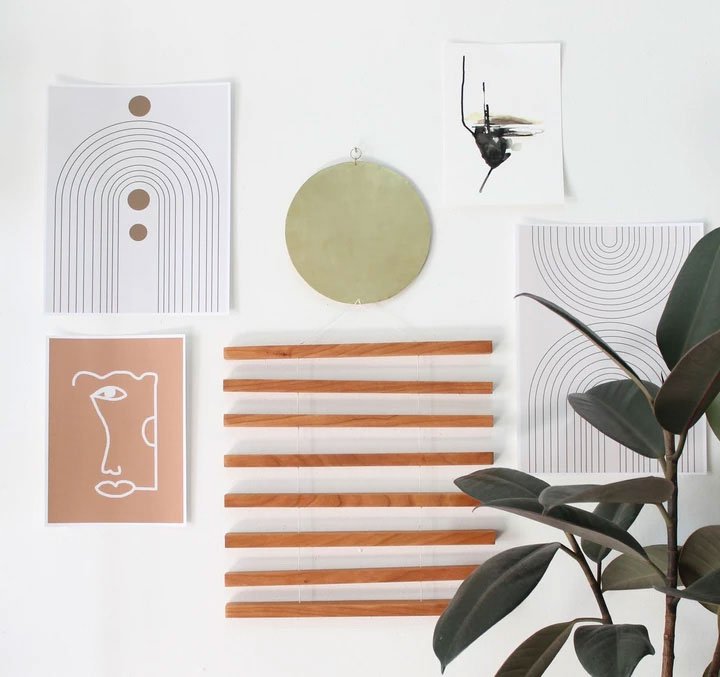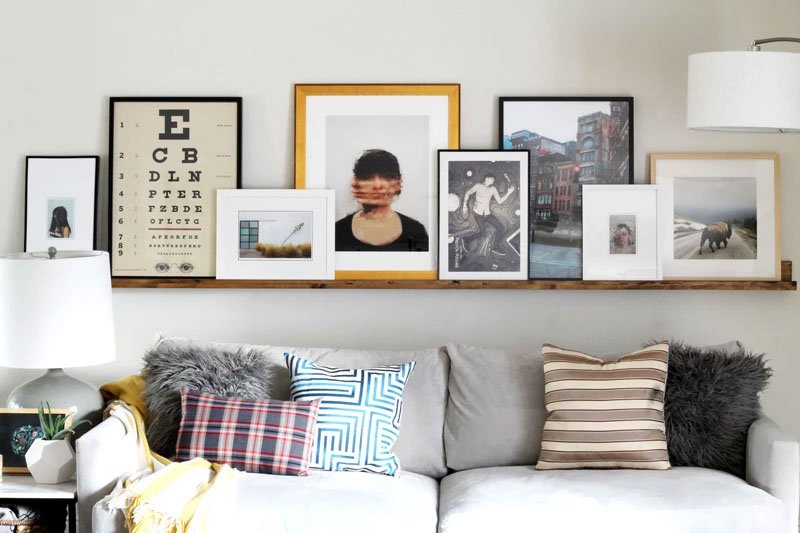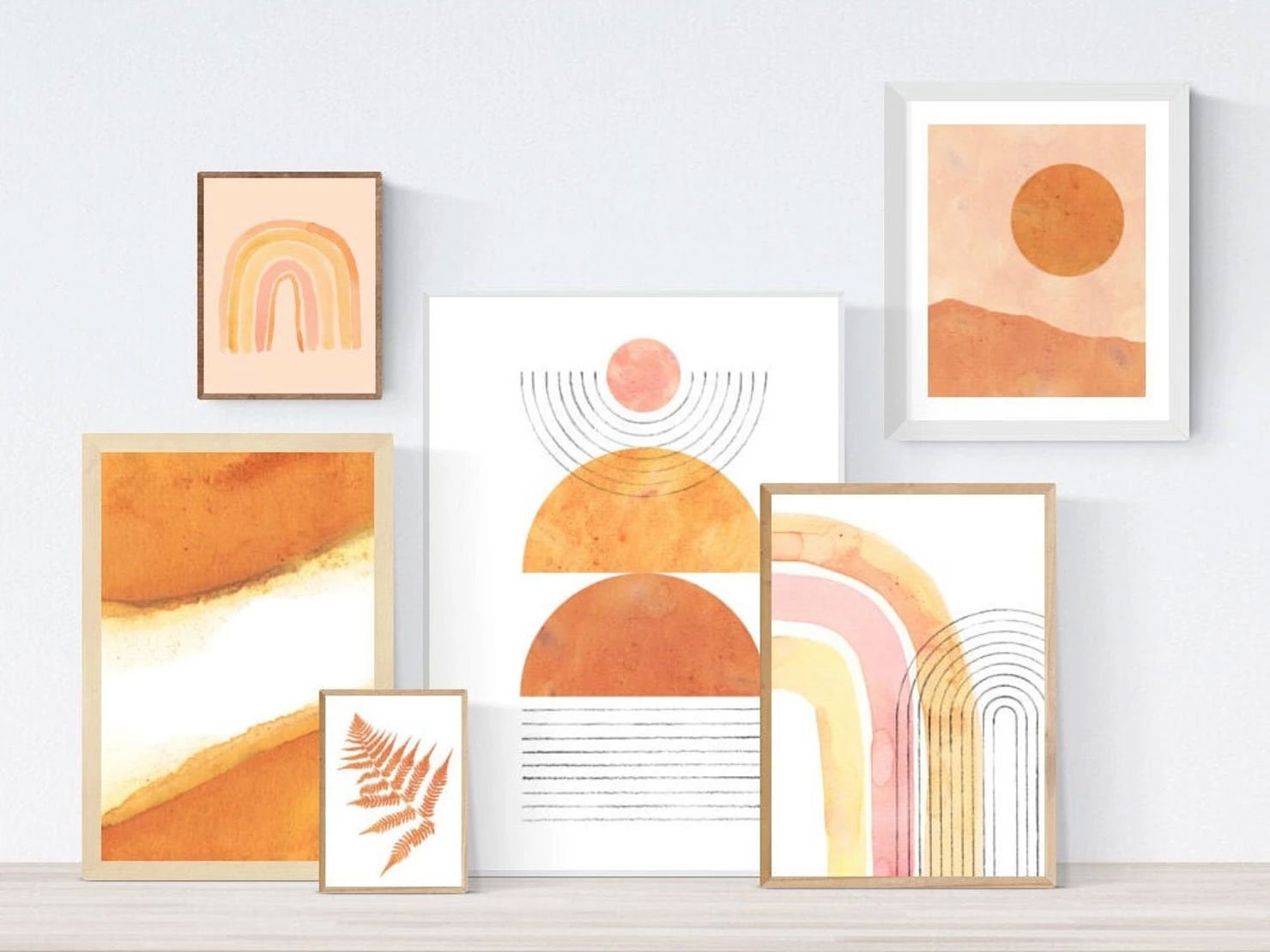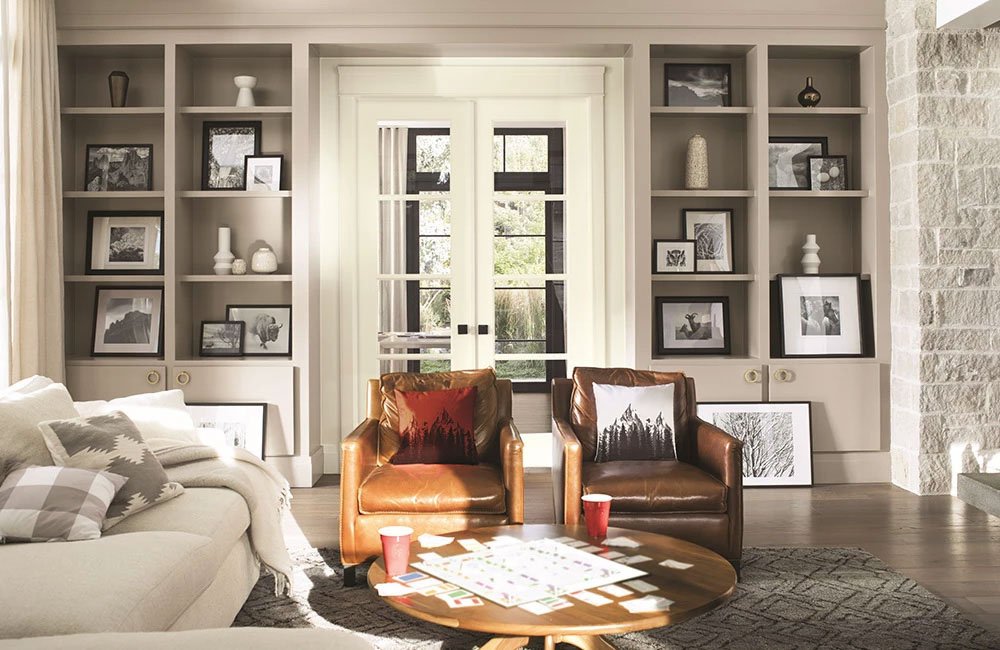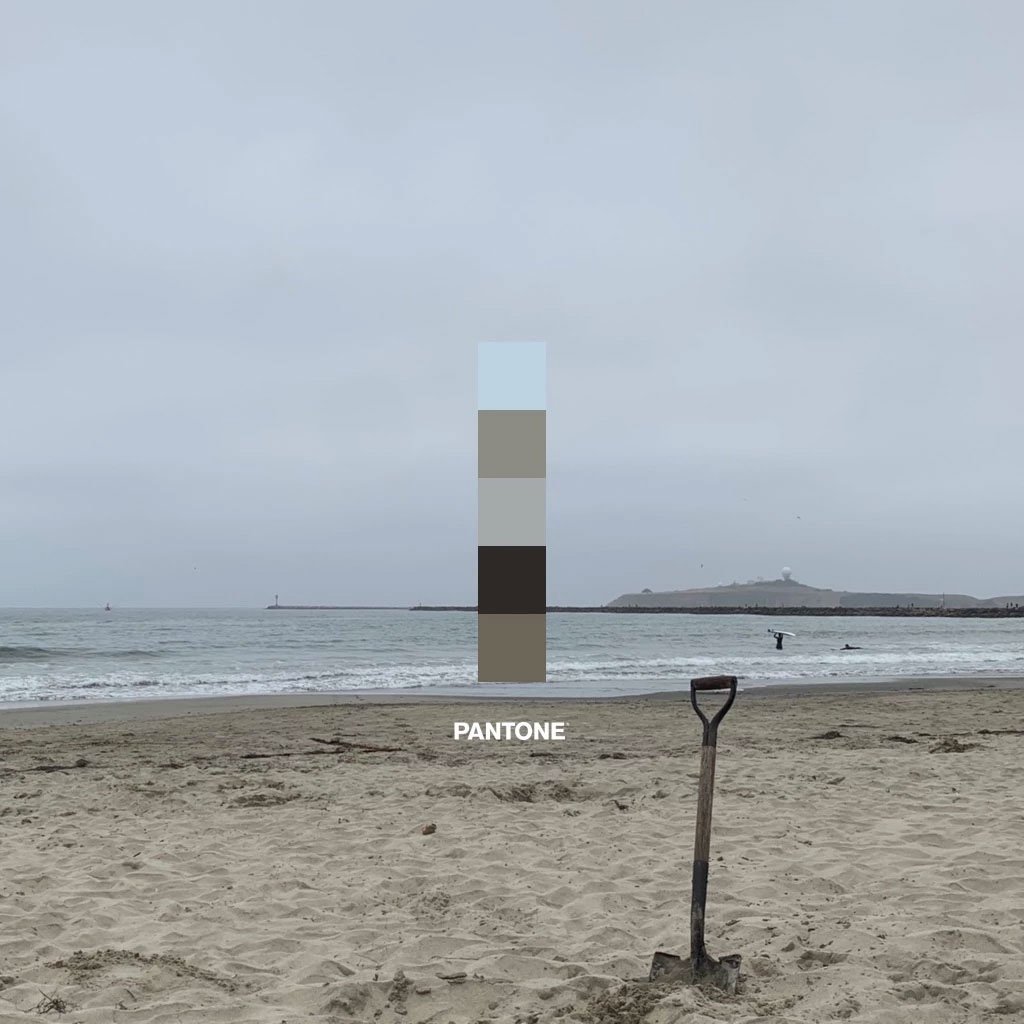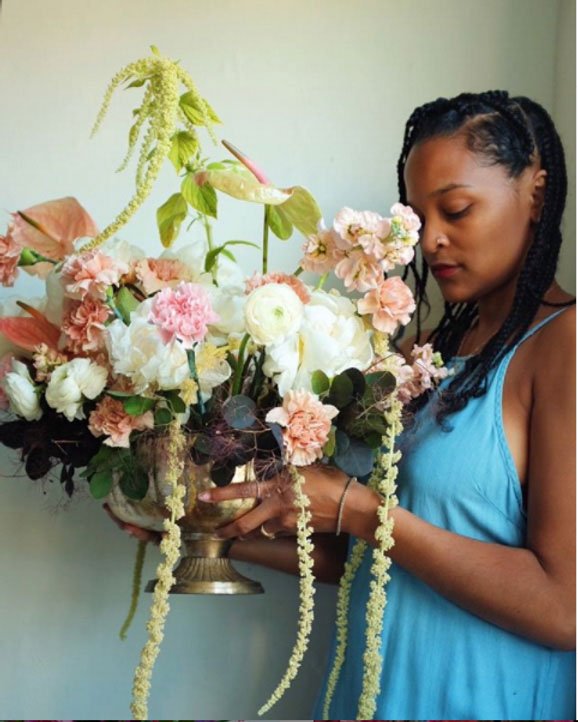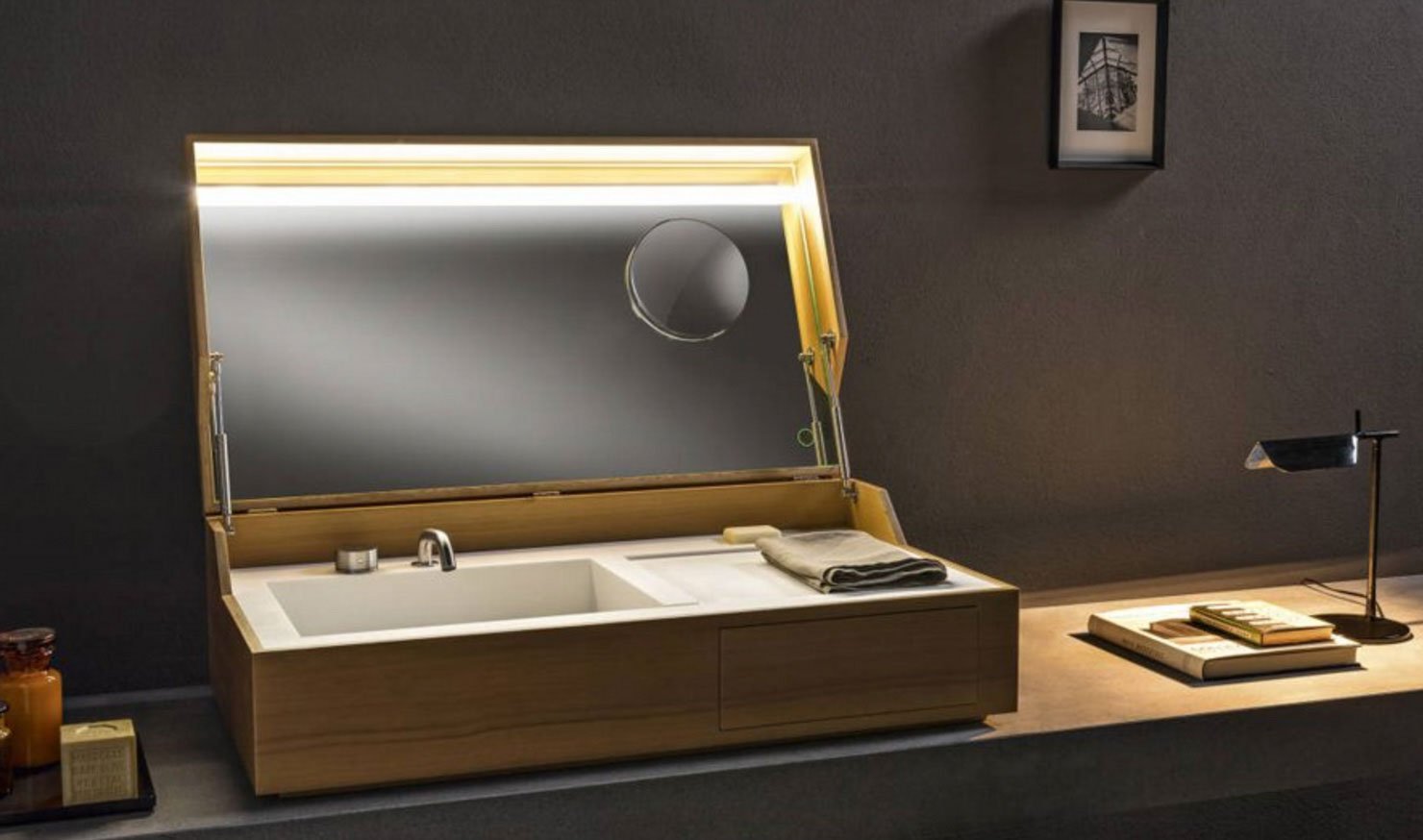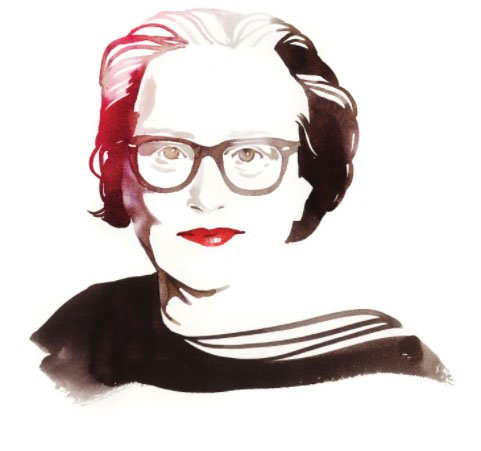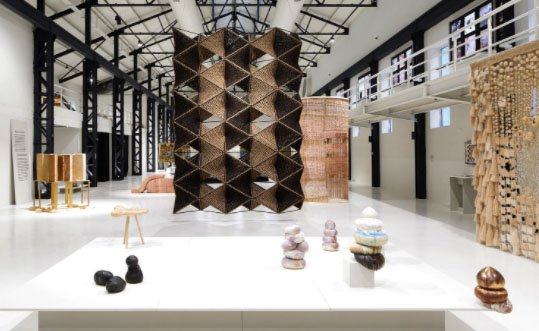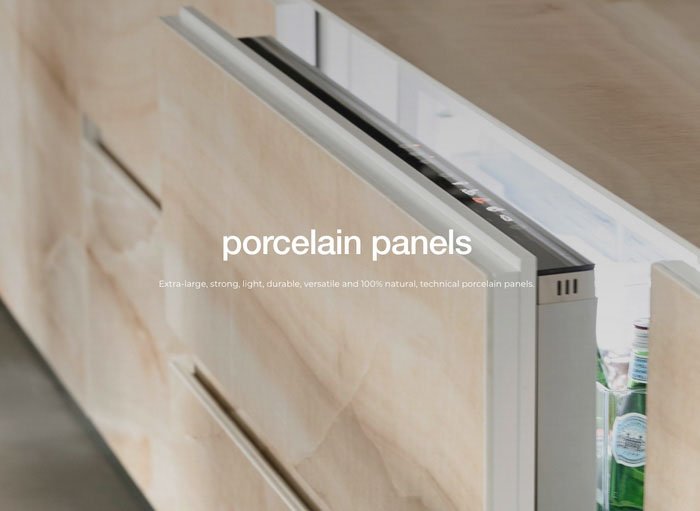Interior Design Premiere: Highlights from High Point Market, Spring 2024
HIGH POINT MARKET: “The Home of Home Furnishings.”
Read all about my experience at High Point Market, the largest US interior design market with showrooms, parties, networking, and events. This market encapsulates everything that relates to interior design and the interior design industry.
HIGH POINT MARKET
“The Home of Home Furnishings.”
Going to any industry market is an immersive experience in product, parties, networking, and events - High Point Market in North Carolina is no exception. This market encapsulates everything that relates to interior design and the interior design industry. I’m excited to share about my first ever #HPMKT and I have so much to think and talk about!
MARKET STATS:
Days attended:
3
Showrooms visited: 25+
Steps taken: 34,794
Coffee breaks: 6ish
Cocktails enjoyed: 6ish
Events attended: 4
Tote bags collected: 7
Photos taken: 641
Miles traveled: 3,790+
My Top Three
Favorite Showrooms:
Verellen
CFC + Noir
Rowe
MARKET DAY ONE:
FIRST STOP: Cisco Home showroom. I’ve been working with Cisco for many years now and I like a lot of things about them. First, like much of my vendors, their furniture is made in the US. Depending on what it is, their furniture is made in either Los Angeles (their home base where Cisco was founded) or High Point, NC (where the majority of stateside furniture is made). I loved seeing their new designs and textiles, all of which are thoughtfully made and eco-friendly.
Next up:
Keynote speaker, Bunny Williams!
Bunny has been doing interior design since the 1960's and has a wonderful new book out called “Life in the Garden’. This is her fifth book and every attendee received a free copy. Hearing Bunny talk about her personal and expansive garden was so inspiring! Saying that I am a garden novice is an understatement. However, Bunny just may have inspired me to start small (aka “Fibonacci that shit” - Tiffany Han) with some containers.
ONTO THE NEXT SHOWROOMS!
There are approximately 2,000 vendors and around 180 buildings in High Point so deciding on which one to visit came down to what neighborhood my scheduled events were located. I wanted to be as efficient as possible and not waste time. Since I was already in the IHFC building, all I had to do was walk a couple of doors down to check out the showrooms in this building that is five wings and eleven stories high. Shown here is a vintage postcard that pictures the IHFC building when it was build in 1921,
NUEVO:
The Nuevo brand is known for their clean, contemporary furniture and lighting. We particularly loved their beautiful color palettes which included upholsteries in creams, rust, blacks, and grey colorways.
We love Nuevo not only for their style, but their customer service is stellar. We recently ran into an issue with a coffee table from them and they didn’t hesitate to make it right.
NOIR:
This brand actually has two showrooms in High Point and I loved them both. Their furniture and lighting is designed in Los Angeles and as their name implies, the feeling is moody and unique. There was a lot of vintage inspired furniture, including pieces that were reminiscent of the 1970’s and some pieces that had design elements from the 1940’s. Their sister brand, CFC, is very similar, the main difference is that their furniture is all customizable and their furniture is made by hand in California where Noir is neither of those things.
HP/MKT DAY TWO
Monday morning was the Hot Spot Tour with design influencer, Jaclyn Isaac, from Doni Douglas Design in NJ. Jaclyn is a vintage aficionado and took us to the best vintage and antique booths at the market.
My favorite vintage finds were:
1) A pair of vintage lounge chairs, estimated from the 1970's, reupholstered in a 70’s inspired gold and brown check velvet.
2) From the beloved San Francisco artist, Ruth Asawa, a wire-knit hanging sculpture in her infamous style.
3) From Westend Antiques + Project One: A brown and gold coffee table, circa 1960's. The patterns on it were reminiscent of water on a heavily textured canvas.
The rest of Monday I was up in those High Point streets and hit a ton of amazing showrooms and booths. But first, cocktails, snacks, and caffeine to keep me going.
That afternoon, I made a visit to the 211 E Commerce building which houses some serious powerhouses when it comes to furniture showrooms. Rowe was first, and they did not disappoint. Their showroom was huge and they had a lot of different ideas and styles. There were many displays and vignettes that I loved and in one area, they partnered with influential designers to make beautiful living spaces in different styles.
This building had four stories and was a full city block. After my visit to Rowe which was right at the entry and came highly recommended because of their excellent open coffee and snack bar, I went straight up to the fourth floor and worked my way down.
FOUR HANDS
Wether you know it or not, you have seen Four Hands furniture. Headquartered in Austin, Texas, it is a top global designer and wholesaler of innovative lifestyle home furnishings. You can find their furniture from large companies, such as Lulu & Georgia to local stores like Artesanos.
SURYA
I stoped by the Surya showroom because of their launch party celebrating their collaboration with Becki Owens. The tagline for this collection is “Approachable Styles for Every Home” and I would agree. The line featured rugs with classic styling with a modern makeover. There were also neutral pillows and throws for the added layer.
Show here is the bar located inside of the Surya showroom. This showroom was one of many with cafes, bars, and lounges that were throughout the Market.
HOOKER FURNITURE
For nearly a century, this company has maintained an impressive flagship showroom in the IHFC building in High Point. Spanning approximately 90,000 square feet, this showroom highlights the enduring quality and timeless appeal of Hooker Furniture's pieces. Renowned for their longevity and diverse range of styles, Hooker Furniture offers an extensive selection of products that cater to various tastes.
MARKET DAY THREE
Tuesday was my last and possibly my favorite day. I got to the market early at 8:30am (6:30 Colorado time!). Things were definitely happening, especially at the coffee truck. I got my regular oat-milk latte, caught up on some emails and quickly hit a few near-by showrooms.
I didn’t meander too long as I was excited to make it to an industry panel all about trend forecasting and textiles, two of my favorite things!
“INSPIRING THE FUTURE”
This Panel was hosted by Jaye Mize, the VP of Creative at Fashion Snoops (FP) on the textile trend forecasts that were determined at the end of last year and it’s impact on the textile design process.
Fashion Snoops is “the leading trend-forecasting platform that validates consumer behaviour with data, connecting the dots from cultural influence to product innovation.”
Together with the Textile Alliance, Jaye and three guests from the Alliance discussed interior design trends, textiles, in addition to adding their personal experience to what FS has found. There were many takeaways but my top three were these:
ARTIFICIAL INTELLIGENCE
You can't listen to the news today without hearing about the triumph and fear surrounding artificial intelligence. That said, designers such as Kelly Wearstler have embraced AI as a very capable design tool. The overarching caveat is that human interaction is needed to edit the results. We as consumers (aka human beings) need to be sceptical and learn to discern the subtle differences.
This image was made by me with Ai.
I gave Chat GPT this prompt: “Hi, please generate an image of a stylish woman sitting in a beautiful chair with a dog, her outfit should be floral patterned and it should feel similar to the image I've attached.”
SUSTAINABILITY
Many of you know that at Dorothy Parker Design, one of our top values is sustainability. Because it’s a part of our business model, it’s no surprise to me that sustainability is a large trend.
What’s interesting is that wellness and sustainability are now interwoven into one category whereas before the were very separate. We are seeing the demand and the desire for healthier homes, and better made products across the board.
Generational Differences in Design
I love learning from our youth. It is so important that we listen to what they say and take them seriously. Gen Z was born between 1997-2012 and their current age range is 12 – 27. The focus was on older Gen Z folks. It’s no surprise that Gen Z and the Baby Boomer generation express themselves differently.
Baby Boomers’ style is their identity. If they like sailing, you will likely find that their home and some of their clothes will have a sailing theme.
On the other hand, Gen Z is being described as “Trend Agnostic”. They also feel like anything and everything can go together, think eclecticism that meets rule-breaking
(which we love here at DPD). With Gen Z Nostalgia, Ancestry, and values are on full display
Further Trend Exploration For The
Emerging Interior Design Fall 2024 &
Winter 2025: Key Forecasts and Definitions
QUIETUDE
“At the center of occasional solitude, there is harmony. When we are unencumbered by distractions, we can recharge and recenter. Brown shades with orange undertones, delicate pastels, and refreshing neutrals bring a sense of peace and serenity.
Seacell fiber blends, bio-based contract textiles, brushed tactility, 3D printed ceramics and carbon-neutral concrete are all ideal examples.”
ART DE VIVRE
“Fresh aesthetics combine with storied historical artifacts. A resurgence of Victorian design sensibilities infuses timeless luxury into modern pieces.
The color palette is inspired by a fall sunset - muted oranges and yellows - alongside a spectrum of blue hues and forest greens. Think crafted cane, hand blown and sculpted glass fixtures, intricately carved hardware, Neo-traditional tufting, oak and mahogany woods.”
MUSE
“Gather inspiration from a curated assemblage of old and new artisan motifs. When looking through the lens of a modern-day collector, let heirlooms and traditions be your guides. Sunshine yellows, tender greens, and delicate pinks and purples create a vivid fusion of old and new.
Mixed crochet, epoxy cast resin, fuzzy piles, vintage and upcycled patchwork, reclaimed leather, and painterly melts all showcase this trend.”
MAXIMA
“Channel the romantic, free-flowing energy that defined the 1970’s. Engage senses with luxe textures, plush materials and cinematic vignettes. Saturated jewel tones - punchy pinks, buttery caramels and sapphire blues - evoke a dreamy, immersive mood. Envision vintage burl woods, colored glass, warm toned marbles, dense and lustrous velvet and gathered drapery.”
Honestly, I loved everything they discussed and have noticed elements of each one in my projects and products. Sometimes, even a combination of elements from multiple categories since every design we create is customized for our clients. This event could be a full blog post, and maybe even will be, but I did do other things on my last day at Market…
Despite my fatigue, I didn't want to miss the last few showrooms on my list, which included Norwalk, Curry & Co., and my final visit was to Verellen (a Market favorite of mine).
Norwalk Furniture
Interior designer Kim Salmela collaborated with Crypton® Fabrics to launch her first textiles collection, which debuted at Norwalk Furniture while we were there during Spring High Point Market 2024. The fabrics feature relaxed, organic, and modern designs inspired by the textures of vintage rugs, tapestries, and textiles from her travels.
Corbett Lighting + Noz Nozawa
Noz Design, from my other hometown of San Francisco, launched a gorgous maximalist lighting line with Corbett Lighting. Merging Noz Nozawa's illustrious interior design career and passion project of designing jewelry, her debut lighting collection tells the brilliant story of what's possible when these two art forms collide. Also shown here is another amazing San Francisco artist, Caroline Lizarraga, who launched her first wallpaper collection based on her hand painted fine art designs.
Verellen
I first started using Verellen when I worked for Ken Fulk many years ago. We loved that they made everything in a contemporary Scandinavian style and it was all fully customizable. More than fifteen years later, their styles and their values still resonate with me.
I love their clean lines and just how comfortable their furniture is. I am also impressed that they have focused on sustainability for all these years, even before it was something people sought out.
Conclusion: High Point Market - A Center of Inspiration and Innovation
Overall, High Point Market was a fantastic experience, it was filled with inspiration, insights, and valuable connections. From Bunny Williams' inspiring keynote to the engaging panel on trend forecasting and over twenty five showrooms, every moment offered something new.
The showrooms showcased a wide range of styles, from vintage finds to contemporary innovations, highlighting the diversity in interior design. Fashion Snoops' trend forecasts were particularly insightful, and I’ve loved incorporating those elements and explaining it to my clients and their projects.
Reflecting on my time at the market, I'm eager to apply these new ideas to create spaces that continue to blend beauty, functionality, and sustainability.
High Point Market was an invaluable experience, and I look forward to sharing more insights in future blog and Instagram posts. Thank you for joining me on this journey!
What is your favorite trend, showroom, or product shown? Let us know in the comments!
Don’t forget, sharing is caring. If you know someone who might be interested in this piece feel free to pass it on!
Designing and facilitating a sustainable home and lifestyle for our clients is at the core of what we do at Dorothy Parker Design. Dorothy Parker is a certified Green AP through the Sustainable Furnishings Council and brings this unique knowledge to create a naturally beautiful home for your family.
Although Dorothy Parker is originally from Durango, Colorado, she cultivated her design expertise in San Francisco for more than twenty years. For ten years, Dorothy worked with renowned designer Ken Fulk, who is now an influential tastemaker with international projects and offices in San Francisco, Los Angeles, and New York. While working (and wearing many hats) on some of Fulk’s most notorious projects, Dorothy perfected her craft and learned the art of installation as a critical component of the success of a design.
Three things I won’t use on my design projects
Every designer has a thing or two that they won’t use. Read my blog to find out what is on my list of “don’ts”.
Interior Design styles may come and go but their materials will last longer than most of us. Every designer I’ve worked with over the last few decades has something that they wrinkle their noses at.
My former employer Ken Fulk had a long time aversion to chenille fabric. In contrast Sherry Morse, another designer I worked with, loved Chenille but wasn’t always a fan of contemporary design.
So what is it that I avoid? Hint, it’s not chenille.
Vinyl
Vinyl (also known as PVC) is everywhere but it’s my goal that it won’t be in any of my projects. Vinyl flooring is the most common use of PVC in my experience. But there is also fabric, wallpaper, window shades, and home siding all made with vinyl.
What’s my issue with it? Vinyl is called “the poison plastic” because it’s terrible for indoor air quality and the manufacturing and disposal of it is very damaging to the environment, water sources, and the people in the surrounding areas.
PVC/Vinyl is a known carcinogen and is responsible for “Cancer Alley” In Louisiana. To learn more about Cancer Alley listen to the podcast Discarded. It’s a story about both environmental justice and also how these companies target black communities to put their awful plastic (cancer) making companies in their backyard.
SWAP THIS TO THAT:
Fast Furniture
The EPA estimates that 9 million tons of furniture are thrown away every year in the US alone. Like fast fashion, fast furniture is a real problem and most of us are part of the problem. But the onus is really on the manufacturers. We as customers can only do so much and the large majority of people don't have furniture budgets that allow for furniture that isn’t something that has a five year lifespan.
While it’s pretty easy for me to steer client’s away from Vinyl products, this one is definitely trickier. Furniture is a large investment, so really my goal is to work with clients to not throw away the furniture we are replacing.
Instead of the dumpster, I recommend donating it to the Restore by Habitat for Humanity or another local non-profit who can come and retrieve the items so it’s easy for them. I also recommend trying to fix or do a DIY update on pieces of furniture. Another option is to post it on a Facebook group (for folks in Durango) or Craig’s List for everywhere else.
Also, whenever you’re looking for a new piece of furniture always check out some used options. I’ve found some of my favorite pieces off of Craig’s list and even on the streets of San Francisco!
SWAP THIS TO THAT:
Try luxury upcycling such as the coffee table in this image that was handmade by our one and only Buck for Ken Fulk.
The top is made from salvaged Moroccan doors (not to mention the vintage Moroccan rug it sits on).
Leather
Out of all three of my “don'ts” this one is by far the hardest material to avoid. Despite its association with luxury and durability, raises significant ethical and environmental concerns that make me reluctant to use it in my design projects. While I understand the appeal of leather and its timeless aesthetic, here are some reasons why I choose to avoid it:
Environmental Impact:
The production of leather involves several environmentally damaging processes. Livestock farming for leather requires vast amounts of land, water, and feed, leading to deforestation and water scarcity. Additionally, the tanning process, which treats animal hides to make them suitable for use, requires the use of toxic chemicals such as chromium, which contributes to water pollution and poses risks to human health.
Sustainable Alternatives:
Right now there are three on the market with Desserto’s Cactus Leather claiming to be the most durable for upholstery. The other two that are being used are AppleSkin Leather and Pinatex’s Pineapple Leather.
All three of these are being implemented across the fashion and home industries. Cactus Leather is being used in BMW’s upholstery! I can’t wait to design a piece of furniture that uses this type of vegan and eco-friendly materials.
SWAP THIS TO THAT:
In conclusion, as an interior designer, I believe it is essential to prioritize ethical sourcing and environmentally conscious materials. By steering clear of vinyl, fast furniture, and leather (except for vintage pieces), I strive to create spaces that are not only aesthetically pleasing but also contribute to a healthier planet and a more compassionate world.
I would love to connect with you - check me out on my website and social media platforms to stay engaged and inspired!
Follow Me on Social Media: Join the conversation on my social media accounts, including Instagram, Facebook, LinkedIn and Pinterest for regular updates, design insights, and behind-the-scenes peeks into my projects. Engage with me and other like-minded individuals who share a passion for sustainable design.
Collaborate and Connect: If you have a project in mind or would like to collaborate on an initiative that aligns with sustainable design principles, reach out to me through my website's contact form or direct message on social media. Let's work together to create spaces that make a positive impact.
Remember, each decision we make as designers and consumers has the potential to shape a more sustainable future. Let's join forces, embrace responsible design practices, and create spaces that reflect our commitment to a better world. Together, we can make a difference.
Thank you so much for reading this post! I appreciate you and hope you’ve found something helpful.
Want to know more about our sustainable interior design services? Email us here or you can book a complimentary call here.
Designing and facilitating a sustainable home and lifestyle for our clients is at the core of what we do at Dorothy Parker Design. Dorothy Parker is a certified Green AP through the Sustainable Furnishings Council and brings this unique knowledge to create a naturally beautiful home for your family.
Although Dorothy Parker is a Durango, Colorado native, she cultivated her design prose in San Francisco for more than two decades. For ten years, Dorothy worked with renowned designer Ken Fulk, who is now an influential tastemaker with international projects and offices in San Francisco and New York.
Interior Design Trends for 2023
We are now in 2023 and if you've been wondering what's coming next in this constantly evolving world of home design and decor ideas, then look no further!
We've rounded up some of our favorite forecasts and predictions for 2023 so you can start incorporating them into your own life
No more white kitchens! Look out for more earth and wood tones…
In the last decade, the interior design industry has seen an explosion of different trends. Some have stuck around for years, like mid century modern design, reclaimed wood, and Scandinavian style furniture in a space. Others are so fleeting that we can hardly remember their blip on the radar.
We are now in 2023 and if you've been wondering what's coming next in this constantly evolving world of home design and decor ideas, then look no further! We've rounded up some of our favorite forecasts and predictions for 2023 so you can start incorporating them into your own life—and maybe even beat the trendsetters out there who will use them first.
Sustainable Design
If you’ve found yourself on our website then you know that we focus on sustainable interior design.
Fortunately for the planet we aren’t the only ones. Many companies large and small are implementing their values and what the market is demanding.
Sustainable design is a conscious effort to create a home that is environmentally friendly. This approach to interior design considers the environment and strives to reduce consumption, waste, and pollution by utilizing sources that are renewable, recycled, and low toxic. The goal of sustainable design is not only to help protect the earth's resources but also to improve indoor air quality.
In addition to these practical considerations, more people are becoming aware of the psychological benefits of living in an eco-friendly space. Having clean indoor air quality is important to everyone’s health and has both short and long term implications, especially in children.
Vintage Furniture
For as long as I’ve been in the design industry (since 2004!) I have always used vintage furniture in both our own designs and when working for other interior designers.
During the height of the pandemic vintage furniture became an important staple of design due to the disruption of the supply chains.
This trend isn’t going anywhere, and we love that vintage furniture is a great way to reduce your carbon footprint, while also creating a more eco-friendly home. Sourcing vintage is all about reusing old pieces of furniture in new ways.
Vintage items are a great way to implement something unique and personalized into your home design. You'll be amazed at how much character these pieces have compared to their new, mass-produced counterparts that come from factories overseas.
As for trending design styles on the vintage market, right now we are seeing a lot of pieces from the 70’s and 90’s. There is also a nod to neoclassical designs featuring Greek Key patterns and column motifs.
Pictured right: A Côte d’Azur home by Jean-Charles Tomas with the highly collectible Mesa cocktail table by .H. Robsjohn-Gibbings.
Raw Materials in Restoration
Exposed brick, unfinished wood floors, and stripped back ceilings of buildings has become a staple of renovation in buildings built pre-mid century.
Our team has executed this numerous times in both San Francisco and Durango. One of our first projects where we dove into this foray of design was when Buck was on the renovation team for our former long-term employer, Ken Fulk. His design studio (shown above), dubbed “The Magic Factory,” was where we both worked for nearly twenty years combined. This building is now for sale for a cool $8.9 million, check it out here. Fulk recently was inducted into Hospitality Design's hall of fame for his restoration of historical commercial buildings.
At our new design studio in downtown Durango we have been peeling back the layers of plaster, carpet, and wallpaper and have unearthed some beautiful raw finishes. In the beginning of my interior design career we would have polished up those discoveries but now we, along with other top designers, are stripping down to uncover the original raw elements and leaving the wear and tear as evidence of the building’s history.
The best part about this now evergreen trend is that anyone can do it. It also reduces the need for new materials which is better for the planet and your budget. Some examples of this are doing away with plaster to uncover the original brick, removing drywall to expose the raw steel beams and pipes, and pulling up carpet to reveal original hardwood floors.
Nature Themed Patterns and Decor
A wide variety of nature themed design elements are showing up in many of the interior design magazines that we reference including Architectural Digest and Elle Decor. The cover of Architectural Digest’s January 2023 issue is a Los Angeles living room that bridges the inside and the outside with large windows, exterior landscaping mirrored with indoor trees and a green, pink, and oak color and materials palette. Read and check stunning photos about that amazing project from Studio Shamshiri here.
Biomorphic shapes are on the rise for both furniture, lighting, and patterns. Biomorphism is defined as life-form (bio=life and morph= form).
Biomorphic shapes are often rounded and irregular, unlike most geometric shapes.
One example of a now coveted and sought after design is the Mesa coffee table by T.H. Robsjon-Gibbings designed in the 1950’s. It is stunning and is garnering prices of more than $300k at auctions as of late. (See the above example!)
Some other examples of more accessible pieces are the Sassolino Burl Wood Nesting Tables from Crate & Barrel, The Bates Bunching Table from our local source, Artesanos, and The Vestry Tables from Maiden Home.
In conjunction with the Biomorphic theme are the mushroom patterns and shapes we are seeing everywhere and the floral patterns that are still showing up on wallpaper and fabric. Plus the still present use of stone and wood on walls, ceilings, and the more typical countertop and flooring application.
Wrapping up 2023 interior design trends:
Sustainable Design: With more technology and more knowledge, sharing this is more of a movement than a trend. Let’s keep it going by supporting companies that are doing the right thing.
Vintage Furniture: Reuse, reduce, recycle! Buying anything vintage helps with sustainability and style at the same time!
Raw, Organic Feeling Materials: If you’re restoring an older or historic space let those architectural elements take center stage if possible.
Nature Themes: Biomorphic shapes which are soft and organic feeling are among nature themed designs along with floral patterns and mushroom shapes and patterns.
There are so many more I didn’t have time to include! Check out the 2023 Winter issue (coming soon!) of the Four Corners Real Estate magazine to read more interior design trends that I am seeing and that forecasters are predicting.
Thank you so much for reading this post! I appreciate you and hope you’ve found something helpful.
What is your favorite idea or product listed? Let us know in the comments!
Don’t forget, sharing is caring. If you know someone who might be interested in this piece feel free to pass it on!
I
f you or anyone you know needs help implementing or sourcing any of the things discussed here, contact us here or you can book a complimentary call here.
Designing and facilitating a sustainable home and lifestyle for our clients is at the core of what we do at Dorothy Parker Design. Dorothy Parker is a certified Green AP through the Sustainable Furnishings Council and brings this unique knowledge to create a naturally beautiful home for your family.
Although Dorothy Parker is a Durango, Colorado native, she cultivated her design prose in San Francisco for more than two decades. For ten years, Dorothy worked with renowned designer Ken Fulk, who is now an influential tastemaker with international projects and offices in San Francisco and New York. While working (and wearing many hats) on some of Fulk’s most notorious projects, Dorothy perfected her craft and learned the art of installation as a critical component of the success of a design.
What is the Difference Between a Interior Decorator and an Interior Designer?
Many people wonder what the difference between an interior designer and an interior decorator is.
The answer for an interior designer is simple, it’s either an interior design degree or a minimum of 6 years of experience under a professional designer.
Many people wonder what the difference between an interior designer and an interior decorator is. As someone interested in linguistics I wanted to explore the actual definition of each.
According to the Merriam-Webster dictionary the definition of a designer is “one who creates and often executes plans for a project or structure”. Similarly, the definition of a decorator is “one that designs or executes interiors and their furnishings”.
Aside from dictionary definitions, what is the actual difference in practice? The answer for an interior designer is simple, it’s either an interior design degree or a minimum of 6 years of experience under a professional designer.
What does this mean for the client and their project? Let’s take a look at some of the small and big differences.
Space Design
This quote from the Rocky Mountain College of Art + Design perfectly states the difference:
“Interior design is the art and science of understanding people’s behavior to create functional spaces within a building, while interior decorating is the furnishing or adorning of a space with decorative elements to achieve a certain aesthetic. In short, interior designers may decorate, but decorators do not design.”
Both decorators and designers know how to pick out furniture and know how it will go into a room. However, a designer will be more likely to use Autocad to create drawings of floorplans and elevations for your space. Autocad is the industry standard for interior designers, architects, furniture designers, and many other design industries. CAD stands for “computer aided design” and due to its price and complexity is overall not used by people who have not been trained to use it.
The advantage of using Autocad is that the design is easily adjusted and duplicated for different purposes. For instance, when it comes to a renovation project there will be multiple plans including:
The Floor Plan with architectural details such as cabinets, windows, and doors.
A Furniture Plan showing the placement and layout of the furniture and large accessories.
The Construction Plan shows what walls are being moved and/or eliminated.
Design Elevations showing pieces in scale and place.
A Ceiling Plan showing where lighting is to be installed.
And lastly, an Electrical Plan that shows outlets and switch locations.
To do any of that by hand would be extremely time consuming and not as accurate or detailed.
Experience
There are many industry groups for both interior design and interior decorating.
For interior design the most prominent group is ASID which stands for the American Society of Interior Designers. There are different levels of ASID memberships and, as a general rule, to be accepted to their organization one must have a degree and/or at least six years of full-time interior design work experience.
Having been in the interior design industry since 2004 with notable and experienced interior designers, I evidently have much more than six years of experience. Additionally my business and life partner has a background in construction specifically for interior designers and helps with renovation and design plans which gives our business an added level of knowledge and expertise.
In contrast, to become a certified interior decorator, one must only complete a course that can take as little as two weeks. Once you get your decoration certification you are on your way to home decoration.
Construction Knowledge
This is likely the biggest difference between decorators and designers. Designers have structural and technical knowledge and skills. A designer can look at a space and can work with contractors and or architects to modify the physical space of a room or a whole home.
For instance, with one of my local clients we are moving a wall and all of its components including electrical and even modifying a vent pipe size to expand the size of the kitchen. For this we will work with a number of trades including demo, wall framing, drywalling & finishing, electrician, and other installers. Our team will oversee the whole schedule and process including creating the plans for it all.
Decoration
In contrast to renovation knowledge, decoration is where designers and decorators are in alignment. Both trades have knowledge about color, pattern, styles, trends, etc. Again here is the execution of it all and the designer or decorator’s experience level. Obviously if someone has been practicing for a long time they will have knowledge and experience that is of great use. When a full service designer is involved they will oversee the paint that is applied, the lighting that is installed, and any other trades that bring the design to life.
How do you pick?
If your project doesn’t need renovations or more than a painted wall, a decorator can certainly get the job done. However a designer can do it as well. So what should you look for in either one?
My advice is to pick someone who you have a good connection with both stylistically and personally. A few good questions to ask either a decorator or a designer are:
What is your design process like?
What type of services do you offer?
What is an average budget for your projects?
How long will it take?
Are you taking new clients and if so do you have a wait list?
Who is on your team and will they be working on my project?
Also you can always ask for references. Many interior designers do charge for a consultation however they don’t charge for exploratory phone calls. When you do either, be sure to have any of your questions ready so you can make the most of your time with them.
Recapping the differences:
When it comes to a project interior designers may decorate, but decorators do not design. The main reasons for this are:
Experience in the interior design industry for at least 6 years or an interior design degree.
Working relationships with construction trades.
Computer aided drawings with the industry standard, Autocad.
Construction knowledge.
Thank you so much for reading this post! I appreciate you and hope you’ve found something helpful.
Want to know more about our sustainable interior design services? Email us here or you can book a complimentary call here.
Designing and facilitating a sustainable home and lifestyle for our clients is at the core of what we do at Dorothy Parker Design. Dorothy Parker is a certified Green AP through the Sustainable Furnishings Council and brings this unique knowledge to create a naturally beautiful home for your family.
Although Dorothy Parker is a Durango, Colorado native, she cultivated her design prose in San Francisco for more than two decades. For ten years, Dorothy worked with renowned designer Ken Fulk, who is now an influential tastemaker with international projects and offices in San Francisco and New York. While working (and wearing many hats) on some of Fulk’s most notorious projects, Dorothy perfected her craft and learned the art of installation as a critical component of the success of a design.
Interior Design Materials for an Eco-friendly Home
When interior design materials are better for the Earth’s environment, it’s likely they are better for your home environment as well.
The interior design industry is changing at rapid speed and so are the materials being used. Some of the new materials are better for the environment and in other cases they are much worse.
When interior design materials are better for the Earth’s environment, it’s likely they are better for your home environment as well.
Let’s dive into the best and the worst materials for your home and the ecosphere.
Sustainable Interior Design Materials
There are a lot of companies that will say their product is sustainable or eco friendly. Being the skeptic that I am, I always want to know the specifics to insure their claims aren’t trying to greenwash us. That said, I have a handful of trusted eco-friendly material sources and furniture companies that are my go-to choices.
When it comes to sustainable furnishings there are two main components that I look for. First, where it is made and second, what’s in it.
As certified Green AP through the Sustainable Furnishings Council I’ve learned a lot about how to design healthy environments inside and out. Through the SFC and my own research I’ve learned the questions to ask to become a sustainable interior designer.
My goal when looking for green materials and furnishings is to aim for progress over perfection. I want to find the companies whose values match mine and are striving to succeed at the triple bottom line: People, Planet, and Profit.
Furniture, Fabrics, & Rugs
For furnishings, my goal is for the materials to either be recycled, vintage, natural, and low in toxins. For instance one of my favorite fabric makers, Maharam, not only uses recycled content but also is committed to reducing harmful chemicals used in fabric production such as antimicrobials, flame retardants, and harmful stain repellent finishes known as PFAS.
My favorite type of recycling is using vintage furniture, accessories, and rugs. Having a vintage piece in a space gives it character and helps tell a unique story about the space. I always look locally for something unique first, such as an upholstered piece that Violet Mae Upholstery can reupholster for me. For extra special items my two favorite online sources are Chairish and 1stDibs.
When it comes to rugs I try to pick vintage, wool, or rugs made with recycled materials. It’s also important to know that the makers are being treated fairly as rug making has been known for its forced labor of people and children.
I have a handful of new rugs (or rugs in transit) in my new home here in Durango, CO. My office rug is from Surya and is made from 95% recycled water bottles. My other rugs are either vintage or from Loloi. I have talked about Loloi rugs a lot on my blogs and despite feeling repetitive they are one of my favorite vendors. The reasons for that are: first, style; second, quality & materials: and third, their equitable treatment of their workers.
Tile & Floors
When it comes to the finishes of an interior design project, it is important to ethically source your tile, hardwood flooring, or carpet.
These elements are some of the most important when looking at natural design materials. This is due to the fact that they are permanent design elements until they are torn out for remodel, and they cover the most space.
For instance, flooring is applied to your entire house and if it’s made of a toxic material, such as vinyl, you will be breathing in the off-gassing agents for as long as you live there. For the most part, I prefer to use engineered hardwood flooring. I like engineered hardwood because of the fact that less trees are used to make them.
D&M flooring has a great line of flooring that my clients have loved and I have installed them in my own home. The planks are nice and wide and they have a good color range.
D&M flooring has listed their Green Commitment on their website and some of their sustainable dedications include being C.A.R.B. Compliant, LEED point eligible, certified Low VOC, and having their products being tested and ranked under the Floor Score protocols by SCS Global.
As for tile, my hands down favorite vendor is Fireclay Tile. Not only do they produce beautiful products but their tiles are made from recycled ceramics and they are a certified B Corp.
Additionally, the tiles are handmade in San Jose, California in a Zero Waste, Climate Neutral facility.
FSC Wood & Wallpaper
Another component that helps the environment is choosing furniture, flooring, or wallpaper that are made with Forest Certified Wood. FSC certification helps trace the wood and makes sure it’s not being illegally harvested which is a contributor to global deforestation and forced human labor. Want to know more about forest certified furnishings for your home? I took a deep dive on the topic in a previous blog post FSC Wood for an Eco-Friendly Home.
According to the Sustainable Furnishings Council’s Wood Furniture Scorecard, a few top scorers are Cisco Home, Williams Sonoma, Inc., and Crate & Barrel. All of these companies are mentioned in my blog post featuring forest certified furnishings for your home here. (Note:There has been some controversy over Ikea’s FSC furniture. As I learn more I can no longer endorse all of Ikea’s sustainability claims.)
As for local sustainable furniture options, there are two new Durango-based FSC wood furniture makers I’m eager to source from for my clients. If you’re looking for custom case pieces definitely check out Animas Craft Woodworking and Southwest Handmade.
I love wallpaper but, like flooring, if it’s made of vinyl it’s unhealthy for you and toxic for the environment. So when I choose wallpaper, I always pick actual paper. It’s good to know that Wallpaper can also be FSC certified.
Low and No VOC Paint
Every house has walls that need to be painted both inside and out. Thanks to consumer demand followed by legislation, paint is much less toxic than it used to be. In the past you might remember painting a wall and having an unpleasant, pungent smell linger around for a few days. This was because of the chemical VOC’s added to the paint. This is not only bad for the environment but again introduces cancer causing chemicals into our homes.
When it comes to nontoxic paint, low VOC is a great option. If you want to take it further and choose an even healthier option is paint that is GreenGuard certified. This is a top-of-the-line option when it comes to designing a non-toxic home. GreenGuard certification helps ensure the paint has been tested and scientifically proven to have low chemical emissions.
My prefered choices for non-toxic interior paints are Benjamin Moore’s Aura paints, Clare, and Farrow & Ball. Clare and Farrow & Ball both have made clear declarations to make all of their products eco-friendly. Benjamin Moore has some work to do but considering they are in the top ten US based paint suppliers, many painters will pick their product so it’s good that they have sustainable options.
Transport Matters
Where items are made have a big impact on the carbon emissions as transportation is a major greenhouse gas contributor. Additionally, as we continue to see supply chain disruptors, the closer something is made the better chance we have at them not getting stuck at a loading dock, lost in transit, or damaged along the way. When possible I choose products that are US made despite that being challenging at times.
Luckily there are still plenty of good US made options. North Point is a small city in South Carolina that has long been a hub of furniture manufacturing. Los Angeles also has furniture manufacturers such as Cisco Home and Hello Medley.
A few other options of furniture that are both sustainably made and manufactured here in the US in addition to the above options are Floyd which is made in Detroit, Michigan, Loll contemporary designed outdoor furniture made of recycled plastic made in Duluth, MN, and Maiden Home a direct to consumer brand made in South Carolina.
Final Thoughts
As always, I like to remind myself and everyone that progress is better than perfection. I wish all furniture was sustainably made with natural, organic materials without VOCs and toxins. However, that is not realistic—yet. Until then, let’s practice shopping consciously and choosing mindfully.
When investing in your home, both furniture and finishes matter. Some easy guidelines when shopping sustainably to remember are:
Avoid Vinyl products such as flooring, siding, wallcovering, and window treatments.
Look for products that have been certified as FSC. (Forest Stewardship Council)
Buy used, antique, and vintage.
Low VOC paint and products are good, GreenGuard certified is even better.
Shop US made products.
Invest with businesses that reflect your values.
Designing and facilitating a sustainable home and lifestyle for our clients is at the core of what we do at Dorothy Parker Design. Dorothy Parker is a certified Green AP through the Sustainable Furnishings Council and brings this unique knowledge to create a naturally beautiful home for your family.
Although Dorothy Parker is a Durango, Colorado native, she cultivated her design prose in San Francisco for more than two decades. For ten years, Dorothy worked with renowned designer Ken Fulk, who is now an influential tastemaker with international projects and offices in San Francisco and New York. While working (and wearing many hats) on some of Fulk’s most notorious projects, Dorothy perfected her craft and learned the art of installation as a critical component of the success of a design.
Interior Design Color Trends for 2022
Every year paint color houses deem a new Color of the Year. I personally find this fascinating not just as an interior design aspect but also as a social science reflection. What do the colors of 2022 say about us and where can we expect to see them?
Every year paint color houses deem a new Color of the Year. I personally find this fascinating not just as an interior design aspect but also as a social science reflection. What do the colors of 2022 say about us and where can we expect to see them?
GREEN. It’s everywhere. According to some of the top color houses, green is the color you're going to see a lot of this year when it comes to interior design. As a sustainable interior designer, green is naturally an inspiring color for many clients; however, using the color wisely is more an art than a science.
Though we might see a handful of shades of green this year, there are other colors that Benjamin Moore has included in their annual palette forecast. Plus, these colors come in GreenGuard Certified, Low-VOC or No-VOC non-toxic paint options.
Let’s take a look at why we are seeing this trend and a few places at home where these colors can successfully be applied..
Behind The Forecasting
I love checking out new trends and not because I am someone who adheres to them. For me it’s new inspiration, and learning about the process of forecasting is fascinating.
Benjamin Moore’s forecasters often develop a color palette with a dozen or so different colors. What do they look at to create this palette? According to Benjamin Moore’s website “Our annual celebration of color is the result of a yearlong exploration into design, art, fashion, cultural and environmental influences around the globe.”
Through their research they find common threads across the mentioned diverse disciplines and take inspiration from there. From the design influences they look at furniture, lighting, fabrics, accessories, plus others, “and consider the relationship that paint has to each of them”.
Benjamin Moore’s Nature Inspired Design Color Palette
For 2022 Benjamin Moore has developed a broad color palette of 14 different colors. All of them have strong ties to nature and six of those are different shades of green. Their official color of the year, October Mist, is a soothing muted green. This botanical hue is a flexible and natural design color that can be used for entire rooms as part of the design theme.
Also on their list are my personal favorites: Natural Linen, Gloucester Sage, and Venetian Portico. I’m looking forward to seeing these colors in one of my sustainable interior design projects soon!
Another color combination from Benjamin Moore’s 2022 palette that would be stunning is a room with the walls painted in Morning Dew, a light creamy grey color with a touch of green, paired with Mysterious, a super dark blue that almost reads black as the trim.
More Green Design Colors of the Year
Obviously Benjamin Moore isn’t the only paint company around and it’s interesting that many paint companies chose green as well. Take Sherwin Williams, their color of the year is Evergreen Fog. Sherwin Williams describes Evergreen Fog as a “soothing, subtle, and perfect shade to freshen up any space”.
Their color experts painted it with an organic color palette including Shoji White, Urbane Bronze, and Woven Wicker. I also love their description of the palette they curated: “this nature-inspired palette of coordinating hues creates a modern, organic feel when paired with Evergreen Fog”.
Behr’s Pastel Green
Although this green paint color stands out from Benjamin Moore & Sherwin Williams. Behr’s 2022 color choice is named Breezeway which is described as “a relaxed and uplifting sea glass green expressing peace and tranquility for forward movement.”
The Meaning of Green
Color meanings can differ from one culture or country to the next. Some color meanings are well established in our conscious and subconscious because it’s all around us. Green is one of those colors. According to 99 Designs the color green represents “nature, groth and harmony - but also wealth and stability”.
These feelings are ones that I believe we all aspire for. I’m glad we’re collectively bringing in these green color attributes into our homes and world. It goes without saying that so many of us are seeking calm and nature all while growth is happening around us.
Another thought about why green is so popular in the home industry now is the booming trend of incorporating house plants in your living space as well as eco-friendly and natural decor in our homes. Even interior staging to sell a home, green is the go-to color pallet and one we’ve used multiple times when we staged our homes and homes for clients.
The last interior design trend I’ll mention is the rise of “sustainable style”and the green design movement, which have been growing steadily over the years. More and more organizations are popping up and companies are taking actions to help the Earth and us thrive. Green falls in line perfectly with this organic interior design trend and bio-design in general.
Trending Thoughts
At the beginning of the pandemic (approximately 1,000? years ago) I read a great article in Dwell Magazine that discussed predictions relative to design and lifestyle. This article featured Li Edelkoort, a globally respected and sought after Dutch trend forecaster.
Well before the pandemic she discussed sustainability issues and the blending of cities with nature. The green home and sustainable interior design trend that we are seeing now is right in line with her forecast two+ years ago.
I mentioned this in my blog post about trends shaped by Covid-19 and find it interesting that it’s still representative of where we are now.
Green Design Ideas
Above are some lovely green hues from Farrow & Ball and Clare Paint. Thesee color houses don’t do a color of the year per se although their sites have plenty of design inspiration.
We’ve talked a lot about green in relation to interior paint but there is plenty of green interior design inspiration to get excited about for wallpaper, furniture, tile, rugs, and more. Further, these examples below not only come in gorgeous green colors, they are green on the inside too—from recycled fabrics to healthy materials, forest certified wood, and low-toxic finishes.
Green Outline Sofa
From Design Within Reach, this Scandinavian designed sofa comes in a large selection of colors including multiple greens.
Hunter Green is shown here, it is also available in Velvet by Crypton in Moss. Most (if not all) of the upholstery options are made with healthy materials and low toxic finishes.
Green Dot Dash Backsplash Tiles
Sustainable kitchen design made easy and beautiful with the help of Fireclay Tile. The handpainted green and white tile was made in partnership with Block Shop Textiles. I love that Fireclay Tile is made with recycled materials in California.
Tangent Lounge Chair in Evergreen
Contemporary design by Blu Dot comes with the benefit of Marharam upholstery on some of their furniture. This Messenger fabric is made from 78% post-industrial recycled Polyester and is GreenGuard certified.
Wrapping up
Thanks for making it to the end of my blog! I love the color green and green design so it was pretty easy for me to dork out on this post. If you’re looking for some soothing paint color inspiration look no further than Sherwin-Williams’ Evergreen Fog or Benjamin Moore’s October Mist. Also be sure to check out the green design bathroom examples in my portfolio.
But don’t rule out the many other greens that are out there including Farrow & Ball’s Duck Green or Clare’s “Headspace”.
Which green featured here do you prefer? Is there one I missed? Let us know in the comments!
Designing and facilitating a sustainable home and lifestyle for our clients is at the core of what we do at Dorothy Parker Design. Dorothy Parker is a certified Green AP through the Sustainable Furnishings Council and brings this unique knowledge to create a naturally beautiful home for your family.
Although Dorothy Parker is a Durango, Colorado native, she cultivated her design prose in San Francisco for more than two decades. For ten years, Dorothy worked with renowned designer Ken Fulk, who is now an influential tastemaker with international projects and offices in San Francisco and New York. While working (and wearing many hats) on some of Fulk’s most notorious projects, Dorothy perfected her craft and learned the art of installation as a critical component of the success of a design.
What is Sustainable Interior Design?
Sustainable interior design can mean many different things. For us, it means striving for better, healthier products on top of having a certification as a Green AP from the Sustainable Furnishing Council.
Many brands, companies and services offer up tag words such as “sustainable”, “environmentally friendly”, and “eco-friendly”. What do these claims mean? Short answer, it varies and unless it's coming from an authentic place, it’s purely for marketing purposes (aka Greenwashing).
Sustainable interior design can mean many different things. For us it means striving for better, healthier products on top of having a certification as a Green AP from the Sustainable Furnishing Council.
Having this certification helps us in being both mindful and knowledgeable about the materials and where they are from that are hand picked for your home.
Being sustainable doesn’t have to mean drastic changes or doubling the price. In fact, you might be surprised at the beautiful options available that are both sustainable, fairly made and similarly priced to less eco-friendly options.
Why Does Sustainable Interior Design Matter?
Let’s start with the Why. Why does it matter and why should you care? The majority of scientists around the world agree that climate change is real and drastic change needs to happen to help mitigate the impact.
Just recently, a new report came out detailing the current climate crisis. It outlines the devastation that human caused climate change has inflicted including wildfires, heat waves and floods.
Because of this every industry must do what they can to use less energy, less pollutants and help with reforestation. When it comes to home furnishings, they are third in line for deforestation (after buildings #1 and paper #2).
Additionally according to the EPA in 2018, 9,680 tons of furniture and furnishings end up in the landfill every year in the US alone. Items that end up in landfills create CO2 and that carbon monoxide contributes to Climate Change.
Home furnishings don’t just affect the planet, they also affect the indoor air quality. Chemicals such as formaldehyde, flame retardants, antimicrobials and vinyl can commonly be found in all types of furnishings. Each one of these chemicals are known carcinogens that can cause cancer, asthma, and a variety of other health problems.
Last, sustainability doesn’t just mean the materials that make the items we are purchasing. It also means that the people who make the finished item as well as the suppliers are well treated. It’s making sure that both adults and children aren't being forced to work against their will.
Do Eco Friendly Furnishings Cost More?
As the demand for sustainable products grows the range and affordability grows. In research done by the Sustainable Furnishing Council, overall the price of eco friendly furnishing is about 10% more. Considering that is the average, some products cost nothing more and some can be higher than 10%.
The fact is that there is a broad scope of options and some may not check all the boxes that make a product 100% environmentally safe and fairly traded. The most important thing about choosing sustainably made items is that small changes and differences matter. This is not a black and white choice, there are a thousand shades of gray to choose from.
Sure, you can have a piece of furniture that is made in the US, with all natural components with offsetting shipping that might be of a higher price range. AND there is also the option to pick something from a retailer that makes a sofa with cushions made from recycled water bottles (yes, it’s 100% a thing!) which was made in China. It may not be perfect, but I’ll take progress any day over perfection.
And let's not forget to mention that some of the best pieces of furniture are vintage or upcycled. This helps hold the important pillars to reduce, reuse and recycle.
What is a Green AP Certification?
To become certified as a Green Accredited Professional one must complete an intensive course in sustainability through the Sustainable Furnishings Council (SFC). The course is an industry-first, developed in conjunction with the Sustainable Furnishings Council and approved by ranking staff of Rainforest Alliance, World Wildlife Fund and one of the co-founders of USGBC/LEED.
This accreditation is designed to pick up where LEED leaves off, focusing specifically on the furnishings themselves and other interior design issues.
The Green AP course provided a ton of information on the environmental issues in the interior design industry. It also provided a wide range of product solutions, many of which don't cost any more than ordinary ones.
It's simply a matter of knowing the right places to look and the right questions to ask.
About the Sustainable Furnishings Council
I’ve been on this journey to learn about sustainable design for many years now and the more I learn the more questions I have. Any time I see a design magazine featuring sustainable design I grab it and sometimes read it multiple times. Reading one of these articles was the first time that I heard of the Sustainable Furnishings Council.
I became captivated with their website, resources and their membership roster. I was really surprised to see so many vendors I’ve been using for years listed as members. I had never known their commitment to making eco-friendly products.
The SFC has been committed to sustainability since 2006 and was founded at the High Point Market in North Carolina which is the largest home furnishings industry trade show in the world. When the SFC was created there were some 70 founding members. Since then the SFC has grown to over 400 members which is the largest organization of its kind in the residential furnishings industry.
The SFC has clear values and a clear mission to help companies reduce their environmental footprint, and to and to help consumers find healthier products and design services.
According to the SFC’s website, “SFC urges the use of Life Cycle Assessment as the best method for analyzing the environmental and health impact of products and a verifiable chain of custody as the only acceptable method for tracking wood flow. SFC members support the triple bottom line of PEOPLE - PLANET - PROFITS and lead the industry in best practices throughout their supply chains. Members are committed to continuous work toward a healthy future, inside and out.”
The “What’s it made of” Initiative
I love this concept and commitment created by the SFC in partnership with the American Sustainable Building Council. Center for Environmental Health and Parsons Healthy Materials Lab, and others.
This program is designed to help businesses “ask and find out what everything you use is made of, in an effort to avoid the harmful chemicals most commonly found in furnishings.”This helps with transparency in supply chains and stimulates innovation to reduce harmful chemicals in furnishings.
I have taken a pledge to ask companies that I purchase from about their materials and if they include flame retardant chemicals, fluorinated stain treatments, antimicrobials, vinyl and VOCs including formaldehyde.
Companies That Are Doing Their Part
As I mentioned before, there are companies out there that are committed to sustainability, environmentally safe, and equitable work. Here are my five favorites:
Another founding member of the SFC who have “been making environmentally intelligent decisions” since their founding in 1989. Like Room & Board, their furniture is made here in the United States and their style is timeless and contemporary.
I’ve heard from more than one person that Coyuchi bedding is the best bedding in the world. Founded in 1991 in Point Reyes, CA, their sheets, duvet covers, and towels have always been organic, intentional and committed to the people who grow and manufacture this luxury bedding. They are GOTS certified which is the highest standard in the world for sustainability. Want to dork out on their commitments more? Check out their blog here.
If it’s good enough for Mila Kunis & Ashton Kutcher it’s good enough for me. Don’t let the fact that it’s in a luxury home featured in Architectural Digest fool you, it’s not the most expensive furniture available. Cisco furniture is made in both Los Angeles and North Carolina and was the first designer to create 100% FSC wood frames for their upholstery products.
A classic contemporary furniture company who has something for everyone. Robin Bruce is a partner brand to Rowe Furniture and both have commitmentments to sustainability. They have “made a solid commitment to eco-friendly manufacturing processes and sustainable product development. EcoRowe focuses on crucial elements in our future: a selection of fabrics produced from natural fibers, renewable fibers, and the use of wood from replenished, domestic forests for the frames and the choice of two eco-friendly seat cushion cores.”
I love Loloi Rugs and with their broad style and price range there is something for every space in your home. I just ordered this shag rug made from recycled water bottles designed in partnership with Justina Blakeney. You would never know it’s from recycled plastic! If Justina Blakeney isn’t your thing they partner with many other designers including Ellen DeGeneres and Rifle Paper Co.
Sources with Honorable Mentions:
Other sources for environmentally safe options include Kravet, (a to-the-trade resource for textiles, etc.), Crate & Barrel, Ikea, and West Elm.
Thanks everyone for taking time to read our post!
In summary, sustainable interior design doesn’t have to be crunchy or expensive. We’re just out here to make homes beautiful, healthy and try to leave no trace along the way.
Not to be all doom and gloom but climate change is happening and it’s our job to take steps to lower our carbon footprint. The most important pillars for this is to reuse, reduce, and recycle. Let’s implement that into all aspects of our daily lives including furniture and accessories.
Through innovation and demand, buying sustainable furniture and home goods is becoming less expensive. Overall the research shows that the price increase is on average 10% though in my experience it is sometimes the same price as a less than eco friendly option.
Have you found an eco-friendly home product you love? Let us know about it in the comments.
And don’t forget, sharing is caring! If you have a friend that might be interested in sustainable interior design please pass it on.
As always, if you want to learn more about us or our design you can email us here.
Until next time,
Dorothy
7 Home Improvements That Add Value to Your House
There are big and small projects that can deliver a nice bang for your buck. While you can go the full renovation route, there are some easy cosmetic fixes that can make your home enjoyable to live in and will also pay off if you are going to sell.
Hello dear readers! It has been SO LONG since my last post back in September. Well, a lot has happened, and I'm excited to share with you our experience in addition to hopefully doling out some helpful advice.
Today I’ll be writing about renovation projects that will improve your home’s return on investment. Buck & I just sold our home in Northern California and headed to Southwest Colorado to be close to my family and take a shot at a different lifestyle.
So I can attest to what worked and what you can hold off on.
Because, let’s face it, renovating your home can be a great investment for when you sell, but it will also improve the quality of your home life even if you plan on remaining in the house for years to come.
If you own your home, or any property, it is likely your biggest investment. You might be thinking of doing updates but are wondering what the best return on investment might be. Or perhaps you want some easy update ideas. If so, I have you covered on both fronts.
There are big and small projects that can deliver a nice bang for your buck. While you can go the full renovation route, there are some easy cosmetic fixes that can make your home enjoyable to live in and will also pay off if you are going to sell.
After years of working as a stager first and then as an interior designer, and having just gone through this process, I have seen first-hand what renovations will make the biggest difference when selling your home. Below are my tried and true improvements that deliver the best ROI for your home.
1. Curb Appeal
Curb appeal is one of the most important pieces to selling a home. You want people to fall in love at first sight and the exterior of your home is the first thing they see. Keep in mind that the updates you do should feel right with the architecture of your home.
Update address numbers with something clean and simple. Using spacers and/or framing the numbers will give them depth and visual interest in addition to visibility.
Replace the mailbox, these ideas from Etsy will be an easy stylish upgrade instantly.
Paint the front door and replace the door hardware.
Adding plants either in landscaping or in pots will bring some life to your home.
Check out the before and after of our home in California:
2. Paint
Interior and exterior paint can make the biggest difference when renovating your home without getting into any major construction.
If you're planning on staying in your home for a while, pick the colors you love. If you’re planning on selling, go with a neutral, current color pallet but stay away from painting every room white. It also wouldn’t hurt to add one bold wall so your home will stand out in the crowd.
Not sure where to start with picking colors? I’ve talked about this before but here are a few tips of where to start:
Look through your closet and pull out your favorite items, this will give you insight into what colors will reflect your personal style and then you can apply that to your space.
Check out the Benjamin Moore website for the 2021 color trends and also take a look at their interior and exterior ideas. I find this less overwhelming than heading straight to Pinterest.
Make sure to get a few samples (large scale if possible) and put them in different places in the room to see how different light will affect the color throughout the day.
Try to think about how you want each space to feel. Then take that feeling and visually communicate it into color.
3. Lighting
Updating the light fixtures throughout your home is an instant style setter and will help your home look its best for photos and showings. Having dim and outdated lighting will make your home feel dated and even dirty.
Now, I’m not saying you need to break the bank on getting expensive fixtures, just something that will make each room feel clean and updated plus energy efficiency is another selling point (more on that further down).
Similar to my advice on one bold color wall, one bold light fixture is a good idea to again make your home stand out. I like to put something unique and sculptural either in the entryway or the dining room.
4. Hardware
Once you have freshly painted walls and doors, adding some new and updated hardware throughout your house is another quick and significant transformation. Saying goodbye to old brass doorknobs and hinges with a clean and simple black or stainless is a sure way to bring your home into the 21st century.
And hardware doesn't mean only doors, consider updating the knobs and pulls in your kitchen, bathroom and any other visible built-in cabinets.
Pro tip: Make sure the door hinges match the handles you pick.
5. Kitchen
Remodeling your kitchen is a really great investment. In some areas it can give a ROI of 30%. There are many options when it comes to kitchen updates.
The easiest thing you can do is update the hardware for a fast transformation. The trick for this option is to find knobs and pulls that will match the existing holes. For pulls, it’s best to take one off and take it with you to the hardware store to match the footprint.
Pro Tip: If you have a layout that works well but the cabinets are outdated, paint is a great option.
Updated Kitchen with Paint & New Hardware
Most experienced house painters have painted cabinets and know just what to do. You’ll need to empty out your drawers and cabinets so they can get the face sprayed. They’ll also take off the doors and remove the drawers and paint those separately.
This is a good chance to have them fill any holes from the existing hardware so that the knobs and pulls can be replaced.
If you are going the DIY route for painting your cabinets, talk to the paint store about what primer and paint will be appropriate. For the actual paint application make sure to use a good quality sprayer for a clean finish.
Also consider replacing the countertop with something current like stone or butcher block. Renovating a backsplash is also a good idea as it can provide a good focal point for tours and photos.
Of course you can completely gut your kitchen (or any other room for that matter) but I’ll leave that information for another post.
Check out the "facelift" renovation + process photos of our kitchen in California below.
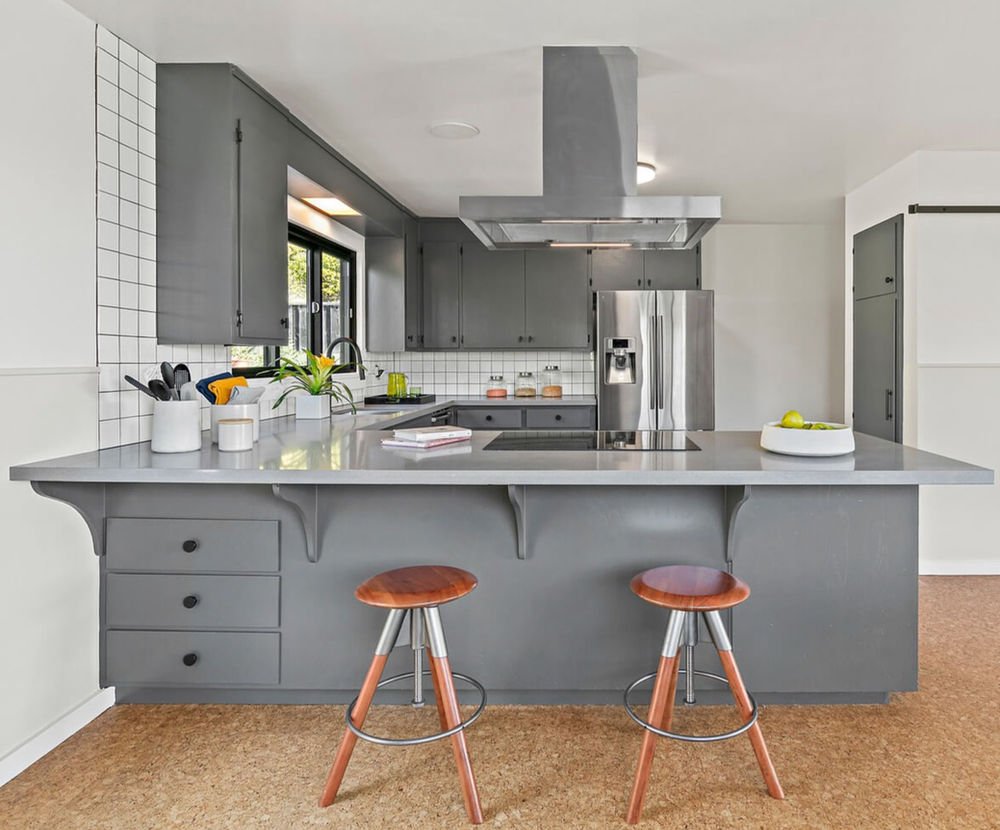
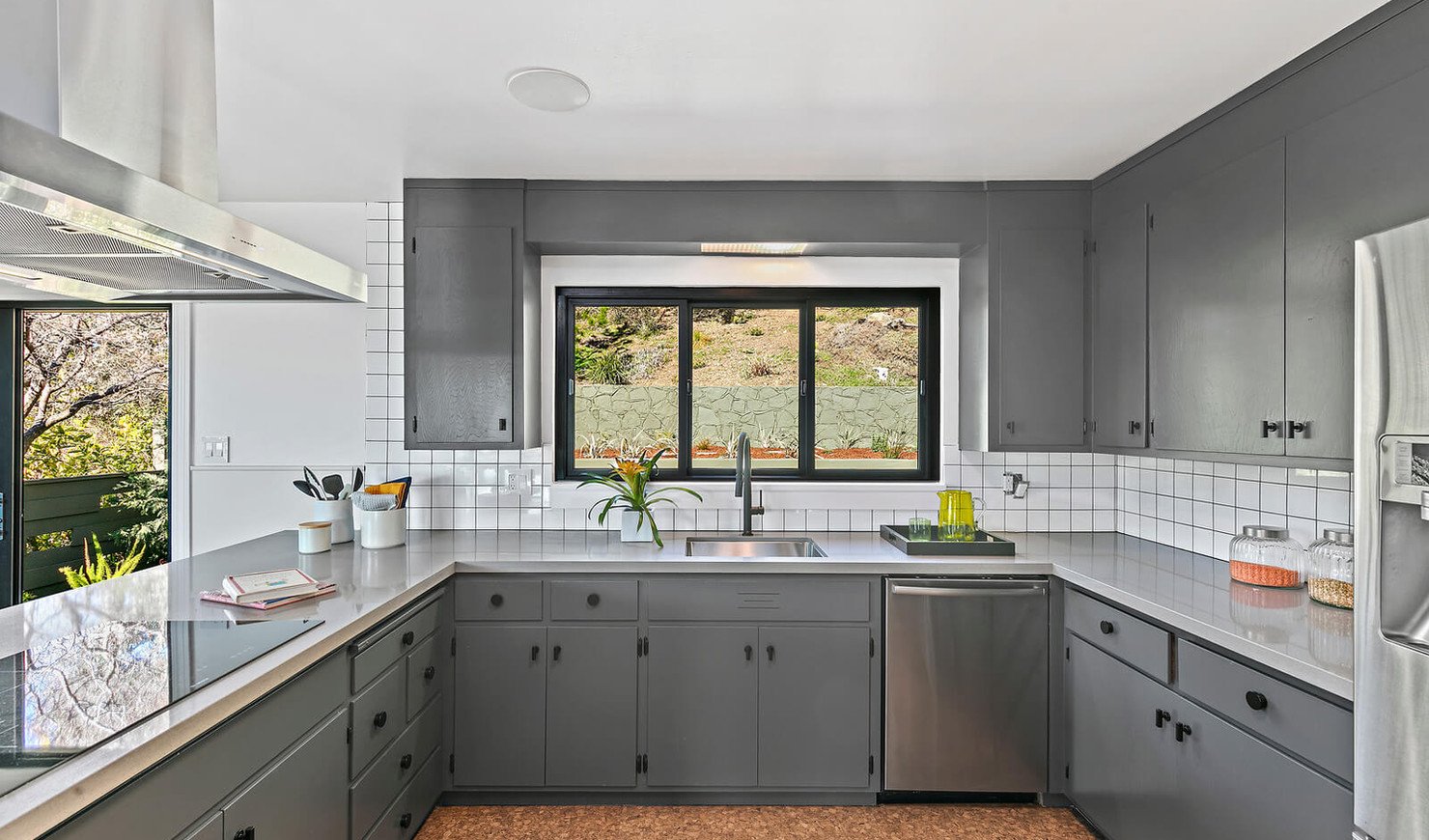

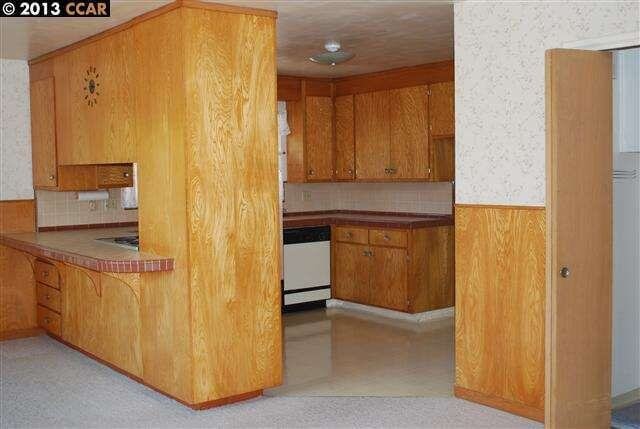
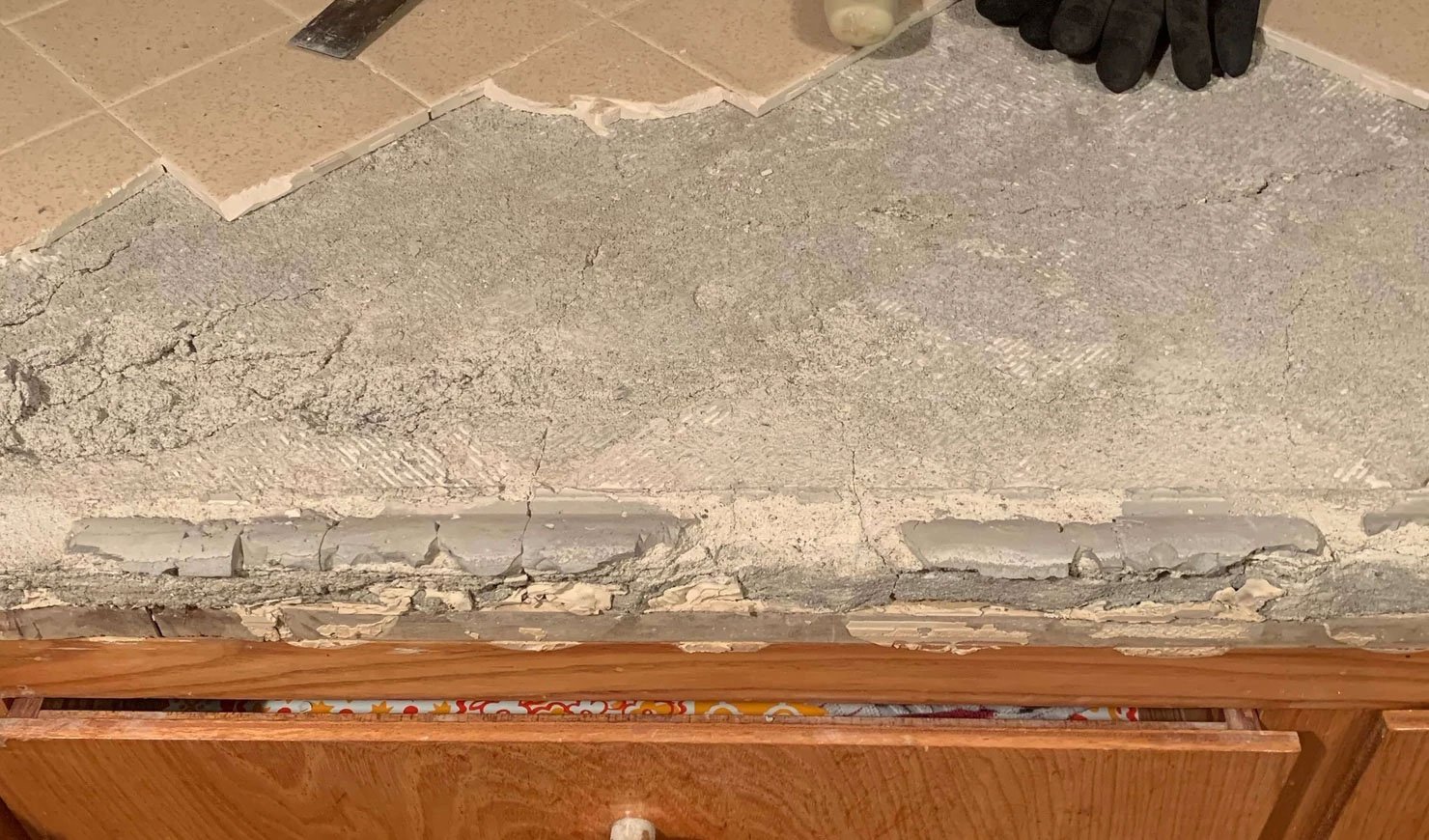
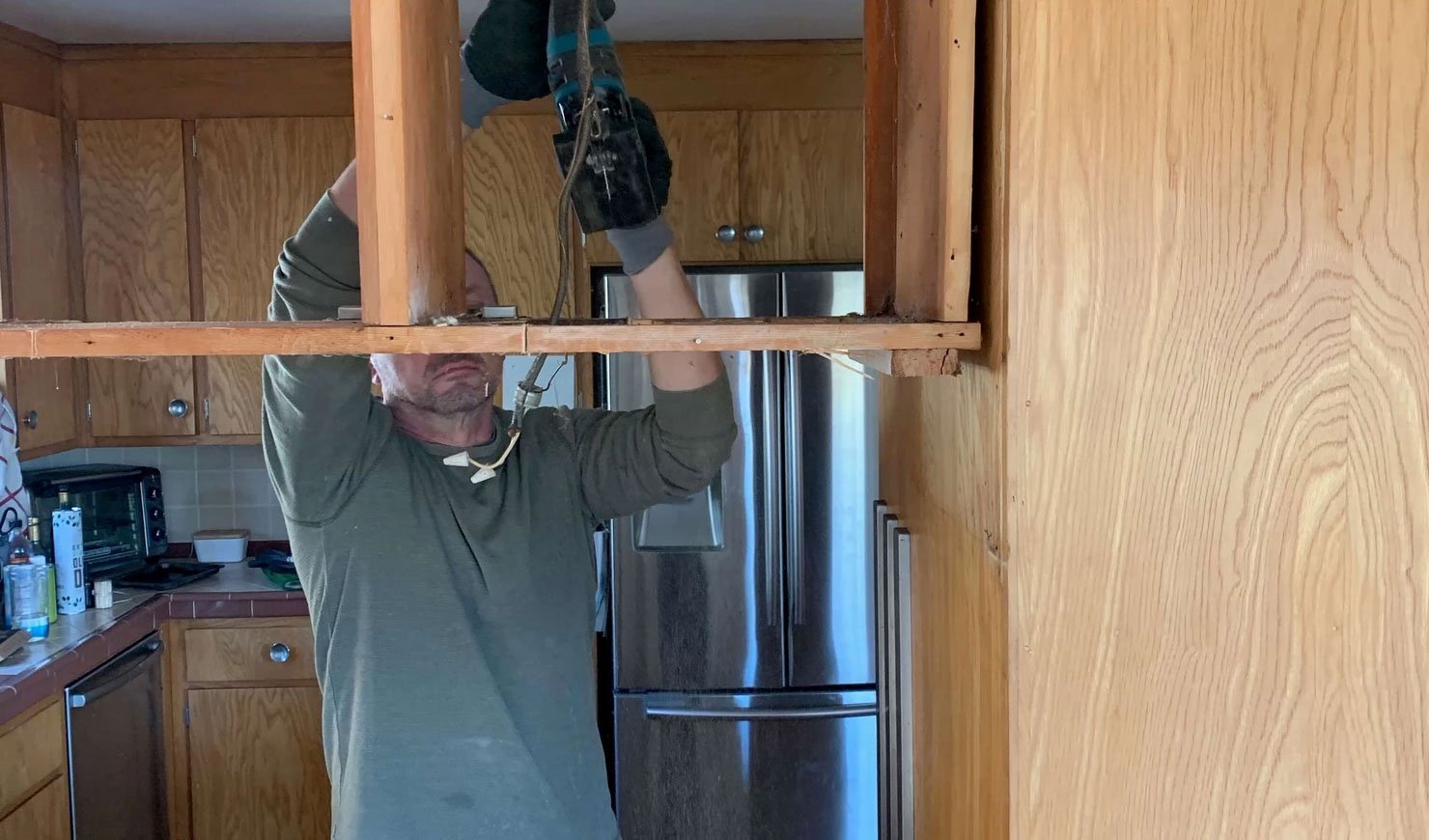
6. Bathrooms
Bathroom renovations are another high return on investment and provide a similar yield to kitchen updates.
As with the kitchen and other rooms, paint followed by lighting and hardware is going to be your default starting place. New towel bars and faucets are going to be the easiest next step. Make sure the faucets you pick are the same size as your existing pieces.
The sink vanity is another option for updates that don’t require a total overhaul. If you’re on a budget, Ikea is often the default but you can customize those vanities so they don’t scream “Ikea!”.
For this option, find a vanity that is sized appropriately. Now take a look at all the components:
Can you find a nicer faucet?
Is there better hardware that can be added?
If the vanity has a vessel sink you can swap that out as well.
More update examples, make sure to swipe to see the strange before layout!
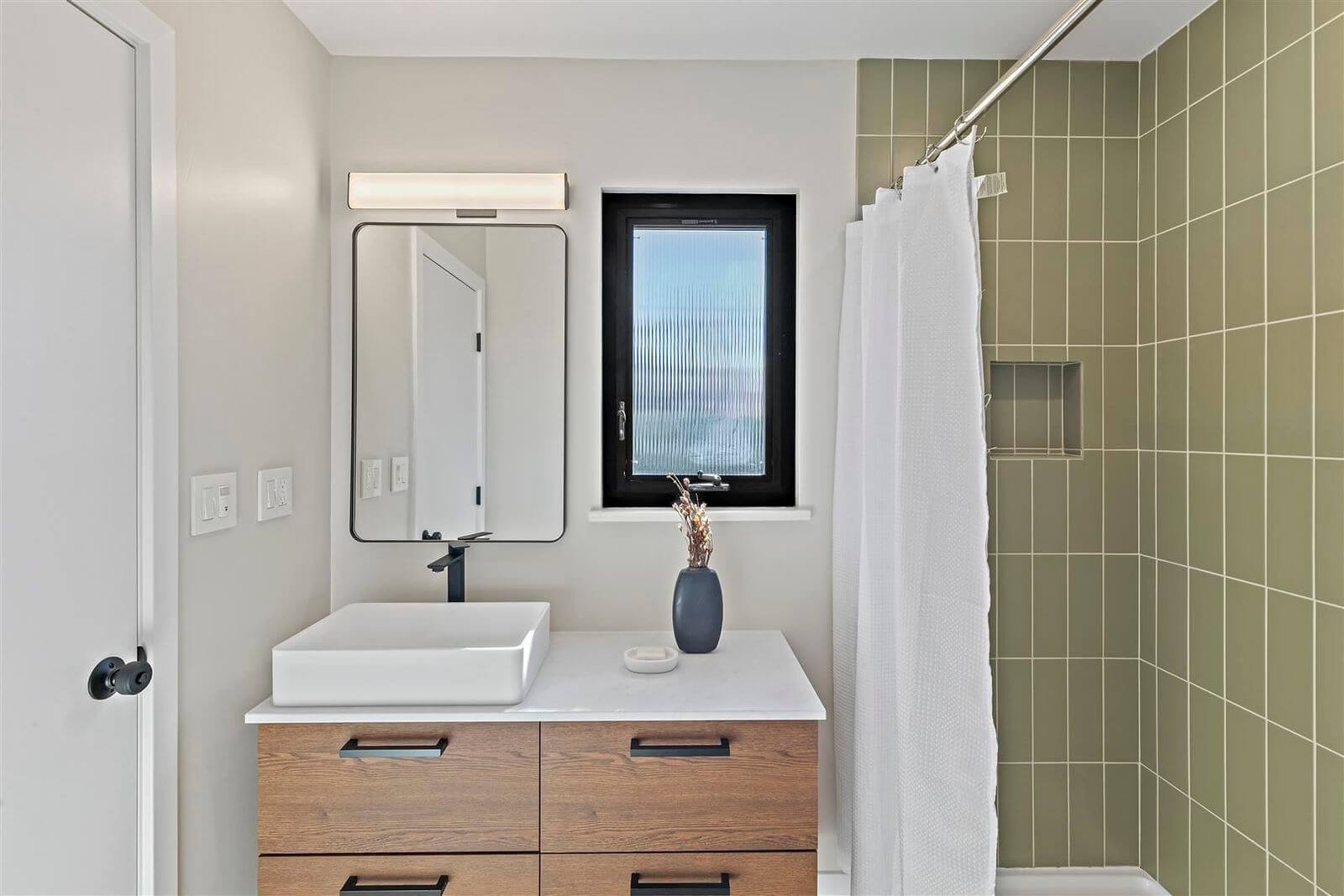
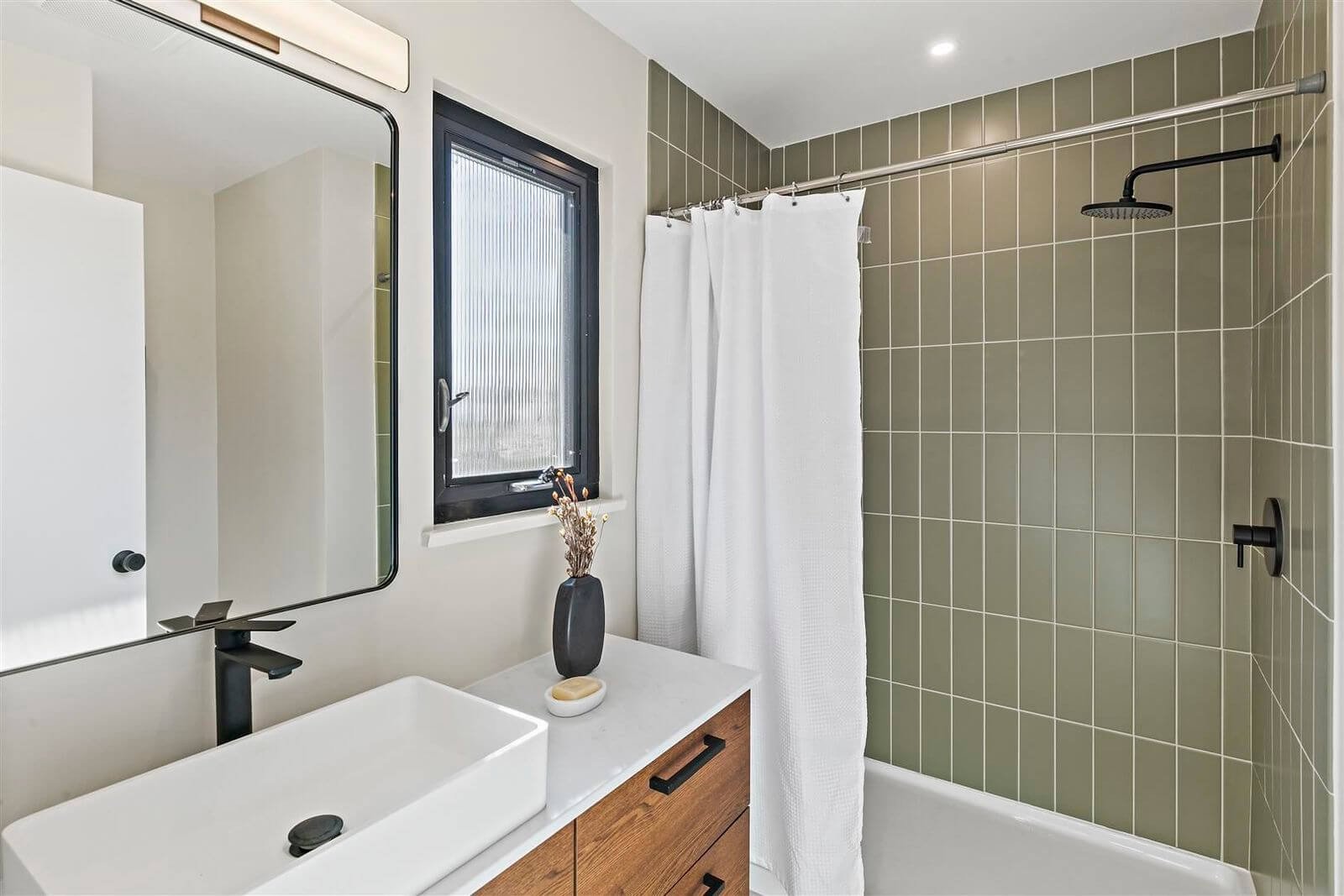
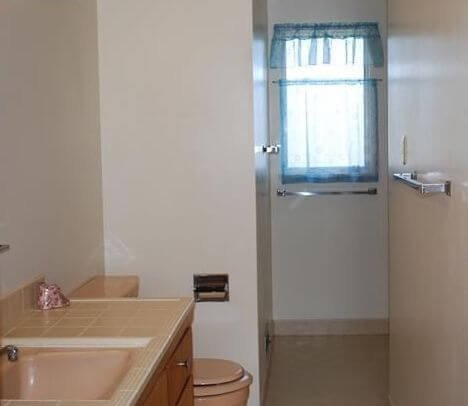
7. Outside Space
Everyone loves having a nice, functional outdoor space. If you have a deck or patio in good condition, power washing it will remove untold amounts of grime for a clean and welcoming feeling.
Building a deck if you don’t have one is most certainly a good investment. And lastly, who doesn’t love some new greenery as the final touch to your yard update?
In Closing
There are a lot of easy ways to update your home that will deliver a solid return on investment.
The first place to start is curb appeal followed by fresh paint and lighting inside.
Updating kitchens and bathrooms are one of the biggest ROI projects you can tackle.
How much you want to invest is completely up to you. There are simple updates, full renovations and lots of options in between.
Q for you: did this post inspire some home ideas? We’d love to hear about it, let us know in the comments.
And don’t forget, sharing is caring!
Xoxo, Dorothy
Top 10 Organic Sheets & Bedding
If you are someone who values eco friendly products and tries to implement “green” goods into your home, it’s important not to overlook your bed.
Perfect for Fall: Green Bedding by Flax Linen
Welcome to our second Sustainable Design Series post.
If you are someone who values eco friendly products and tries to implement “green” goods into your home, it’s important not to overlook your bed, a place where you spend eight hours (give or take) a day (or ⅓ of your life!). Bedding is something everyone has but it doesn’t have to be utilitarian nor an overlooked detail. Bedding can be a wonderful boost to your bedroom and an instant makeover.
Maybe you’re someone who always buys organic food but haven't considered the impact of the materials grown to make natural fabrics and textiles. Or maybe you're looking to upgrade and refresh your bedding and make conscious buying decisions.
In either case purchasing organic bedding is not only good for your health, it’s good for the planet and for the folks who are farming and manufacturing any type of crop or product.
If you’re worried about breaking the bank, don’t be. Organic bedding can be a luxury item but, like many other organic and sustainable goods, the price continues to go down as demand grows. Whether you want top-of-the line bed linens or you are looking for bedding on a budget, I have done the research and found the most sustainable, organic sheets, duvets and blankets to make your bed a sleep haven.
Also, maybe you’re wondering what the deal with the certification labels like GOTS, OEKO-TEX and Fair Trade? I’ve got you covered with definitions of all three. I’ve also included a handy explanation between cotton and linen textiles and how they can be cultivated in a sustainable fashion. And if you’re curious about bamboo and eucalyptus, I have some info on those too.
The Scoop on Cotton and Linen and Sustainability
Cotton is possibly the most popular and profitable natural and renewable material on the global market today. If not grown caringly, this crop can damage the environment due to the substantial use of pesticides, abundant water requirements and soil taxation. Thankfully organic cotton is more popular than ever and that is driving demand to push cotton growers and manufacturers to be more eco friendly, sustainably produced and fairly traded.
Since cotton is such a big industry the price is generally lower than other natural fibers which continue to drive the demand for cotton products. If you’re looking for healthy bedding and home textiles on a tighter budget, cotton is going to be your best choice.
While cotton plants use a good amount of water to farm, the processing of cotton generally does not require harmful chemicals to make it into a fiber that can be woven into a textile. This puts it ahead of newer textile types such as Bamboo or Eucalyptus which both are heavily processed, in some cases, with toxic chemicals.
Fibers Under the Microscope
Linen is a more sustainable choice when compared to cotton. Linen is derived from the flax plant and since it uses less water and space you will get more yield from this crop. Additionally, flax is less prone to pests which make it easier to grow organically. Lastly, flax crops leave behind minimal wastage because of its biodegradability.
Linen is naturally stronger than cotton due to the natural fiber makeup: when you look at the two under a microscope you see cotton is a spiral fiber that reminds me of Gemelli pasta while linen is quite straight and thicker than the cotton fiber. This difference makes linen about 30% stronger than cotton. Rumor has it that the Queen of England is partial to linen sheets at the castle.
Fun Fact: Flax blooms once a year for only a few hours!
Last note on farming flax for linen textiles, while flax is a great crop that is easier to grow it can only be planted every seven years. In other words, you plant a flax crop, harvest it and then will need to plant something else as the soil won’t produce flax for another 5-7 years. It’s unclear why this is the case since as a crop flax isn’t a soil taxing crop.
Because of the lack of production one drawback of linen is that it is often more of an investment as cotton is a more available crop. I personally think the price of linen will continue to drop as demand rises and more farmers cultivate this crop in-between growing other food crops.
What About Bamboo & Eucalyptus Bedding?
There are a few companies out there who specialize in making bedding with Bamboo and Eucalyptus. There are some pros to both: they are fast growing and require low water, plus Bamboo is naturally pest and disease free. Bamboo also improves soil quality and stores more CO2 than trees due to its density.
Being that both bamboo and eucalyptus are so sustainable it would seem natural that they would make good options for bedding, right? Well the answer to that is yes and no. The textiles created are super soft but there are cons when it comes to the processing methods.
While growing these crops is water sustaining, processing them is not. It takes a lot of water and other chemicals to break down the plants cellulose and convert them into yarn. Additionally there are reports that much of the eucalyptus trees come from areas that have clear cut forests to produce this crop.
Because of the murkiness around these materials, I’m going to base my bedding recommendations on cotton and linen since there is more evidence-based research on the cultivation of them.
What does it mean to be certified by GOTS, OEKO-TEX and Fair Trade Certified?
When looking for organic textile products of any kind you will see a handful of labels communicating their certifications and values. As I wrote in my last post on Forest Steward Certified products, seeing these labels makes me wonder, what do they really mean?
The top three I saw for sustainable home textiles were GOTS, OEKO-TEX and Fair Trade Certified. Let’s break them down shall we?
GOTS stands for the Global Organic Textile Standard. Organic farming is important not only because of the eco friendly aspect but also because it has substantial social benefits for the farmers and producers. The vision of GOTS is that “organic textiles will become a significant part of everyday life, enhancing people’s lives and the environment”.
When you purchase products that are made with organic fabric they don’t go through the same certifications as organic food. This is where GOTS comes into the picture.
To be certified by GOTS each stage and process of growing and producing the textile will be scrutinized for not only chemicals used to grow the crop but also how the fabric is finished. For example to be GOTS certified a textile can’t be bleach treated or dyed with toxic colorants.
This also includes that the chemicals commonly used on textiles such as flame retardants, heavy metals and formaldehyde (a known cancer cause), among others can’t be used at any time during the process of making the fabric.
This handy video is a great breakdown of the four criterias that must be met to be GOTS certified.
OEKO-TEX labeled items ensure the absence of harmful chemicals. A Swiss organization founded in 1992 with a Mission to “create trust in textiles and leather in their production: through increased product safety, improving sustainable production and a sustainable, transparent value-creation chain”.
Similar to GOTS, articles labeled with OEKO-TEX (or other OEKO certifications) means that every component of the article (fabric, thread, buttons, etc.) has been tested for harmful substances. These harmful substances include chemicals such as azo dyes, formaldehyde, nickel and other chemicals known to be harmful to not only humans but the environment as well. There are four classes of certification broken down as follows:
Articles for babies & toddlers
Articles with direct contact to the skin
Articles without direct contact to the skin
Home textiles
They also have the Leather Standard by OEKO-TEX which was founded in 2016 and applies to leather or fur products.
GOTS vs. OEKO-TEX - So what’s the difference?
GOTS items must be organic, free of harmful chemicals, consciously produced and manufactured without discriminationatory practices. When an article is certified OEKO-TEX, it must meet their guidelines to be free of harmful chemicals but does not have to be organic nor does it have to incorporate equity in manufacturing and distribution.
The Fair Trade label is an all compasing certification that includes food (chocolate!), beverages (coffee!), clothing, furniture, flowers and many other consumer products.
The Fair Trade movement is made up of a diverse network of companies, organizations and consumers that “put people and the planet first”. To be Fair Trade Certified the product had to be verified that it was created under rigorous social, environmental and economic Fair Trade standards which include paying a fair wage to the workers.
I love the FTC’s mission statement, it clearly communicates their goals to create a model of responsible business and conscious consumerism to help eliminate poverty and enable sustainable development around the world.
Fair Trade follows six of the seventeen United Nations’ Sustainable Design Goals (UN SD) including:
No Poverty - UN SD Goal #1: to end poverty in all its forms everywhere
Gender Equality - UN SD Goal #5: Achieve gender equality and empower all women and girls.
Clean Water & Sanitation - UN SD Goal #6: Ensure availability and sustainable management of water and sanitation for all.
Decent Work and Economic Growth - UN SD Goal #8: Promote sustained, inclusive and sustainable economic growth, full and productive employment and decent work for all.
Responsible Consumption & Production - UN SD Goal #12: Ensure sustainable consumption and production patterns.
Life Below Water: UN SD Goal #14 - Conserve and sustainably use the oceans, seas and marine resources for sustainable development.
Fair Trade Certified has loads of information on their website including resources featuring articles and videos and literature pertaining to their movement.
While Fair Trade Certified doesn’t mean that they are organic, almost half of the products certified are certified organic as well.
Onto Bedding: The Difference Between Sateen & Percale
With cotton bedding there are two main styles: Sateen and Percale. What’s the difference?
The distinction between the two is that Sateen bedding has a silky hand and is soft to the touch. Sateen is also slightly heavier than Percale making a slightly warmer option.
In contrast, Percale is a crisp, soft fabric with a matte finish. Being lighter and cooler to the touch than Sateen, it’s great for warmer weather.
Without Further Ado, Here is My List of the Top 10 Organic Bedding Sources:
1. Coyuchi
Coyuchi is the gold standard when it comes to eco friendly and fair trade textiles. For as long as I can remember, I have loved all things Coyuchi. One reason I love them is they have extensive experience in the business of bedding that demonstrates their sustainable values. They have amazing bedding including patterned “coastal inspired” duvet covers and blankets in addition to your standard organic sheet sets. You can also look to them for comforters, bed pillows, towels, baby items and sleepwear among other high quality organic products.
Coyuchi was one of the first to bring organic cotton linens to the market over thirty years ago. I could go on and on about their values, design initiatives and certifications.
Coyuchi is devoted to making products that last a lifetime, in fact they have a Take Back program that will recycle or renew your old Coyuchi linens so they won’t end up in a landfill when you're ready for a new set.
Certifications: GOTS, Global Organic Latex Standard (GOLS) , and a Fibershed partnership which ensures sustainable farming practices for wool collection.
2. Sol Organics
Beautiful bedding that hits the mark when it comes to equity and luxury, Sol Organics has a handsome collection of bedding and towels.
They carry sheets and duvet covers both made of cotton and linen plus everything on their site is organic. And as a bonus you can try their bedding for 30 days risk free.
Sol Organic was created by two friends who had made it their mission to create ethical bedding that was not only organic but also treated workers with fairness.
Their certifications include: GOTS, OEKO-TEX, Fair Trade, and FLO.
3. Under The Canopy
A company that clearly values sustainability and achieves that sustainability through “purposeful design and high-quality materials that keep products looking food and lasting longer”. Under The Canopy specializes in bedding but also offer a plethora of home goods including mattresses, towels, and baby goods among a variety of sustainable home products.
The look of Under The Canopy gives a chic, clean, hotel feeling. Their hotel border sheet set might be the best getaway we can all expect for a while. And with their basic organic sheet set starting at $69 you can have organic luxury on a budget.
Certifications: GOTS, OEKO-TEX, Fair Trade, FSC, and WELTRAK
4. Holy Lamb Organics
With a mission to “to create beautiful, sustainable handcrafted products using all natural and organic materials for a healthy, eco-friendly life and home”, Holy Lamb is a wonderful eco friendly company.
Holy Lamb’s specialty is really comforters, deemed in the Oprah magazine as “wonderfully fluffy” when listed as one of their “favorite things”.
Their website and products remind me of a well designed and crafted Waldorf home store. They are not only all organic but many of their products are made in Oakville, Washington in a zero waste, plastic free workshop.
Their sheet sets are beautiful but one should note they are made by respected partner companies and not in their Washington workshop.
Certifications: GOTS, IOAS (International Organic Accreditation Services), Eco Wool, and FSC
5. Earthsake
Earthsake strives “to be the best resource for the finest quality bedding, bath and unique products for natural & healthy living”. They have three brick and mortar stores in Berkeley, New York and Austin, but their website is packed full of great eco friendly products including bedding, sheets, mattresses and bath linens.
Earthsake was founded in 1990 as a tribute to the twentieth anniversary of Earth Day and like Coyuchi was a forefront leader in the organic movement by creating sustainable and earth-friendly products.
Their products and practices carrying some eleven certifications. I’ll spare you the extensive list of but of course they include GOTS among them.
7. Plover
If the basic white hotel look isn’t your thing check out Plover. Their bright colors and patterns are created by Marisa & Sheila, sisters-in-law who wanted to create a safe and healthy environment for their budding families back in 2007.
Their playful prints and vibrant colors are achieved with dyes that are low-impact and fiber reactive making them highly colorfast. The great thing about these dyes is that they are all OEKO-TEX certified so you don’t have to worry about harmful chemicals and metals. Also, they reclaim all of the dye materials and do not release them into the river or sea like manny textile plants (how is that a thing?!).
Plover didn't just stop at bedding. They also carry curtains, table linens (including these super cute cocktail napkins) aprons and pillows. All of their textile products are GOTS certified and everything they sell is made by manufacturers that are audited by the BSCI, which provides ethical standards for the workers by improving social performance in global supply chains.
Given that many of their prints are botanically inspired, it makes sense that they now carry gardening materials including Dahlia tubers (which quickly sold out) and a carefully curated selection of garden tools and gear including some hand-forged pieces.
6. The Company Store
A long established business, The Company Store has been making bedding for over 100 years. They offer a good selection of organic bedding at a lower price than the some of the above mentioned companies. In addition to your basic sheets and duvet covers they also offer a variety of prints, comforters, towels and other bath linens, and pajamas (including matching family sets).
Looking for cute organic kids bedding? The Company Store carries some super fun patterns including hearts, stars, animals, dinosaurs and some sweet forest animals.
8. West Elm
I’ve talked a lot about West Elm’s sustainability goals and practices so it’s no surprise that they have a nice selection of organic bedding. They carry duvets, quilts and sheets in their simple modern style in Percale, flannel and textured cotton.
Their website makes it easy to sort through which items are organic (as not all of them are), Fair Trade, and Sustainable Sources by their symbols featured on each item.
9. Anna Sova
Sea Shepherd Matelasse Duvet Cover
Since the 1980’s the founder of Anna Sova has traveled the world in search for the highest quality, sustainable goods and the most ethical workshops. All of this research puts Anna Sova in the forefront of all things organic and sustainable including sheets and bedding, bath linens, kitchen towels, and what could be the most non-toxic paint on the market.
Anna Sova’s showroom is based in Dallas, TX and the bedding style reflects a more traditional, southern luxury that reminds me of my very stylish, southern grandmother. With Anna Sova’s bedding starting at $200 for a twin set, this bedding is for those who enjoy top tier luxury products.
10. Flax Linens
A Denver based company with a deep history of harvesting, weaving & trading flax linens since the early 1800’s. As I explained above, linen can be more of an investment but also durable fiber that is going to last. One thing I love about the company, Flax Linens, is that you can customize your own set. Aside from customization, they sell a carefully curated collection of duvet covers, sheet sets, singles and even a baby sleep sack.
Thank You ❤️
If you have made it to the bottom of this super long post, I so thank and appreciate you for it! It also shows that you are someone who values sustainability, eco-friendliness and the health of your home and the planet.
And a quick recap:
When buying textiles for your home, organic is best but GOTS is even better. After researching the differences between cotton, linen, bamboo & eucalyptus I feel better investing in either cotton or linen due to the questionable processing of bamboo & eucalyptus. And a friendly reminder that OEKO-TEX and Fair Trade certifications are great to carry but that doesn’t mean those products are organic.
While I listed my top ten sources, I realize there are plenty more brands and sources for organic bedding out there. Do you have one you like not on this list? Let me know below in the comments. And remember, if you enjoyed this post sharing is caring!
Are you interested in creating an organic, healthy home or room? Have questions about our sustainable/eco-friendly design services? Give us an email, we would love to chat more!
xoxo, Dorothy
FSC Wood for an Eco-Friendly Home
What does FSC-certification mean and why does it matter when making your home more green and sustainable.
When it comes to eco friendly products in the design and build industry there are a thousand labels out there telling you about their product. What do they mean and are they just greenwashing us? In this first part of an ongoing series we’ll be exploring eco friendly wood, what FSC-certification is about and why it matters when making your home more green and sustainable.
For sustainable design and build products that help create a green home, wood certified by the Forest Stewardship Certification (FSC) is one of the best eco friendly options. FSC wood is not only a raw building supply, but also used in furniture (both inside and out), accessories and even paper products.
From high end furnishings to retail furniture to wallpaper, I have the scoop on what it means to carry the FSC certification and where to get the best sustainable design and build FSC-certified products for your eco friendly design project.
What You Should Know About Eco Friendly FSC-Certified Wood
When creating a green and sustainable home design, FSC-certified wood products are a great eco friendly option. Getting the Forest Stewardship Certification (FSC) label not only helps keep forestry sustainable, but it also promotes global equity.
Did you know that wood from illegally harvested and trafficked wood can account for between 15 to 30 percent of wood harvested worldwide? When ancient forests face extinction, excessive logging, and clear-cutting, climate change is exacerbated.
If you are looking to buy furniture or other wood-based building products you can do your best to find pieces that are sustainably harvested, but how do you know if that company is greenwashing their marketing plan to turn a higher profit?
The Forest Stewardship Certification helps consumers take the guesswork out of whether or not the wood used for a product is ethically harvested. To carry the FSC label businesses have to meet ten forest operation principles.
Some of these principles include:
Compliance with local forestry laws and international treaties
Social and economic wellbeing of workers
Preserving Indigenous peoples’ rights
High biodiversity conservation values
By their own definition “FSC forest management certification confirms that the forest is being managed in a way that preserves biological diversity and benefits the lives of local people and workers, while ensuring it sustains economic viability.”
So in other words, they promote ecology, workers rights, and equity. All values that I can get behind. And on top of all of that, the forests have to be independently inspected for compliance.
Why does the FSC Label Matter?
As the eco-friendly trend becomes more popular and in demand more companies are going to claim that their products are sustainable as a marketing catch phrase (aka Greenwashing) to make money instead of truly committing to sustainability and ethical values. If you are someone (like me) who wants to know where a company's values stand, having the FSC-certification to demonstrate your commitment to equity and climate change makes all the difference.
Smart and Stylish Furniture With the FSC-Certification
Sustainability within the interior design industry has become more popular and finding furniture that is made green by using ethically harvested wood is more accessible than ever. Here are my top choices for furniture and other interior decor items that are all made from wood that is FSC-certified.
Six Retail Brands Practicing Sustainable Design With FSC Products
West Elm is one of the most Googled furniture stores out there. With over one hundred brick and mortar shops globally I was surprised to learn that fifty two percent of the wood used to make their furniture is FSC wood.
Dims. - A direct to consumer furniture manufacturer of clean, modern, scandinavian style, that sources all of their Ash wood from forests that are FSC certified. Not only is the wood eco friendly but the finishes and adhesives are as well, earning them a Greenguard Certification to boot.
Crate & Barrel - The furniture collection by Crate & Barrel has featured renewable woods and sustainable materials for a number of years now. A selection of the wood used to craft their outdoor, dining and home office collections is certified by the FSC.
CB2 - Crate & Barrel’s more modern offshoot has a number of furniture pieces that have been manufactured with FSC. I particularly love their this black canopy Oslo bed as well as their Claude Cane & Leather dining chairs.
Ikea - Ikea is one of the largest furniture store chains globally - as of June 2019, there are 433 IKEA stores operating in 52 countries. At one point Ikea used 1% of the lumber harvested worldwide in a year so it’s good to know that by the end of 2020, they aim for all of their wood to come from sustainable sources including FSC certified and recycled wood. As of now, all of the products made with acacia wood are FSC compliant.
Williams Sonoma Home - While Williams Sonoma is primarily known as a culinary company, they also have a home division. West Elm and Pottery Barn are both owned by Williams Sonoma and have the same basic principals. Williams Sonoma is on the higher end of the three. All of the products made with European birch wood are FSC-certified which includes their line of made-to-order side chairs.
Seven Luxury Sustainable Design Furniture Sources With FSC Products
Bolia - This Scandinavian company is inspired by nature and partners with designers worldwide. Their pieces are amazing and are custom made with some of Europe's best manufacturers. I honestly can’t get enough. The vast majority of their wood is FSC-certified and their furniture and manufacturing partners all hold multiple great certifications such as BSCI, OEKO-TEX and STANDARD 100.
Mitchell Gold & Bob Williams - Is another great example of designers who have made strides to change manufacturing processes to preserve the earth's resources. When they began building furniture in North Carolina back in 1989, Mitchell read a NYT article identifying North Carolina’s furniture industry as one of the environment's biggest abusers. They set out on a mission to change that and sourced healthier alternatives that included their water-based foam. One hundred percent of their wood is FSC-certified. They are one of many companies that is part of the Sustainable Furniture Council (SFC).
Cisco Home - As a founding partner of the Sustainable Furniture Council (SFC) and with a commitment to creating furnishings with sustainability in mind, Cisco Home has been part of green interior design for some time now. They only use FSC-certified wood and make sure all of their organic materials have proper documentation. Their pieces are handcrafted in Los Angeles and are made to last a lifetime.
ABC Home - ABC Home has a wide variety of beautiful home goods that are not exclusive to interior designers. They have made a commitment to “support continuous improvement in minimizing our collective environmental footprint and maximizing social justice.” While they only have a handful of pieces that are FSC certified, they have been recognized industry-wide for their green practices and are working to manufacture and carry brands sustainability made.
Verellen - Founded in Belgium and then refined in North Carolina, all of Verellen’s pieces are made to order. Coming from their roots, Verellen uses beautiful and sustainable Flax upholstery among others. Their upholstered pieces have FSC-certified frames to support their non-toxic soy based cushions.
Mattiazzi - An Italian brand that was founded by the Mattiazzi Brothers forty years ago. From the beginning they have been dedicated to sustainability. All of their wood is FSC-certified and they practice low energy manufacturing that is offset by their own solar power and even use the wood byproduct as heating in the winter. Their Osso chair was given a furniture design award from the FSC in 2019.
Gus* - While Gus* Modern doesn’t market their sustainability; they have a good amount of upholstered furniture pieces that have the FSC-certification. Additionally some of their pieces are made with an eco-friendly synthetic-down, derived from recycled PET plastic.
Sustainably Designed Wallpaper Printed on FSC-Certified Paper
Woodchip & Magnolia - This bold, nature inspired wallpaper is covered in floral patterns and other nature based canvases that echo the English landscape’s flora and fauna. They are not only a wallpaper company but also a textile house and have a traditional English inspired line of furniture. One reason to love their company is their Eco Manifesto published on their website. Their wallpaper & fabric are both made to order in Lancashire, England. Because of this there is minimal waste and no need for stockhouses that demand natural resources to keep running. They use water-based inks which makes for a healthy working environment for their printers as they won’t breathe in the toxic solvents used in many printing houses. Every one of their wallpapers is printed on FSC-certified paper. There are just so many reasons to love their products.
Farrow & Ball - In my last post I featured the amazing paint that Farrow & Ball formulates. Their wallpaper is equally amazing and just as eco friendly. With 57 designs in their wallpaper line there is a wide variety of styles that range from graphic prints to traditional patterns in an assortment of their high pigmented colours. Instead of using ink they use their own water-based paints that are not only made with their rich colours but also low VOC. Their wallpapers are both FSC-certified and also vegan plus their manufacturing has been recognized by a variety of awards for their environmentally responsible practices.
Cope - For beautiful, minimal, hand crafted home textiles and wallpapers, Cope is a husband-wife luxury brand based in Brooklyn that “draws inspiration from nature, science and the arts to bring unique expressions of essential forms into the home”. Their Instagram feed is filled with posts that are excellent at visually communicating the inspiration for their products. With wallpapers all printed on clay-coated, FSC-certified paper and all made here in the US, they are a lovely example of green craftspeople. Why clay-coating? Traditionally, printers have used clay-coated paper to enhance color but now many papers are instead coated with environmentally damaging synthetic coating materials.
Kate Zaremba Company - For people who are wanting a more fun, modern, and colorful aesthetic check out the Kate Zaremba Co. Some of her graphic patterns make me think of a modern day and more feminine Matisse painting. Their wallpaper has a lightweight adhesive that even a renter can use as it can be pulled off and the glue residue can be wiped down. Like Woodchip & Magnolia, these papers are made to order and you can request custom designs or illustrations. If you live in the Washington DC area, you can take one of her in-person workshops that can show you how to hang wallpaper, make patterns or join in on a Drawing Night for an informal sketch session.
Maya Romanoff - This company is known for their elaborate artisan wallpapers which include glass beads, gold leaf, and textiles for the walls of a luxury household. All designs have been made in their Chicago facility for more than 50 years. Their new and more sustainable wallcovering line, Ajiro, is an eco-friendly option where micro-thin wood veneer is applied to paper backing. The wood is cut so thin it can be used to wrap columns and corners.
Sustainable Design Example - Kitchen & Bath Cabinets By Kerf Design
For a Mid Century modern feeling kitchen that is also eco friendly, Kerf, builds custom cabinets with FSC-certified plywood. Plywood is a material that you have to be careful with as much of it has high VOC’s (including formaldehyde) that can offgas into your home. With Kerf cabinets you can rest assured that your home can be both stylish and healthy. Their portfolio showcases three kitchens for Eichler designed homes that are the perfect combination of Mid Century architecture updated with modern layouts and cabinets that work for a present-day home.
Sustainable Flooring
As I write this, I, like many other Americans, am working from home while the coronavirus pandemic is still going. Cleaning my floors has been a daily task as my kids spill and my dog sheds. This has made it clear that having good quality flooring is really important for sustainability since it uses so many natural resources.
Sustainable, FSC-certified flooring isn’t limited to hardwood flooring only. It also includes cork flooring, which is a finish I personally love. We have it in our kitchen and it’s soft on the feet, easy to clean and a warmer temperature than hardwood and other flooring.
Most flooring stores will carry FSC-certified products, it’s a matter of you being a conscious consumer who looks at the labels and asks about the source of the materials. I am an advocate for any consumer to look locally first for any product to help keep those businesses going (especially now). Below are two manufacturers where you can find where their products are carried near you.
Mannington - Engineered hardwood flooring used to be something that many designers turned their noses up at but with the advancement of technology these floor options look better than ever. Additionally, they use less wood than hardwood flooring and Mannington’s floors are low VOC so consumers, manufacturers and installers don’t have to breathe in harmful fumes. They also use a high amount of recycled content for the inner levels of the planks plus have almost 3½ acres of solar panels on their manufacturing roofs. To find a retailer near you use their Store Locator.
Tesoro Woods - This flooring manufacturer has been creating sustainable hardwood flooring for more than twenty years. They are committed to green flooring options that include FSC-certified hardwood, reclaimed hardwood and use non-toxic adhesives. You can find a dealer on their website’s Dealer Location page.
Kahrs - A Swiss manufacturer of wood and vinyl flooring and I have to say, I’m mad over their chevron pattern. Kahrs has a great variety of colors and styles of hardwood and vinyl floors for all types of homes. Kahrs is a company that works with multiple organizations including the FSC to help work towards sustainable reforestation. The majority of their raw materials are from Sweden “where forests have grown in volume by 60% over the last 100 years”.
Two Luxury, Eco Friendly Door Manufacturers
Front doors tell a story about the home they are featured on. A good door, interior or exterior, will not only look good but also partner well with the architectural style of the home that it is married to. Investing in new doors is helpful for reducing your carbon footprint as they will help regulate the temperature and will not fail after a few years.
The manufacturers listed below are carried nationwide here in the US and you can find who carries them by using their Where to Buy tool on their website.
TruStile - A green door supply resource, TruStile, a Marvin owned company, has beautiful interior doors for the discerning home. Each door is made to order to the client’s specifications. They even have a door design tool on their website so you can design the perfect door for your home. The wood they source is FSC-certified and their MDF doors are 69% post consumer recycled content. And the icing on the cake is their low VOC adhesives and primer.
Interesting and everyday FSC-Certified Sources
For eco friendly greeting cards, wrapping paper and other papers, the fun FSC-certified products created by Paper Source are a good way to say hello to your friends.
Need a new Bullet Journal? Check out Dingbats*. All of their notebooks carry the FSC label. Additionally, their cover is made from a biodegradable faux-leather and are manufactured in factories where water and air emissions are strictly controlled. Not only do these journals have lovely animals on them but Dingbats* donates 2% of UK revenues go to WWF-UK.
After you get your new Dingbats* bullet journal, you can head on over to Faber-Castell for FSC-wood writing and art pencils. The hardest part for me is deciding on which set to pick!
Montessori Supplies - Are you homeschooling your kids and needing a better setup? Check out Kohburg for Montessori style classroom furniture and supplies.
Cooking and Gardening - Just like their furniture, Williams Sonoma’s Ash wood is FSC-certified. Their website is set up so that if you search “FSC” you will get a wide variety of their products. From servicing utensils, to Bamboo dinner plates, to raised planters, they have a great assortment of FSC-certified products.
Kitchen Paper Products - The brand “If You Care” can be found in any health food store and even at some large chains as well. Their entire line is FSC-certified, unbleached and their packaging is printed with vegetable-based ink.
Iowa based Green Building Supply is a company that carries a wide variety of eco friendly products including flooring, paints, cleaners and other home goods. Their helpful website, high standards and building knowledge and aligned values gives me confidence that their products are trustworthy.
When it comes to sustainable design materials there are a wide variety of options available. Forest Stewardship Certified wood is just one of the ways you can ensure you're getting an ethical product and help invest in sustainability and the circular economy. We’ve listed a handful of green building materials, sustainable home decor and a bee barn (LOL, do you need more than that?) but this is just the tip of the iceberg when it comes to the land of sustainable design.
If you want to know more or have questions about eco friendly furniture, finishes or services? Let us know in the comments and it could possibly be included in our Sustainable Design Series.
If you enjoyed this post or know someone who is interested in sustainable design, please share this blog (sharing is caring!).
Dorothy Parker Design offers a range of sustainable, eco friendly interior design, furniture and renovation options. Email us here to learn more about our offerings.
Eco-Friendly Interior Design Products for Every Budget
Having a well designed home can be both sustainable and accessible. Eco friendly design can now be found in every price point.
Updated: Oct 16, 2020
Having a well designed home can be both sustainable and accessible. Eco friendly design can now be found in every price point.
The below pieces and ideas are from some of my favorite designers and companies around the world, all working to help establish a circular economy.
When I start on a new interior design project for a client I not only look at their space and style but also their values as well. I might be an interior designer by trade but I'm also someone who is passionate about climate change, equity and social justice and I want my home and projects to reflect that aspect.
There are many ways to be eco friendly when you are thinking of a new home project or product. Being eco friendly can be a practice for folks doing DIY design or for people who are looking for specialty custom made home goods.
It used to be that upcycled furniture was exclusively for do-it-yourselfers but the tide has shifted and upcycling can be a way to create a custom piece of furniture.
Noted designer Enrico Marone Cinzano has a line of one-of-a-kind upcycled furniture pieces. The above piece is the Fibonacci Coffee Table and is made exclusively of sustainable products.
Cinsano has stated, "in the future, sustainable design won't be a option, it will be a given". He, like many designers, knows that good design will endure and even thrive under material constraints.
You might think painted furniture is a DIY Pinterest activity but designers are giving vintage pieces a refreshed style.
Here is a good example from UK based designers Patience & Gough. They take vintage furniture and renovate it with sustainable products.
Innovative designers are tackling global challenges by looking at materials that most of us have hardly thought of.
Take the design studio ThusThat who is experimenting with Red Mud which is an industrial waste byproduct from the aluminum industry. After creating prototype designs of housewares they are researching and experimenting with other materials as well.
There is so much wood that can be reclaimed that even large retailers like Crate & Barrel are making pieces with this wood. Crate and Barrel have long been mindful about their environmental impact and now having furniture made from reclaimed wood elevates their position in the circular economy.
Shown left is Crate & Barrel's Rove dresser made in part from reclaimed White Oak.
Another approachable furnishing is the Bell Chair (below) made by Italian brand, Magis. The Bell Chair is made entirely from industrial waste produced by Magis and itself is recyclable.
Though it can be recycled, the Bell Chair is designed to have a long life and not to be another disposable plastic chair .
The Bell Chair is lightweight, stackable and can be manufactured in less than a minute. These features further add to reducing carbon emissions in shipping and packaging.
Oxgut has been one of my favorite upcycle manufacturer's for years. They take decommissioned fire hoses and create floor mats like the example above in addition to a weekender bag and a multi purpose carrier.
Fire hoses are incredibly durable but have to be put out of commission often to keep them safe and ready for use battling fires. It's awesome that Oxgut is diverting some of that waste out of the landfill. The creative name Oxgut honors the first fire hose of Ancient Greece.
Lighting using reclaimed materials is a widely diverse field. Many designers use items that weren't originally designed as lighting and rework them.
Here is a fun example of an upcycled, vintage camera, repurposed as a lamp. 1950's camera as a light? Yes, please!
I'd love to see this on a desk in an art studio with other found objects surrounding it.
While many vintage pieces can be made into lighting there are a good amount of new and modern designers creating upcycled lighting.
Take this Chime light fixture by Stickbulb. The designer has reinterpreted the traditional chandelier using LED lights and reclaimed Redwood.
The Stickbulb was created by the design group, RUX, who was inspired by wood offcuts for their products. Stickbulb is dedicated to a truly sustainable product in both materials and production as they are made within a five mile radius of their New York City office.
Ash Allen is a Melbourne based designer who has a few pieces in their line that are created with industrial waste.
The Ignos lights (left) are made from the byproduct of Bluestone, a material "deeply embedded in the architecture and streets of Melbourne".
Allen takes the powder byproduct and fires it in a kiln which creates a concave form that is not only attractive but also more dense than the original stone.
We are so inspired by these designers. It gives me hope that a global coalition of designers can help improve the world instead of adding to Climate Change crisis.
We are fully aware that the above products mentioned in this post are not accessible to everyone. The great thing about upcycling is that you can DIY your own specialty pieces.
Whether it's making patio furniture with shipping pallets or giving a worn furniture piece a fresh coat of paint you can make something beautiful and unique.
This upcycled dresser is so fun and innovative. Featured by Clare Paint, the maker painted both the room and the dresser the same pale pink for a beautiful monochromatic look.
The dresser is from Ikea and the maker used halved foam dowels which were painted and cut to size to make that awesome texture. And touch of brass on the finishing hardware takes this piece to the next level.
This felt wall by Felt Right is part DIY and part recycled water bottles.
The wall tiles create interesting designs that are also a pinboard surface. They come in a variety of colors and shapes that adhere to the wall.
Pick one of their designs or create your own for your home office or homeschool setup.
These felt wall tiles that are a minimum of 50% recycled plastics and don't contain VOC's. In addition Felt Right has a zero waste goal at their production headquarters.
DIY planters are fun and this idea you can even do with kids. Upcycle a food can into a simple, modern garden.
German maker, Eni, made this fun and easy "mini garten" that is sure to brighten up your space.
Check out her blog here for step by step instructions.
We love creating interesting furniture for clients using repurposed items. Daryl Serratt from Ken Fulk found some fantastic Moroccan doors that he wanted to use as a coffee table.
Buck loved engineering and building a base that was not only attractive but also strong enough to hold these elaborate and substantial oak doors.
We love Daryl's creativity and the project where this piece ended up is spectacular.
We have done countless other projects using reclaimed wood and other found artifacts.
Does something in the post inspire you? Do you have something that can be given new life? Or are you interested in interior design that is sustainable? Give us an email a let us know your thoughts.
xox, Dorothy & Buck
Elevate Your Space Since You're Safer at Home.
Elevate your space because when your home is peaceful your brain can focus on things in life that matter.
Updated: Aug 24, 2020
Simple Interior Design Ideas to Elevate Your Environment.
We are already midway through summer and wading through a global pandemic in addition to social unrest. I don't know about you but I feel the struggle every day.
I delayed my writing for a spell and and have taken some more time to reflect and further educate myself on Institutional Racism, Black Lives Matter and Anti-Racism.
This post is going to focus on elevating your space because when your home is peaceful your brain can focus on things in life that matter.
It's almost August and with the Coronavirus still raging here in the US we are facing the reality that staying at home is the safest place so we don't get sick or pass it along to others. This is hard for everyone and endlessly looking at the same walls does not help elevate an already stale mood.
Keep reading for some simple design upgrades to help elevate your space and mindset.
Adding art into the mix is one one of my favorite things to do to refresh a space and add some new inspiration. I love the above piece by Melissa Koby. Add this and some other pieces together for a gallery wall that makes a statement and like magic you have transformed a room.
When it comes to my walls I mix it up, a lot. One combination can include a found piece or two from local artists and combine it with with some fun kid art.
Early in my design career, I knew a visual artist who always said, when it comes to home displays, "mix the rich with the poor". This is advice that I love and have followed for years.
For a successful gallery wall, mixing the rich with the poor can involve all types of mediums. You can use anything, including art from named artists or other collectible pieces, then mix it with thrift store art or eclectic items found at home.
Combining really special pieces with random found objects creates visual interest and it tells a story. Find pieces that speak to you and add them to a frame or hang them in a collection. Some found objects I've framed for gallery walls include feathers, postcards, family photos, even jewelry and vintage tools.
Mixing paper prints with sculptural pieces helps break up the structure, adds texture and forms attractive negative space.
As shown here frames aren't always necessary. Find appealing prints and tape them up for a more causal and flexible gallery wall.
Gallery walls are so popular that most home retailers have jumped onboard. Shown left is a framed set of art curated by Artfully Walls. They come framed or unframed and the set even comes with instructions on how to hang the pieces in your space.
Here is a great example of adding art with an art ledge. The styling of these pieces is fun and successful by using a variety of types and sizes of frames then arranging the pieces so it creates a triangle pattern. Having two of the pieces unmatted and flanking them next to the centerpiece helps create symmetry and pull the eye out.
I love this layered look created by WhalesWay. Using a shelf to lean pieces and hang other pieces creates a full display and gives dimension.
Pro tip: keep the space in between frames equal for a professional finish. Use blue tape if needed and start with the larger focal piece and build out from there.
Painting is one of the most cost effective upgrades you can make to your home. Whether it's completely changing the color or giving your walls a fresh coat after a year or so, new paint will refresh your space and make it feel clean and new.
Here at dplusb we love bold color, especially when it's from our favorite colour houses, Farrow & Ball.
This rich green color is Treron No. 292 and will fit in nicely with the trend prediction of green being the color of the year in 2021.
Painting the trim and ceiling a dark grey isn't for everyone but it works well here in this moody space with the ever trendy Fig Leaf Tree that gives the space height.
Paint doesn't have to be a solid color endeavor. This mural by K’era from K-Apostrophe is a great substitute to plain color, wallpaper and framed art.
Want to stick to neutral colors? Farrow & Ball has a great collection of Easy Neutrals with whites, greys and beiges. Here is a lovely example featuring their Purbeck Stone No. 275.
One of the reasons I go to Farrow & Ball is because their colors are formulated using high pigment colors, meaning they either use very little to no grey or black pigments in the color process. This gives their color a deeper and richer color.
Farrow & Ball is great but the price point is most certainly not for anyone on a budget. We use Farrow & Ball for clients who have a large budget and are particular about color and it's reaction to lighting.
Additionally, while their colors are wonderful, it is a selective array.
Benjamin Moore is a great alternative and has a huge variety of colors. They have a Off White Collection, Designer Classics, Historical Colors and everything in between.
When you visit the Benjamin Moore website they have some great suggestions to help you find your perfect color. In summary they recommend:
What are the colors you live and breathe in your everyday life? Pick colors that you are drawn too that already exist in your home: your clothes, tableware, decor and pair those items together to start building a color story.
Once you've made a color story visit the paint store (or your interior designer) and look at paint colors in a fan deck that are in that color family. If you want an accent color for trim or other details look at contrasting colors to your selections.
Do you want high contrast or something more subtle? If you want to be bold, pick stronger colors. If you want a more understated home design pick subdued color.
Look at your outside environment for inspiration. To quote the Benjamin Moore website: "geography can help formulate color palettes that personally resonate".
I love using the Pantone App to find colors based on what photos I take. Here is a great palette that incorporates neutrals and the blue of the sky.
With so many people working at home a little inspiration can go a long way. Home design, both interior & architectural, have been inspired by nature more and more.
If you're not in the market for a big design change these simple additions to your home will brighten your space, lighten the mood, and even clean the air for you.
Flowers and plants are the easiest way to bring a little nature into your home life. When you use a reputable flower designer they can last up to a week. Change the water and trim the stems during that time and they might even last longer. Some of my favorite summer flowers are dahlias, roses and amarith as shown above.
House plant are all the rage right now, on Instagram you can find over 4 million #houseplant posts. Adding even a touch of greenery to your #wfh setup has been shown to improve brain function.
Adding greenery to your home correlates nicely with my last post that quoted great trend predictor, Li Edelkoort, saying that "natural space will become very coveted". Now that so many people have been at home for so many months, natural space is coveted space so bringing that inside is a perfect solution.
You can even add some life to those gallery walls. These hangings are just a couple of examples to juxtapose life and art into your environment.
Thanks so much for reading and let us know if you could use some help with your home projects. xoxo, dplusb
Thoughts? Questions? Comments? We want to hear them! Contact us here.
Design Trends Shaped by Covid-19
What are the top forecasters & designers are saying and thinking about the approach to design post-pandemic.
Updated: Oct 20, 2020
Home Introspection
Everything in the Time of Corona is different and interior design is no exception. For many people, home has suddenly become an office, a school and a restaurant.
I'm sure I'm not alone by the fact that I have now examined every space inside and outside of my home.
Every news outlet is talking about how business is going to be changed forever. But what about design? Specifically interior design? I've been researching what the top forecasters & designers are saying and thinking about the approach to design and building here at dplusb.
What Interior Designers & Architects Are Saying
On a recent Zoom call put on by Designer Inc., some of the designers are loving virtual design. Virtual design makes it so they can meet with more clients in different locations without the hassle of LA traffic.
Like it or not the Covid-19 outbreak has solidified virtual interior design (aka eDesign). It's not for everyone but I believe it will further bridge the design world to regular people.
The San Francisco Chronicle recently interviewed Melanie Turner, the Director of Residential Design for Pfau Long Architecture. She has some interesting insight that I can totally see happening. Residential design might see larger entryways with visual cues to remove layers of outdoor clothing and dirt before coming into the home interior.
Interior Design Trends Past & Future
It was after the last pandemic of 1919 that powder bathrooms on the main level became a thing. Before that guests used the main bathroom of the house. It could be possible that entryways might start including a sink so everyone can wash their hands before coming into the main part of the house. Check out this amazing sink in a box below as inspiration.
I was recently pondering interior textiles and their ease of disinfecting. I love soft and warm textiles and think that will continue to be a trend but think they will be further developed and become easier to wash. For years Quatrine has made high-end custom upholstery pieces with washable covers. I think we're going to see this a lot more with other brands both high-end and retail.
While I don't think that we're going to see homes go full-on industrial for finishes I think things are going to change quote a lot. My friend and I were recently talking about our love for wallpaper. This has been a huge trend in the last few years but I think we are going to see that less now. Wallpaper is often impossible to clean, now more than ever people will want clean surfaces.
I suspect that wallpaper will still be found here and there but doubt you will see a lot of my favorite Cole & Son covering bathrooms like the one pictured left.
However, this makes me think that people with the budget will spring for some hand painted walls like this amazing lapis stone wall done by Caroline Lizarraga.
Handcrafting is a thing. And with distribution at at halt we will continue to see this.
With all the artisans holed up like the rest of us that only means that their craft is going to going to amaze us when we see it in person.
In the March/April issue of Dwell Magazine they had an interview with Li Edelkoort, a renowned trend forecaster. This was likely sent to print before the US was experiencing the full effect of the C-19 outbreak. It made me wonder what her thoughts were now that the whole world is experiencing this virus on varying degrees. In an interview with the design magazine, Dezeen, Li reflects on rebuilding society after the coronavirus.
According to Li, the Coronavirus is "a blank page for a new beginning". I love her thoughts that this time is "a quarantine of consumption". Over the three articles I read about Edelkoort, she discusses the trend that we have all been seeing recently: the blending of handcraft with technology.
What's Next?
Reading all of this and reflecting on the where this takes interior design I think we will see people taking what they have and modifying it. I was reminded that it was during the last major crash in 2008 where people really started to use found materials and reconstructing them into home furnishings.
Recently we were asked to help with a kitchen update. The client was socially conscious and wanted to skip a full renovation to help lower the waste. To achieve this goal we painted the cabinets and updated the hardware. This made a HUGE difference. I can't wait to get back to that project and photograph! Until then, here's a sneak peak of one of the updated cabinets.
Now that production in China is stunted I suspect we will see many more home updates like this. I can also imagine using technology to cut new cabinet faces for existing cases when a full renovation can't happen.
There are already companies that make adhesive panels for Ikea furniture. How fun would it be to be able to make panels like this for existing furniture using 3d printers?
While I was looking around for inspiration for this post, I came across cabinet panels made of porcelain by Artedomus. This is such a great idea and It reinstates that we will continue to see materials used in new applications.
Ok, who wants to collaborate on making furniture panels with me? There's so much inspiration I can hardly stand it!
Home Health Trends
Other trends I've been hearing about is interior air quality. Here in Northern California we had some serious fires over the last few years. So many people have invested in high quality air purifiers because of the smoke.
Now that there's a constant dread caused by a microscopic beast not only will air purifiers be in most homes but new construction and renovated homes most certainly include built-in air purifying systems.
House plants have been super popular over the last year. This ties into not only air purification but also into the prediction by Li Edelkoort that cities and the country will blend together. "Natural space will become very coveted" she says. Houseplants and urban farms are the beginning of this trend and will continue to grow.
What home changes are you making now that you're at home? Let us know in the comments.
Also, do you know someone who might like this post? We love it when you share it.
Here at dplusb, we are so inspired by all of these ideas. We love revamping existing furniture and spaces with thoughtful finishes. We love a good challenge of finding a way to make something beautiful with existing items, no matter if it's building something with reclaimed wood or finding or sprucing up furniture with a bit of paint.
Whether you need a full scale renovation or need some help with a DIY project, dplusb has you covered. Check out our services here and contact us here.
xoxo, dplusb (aka Dorothy & Buck)
